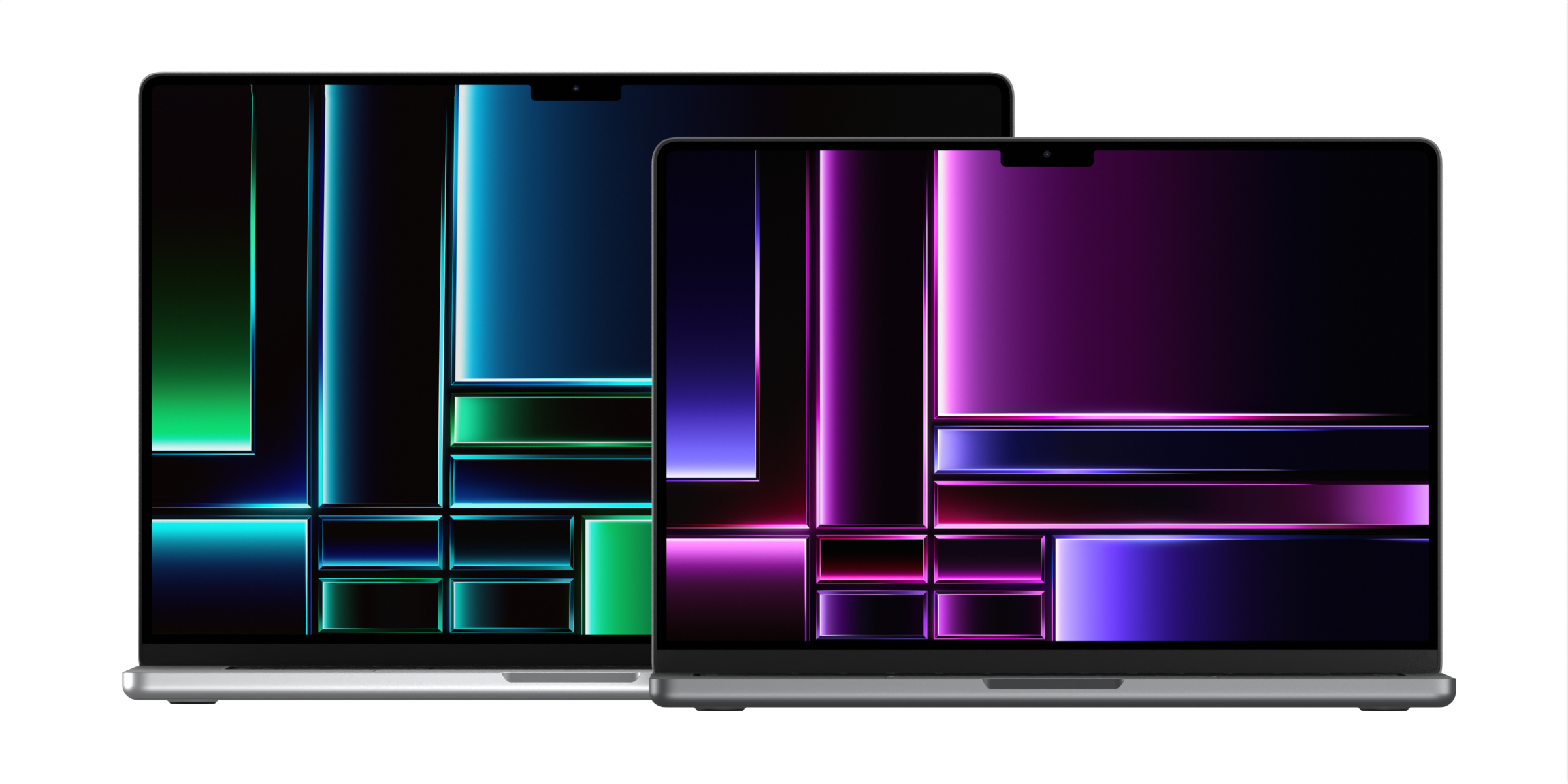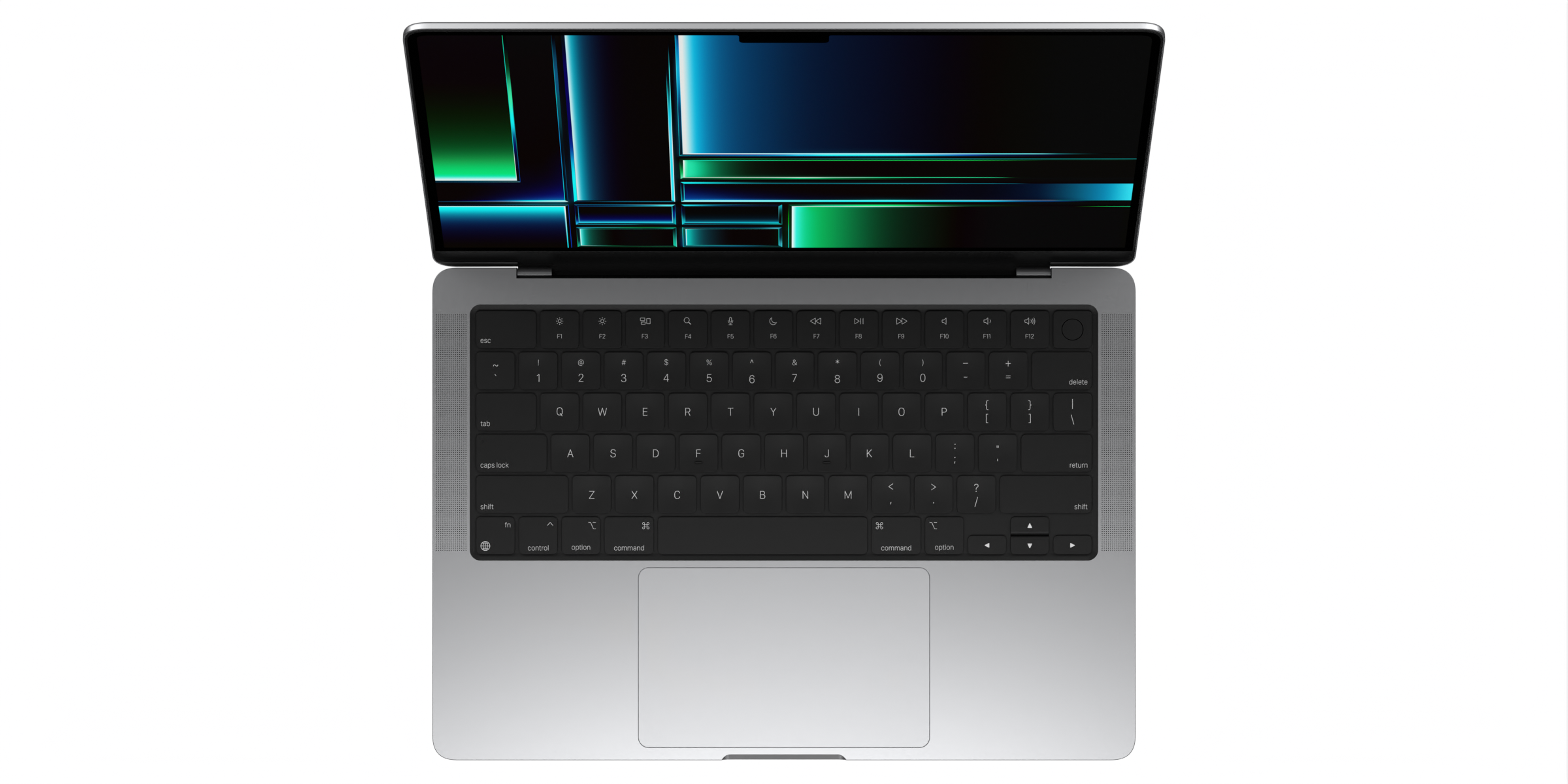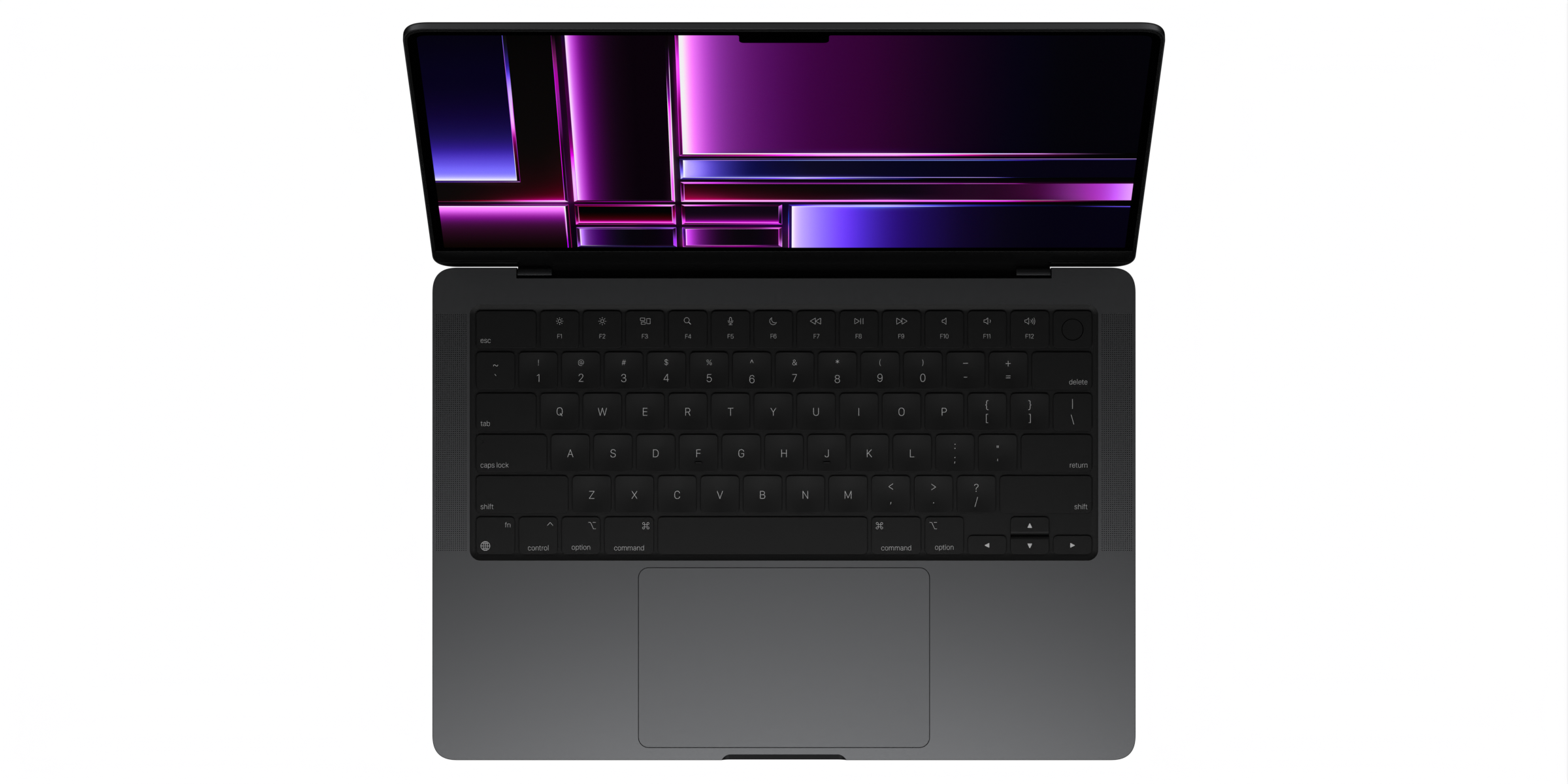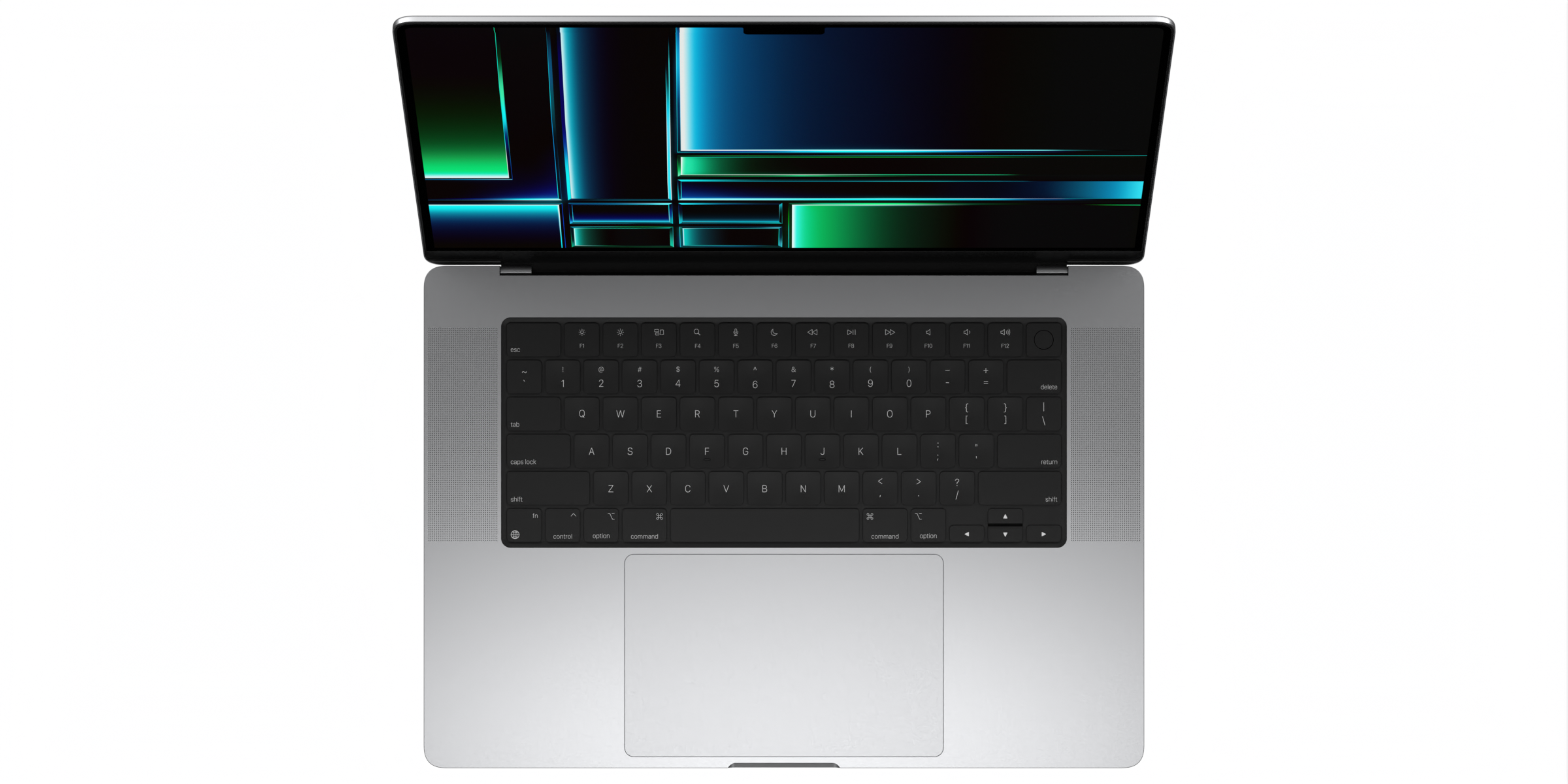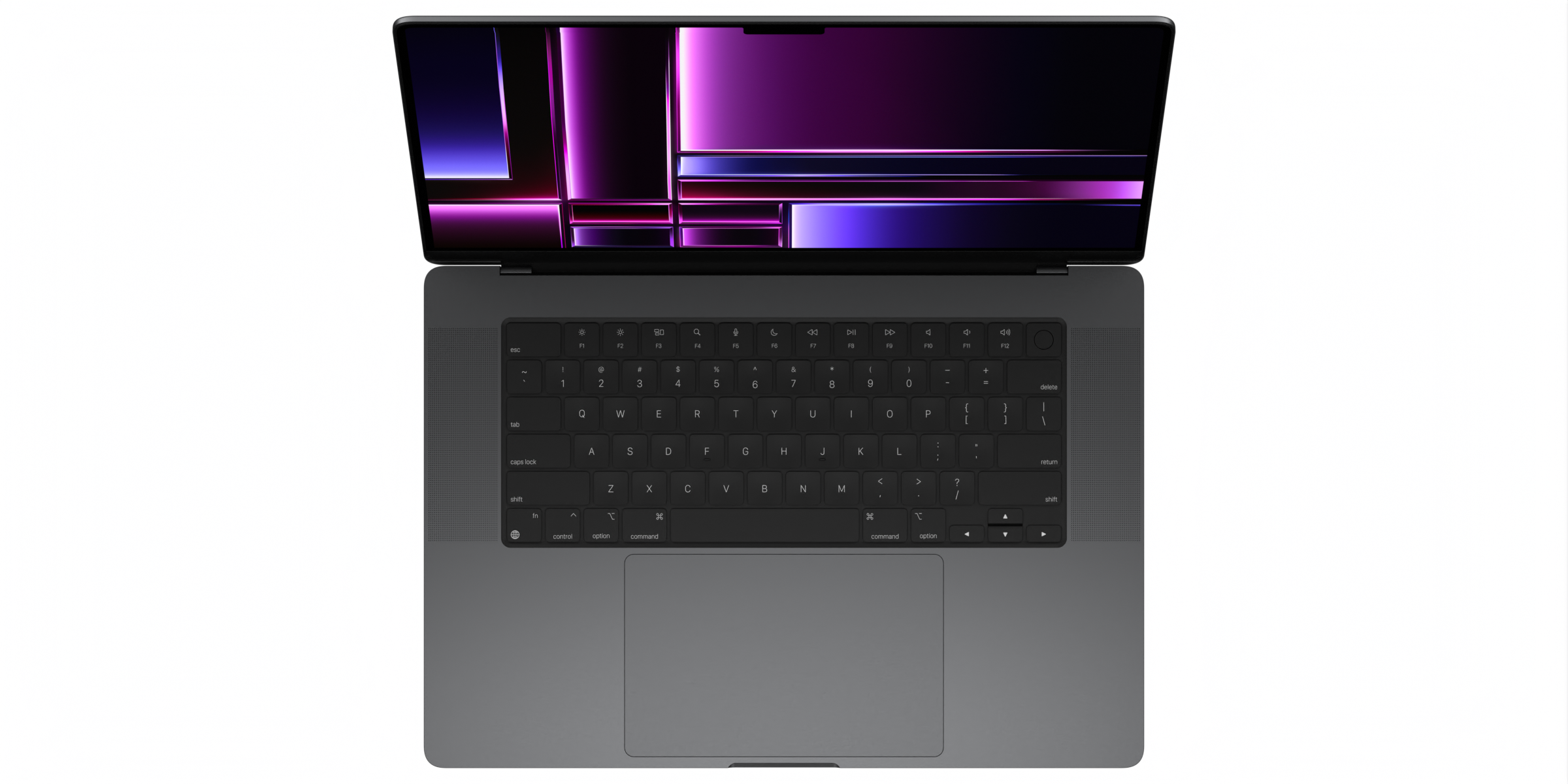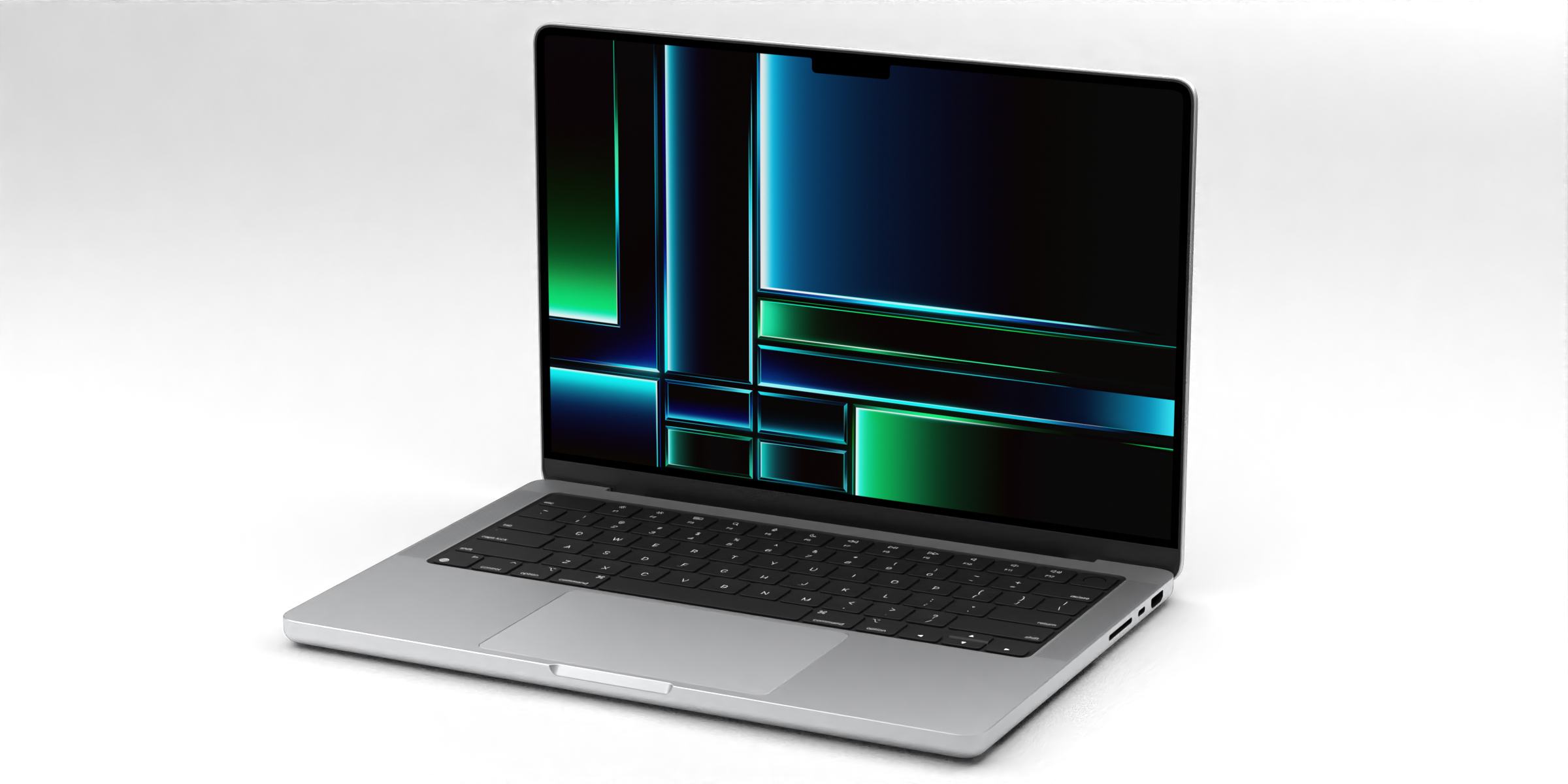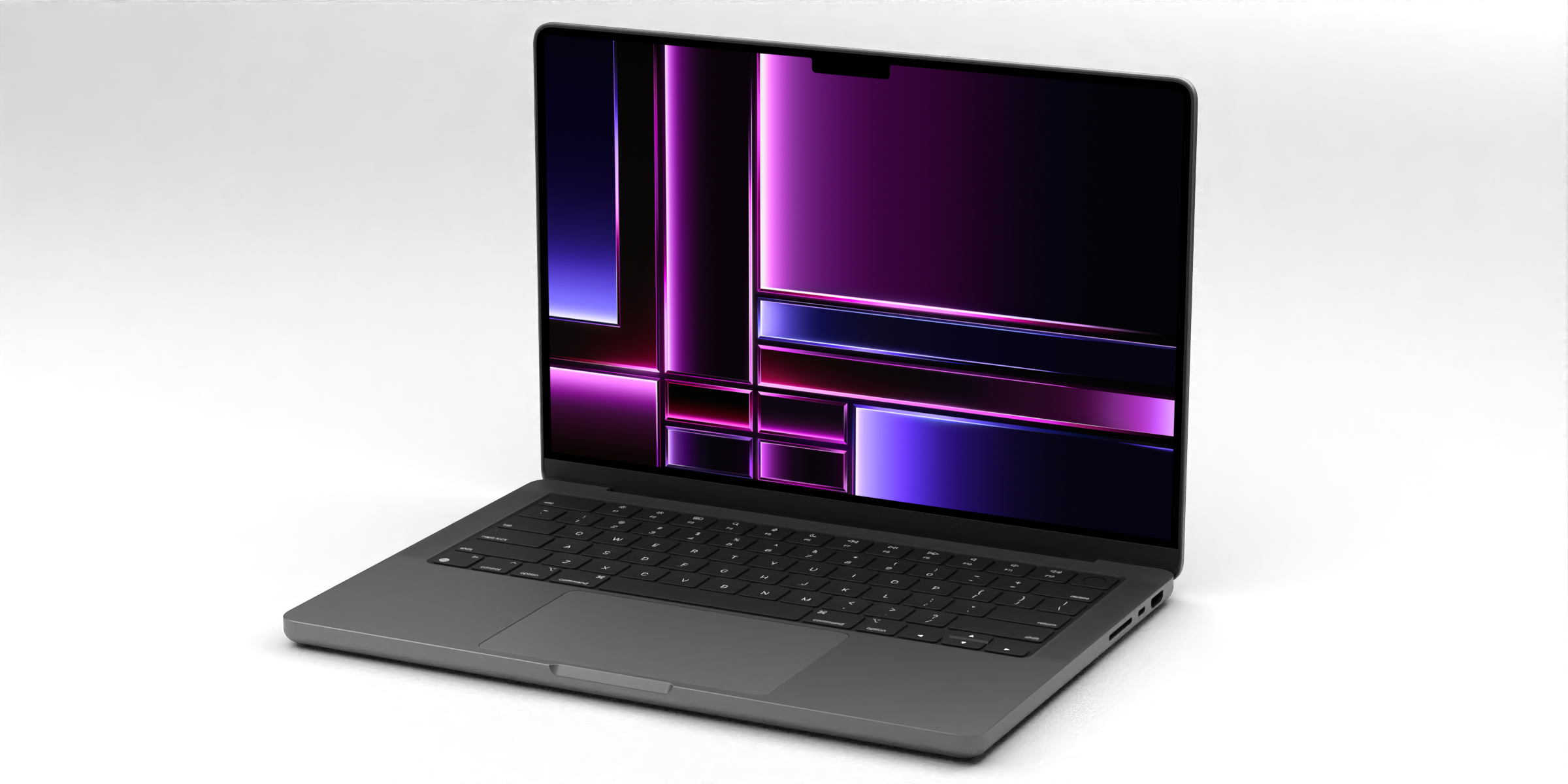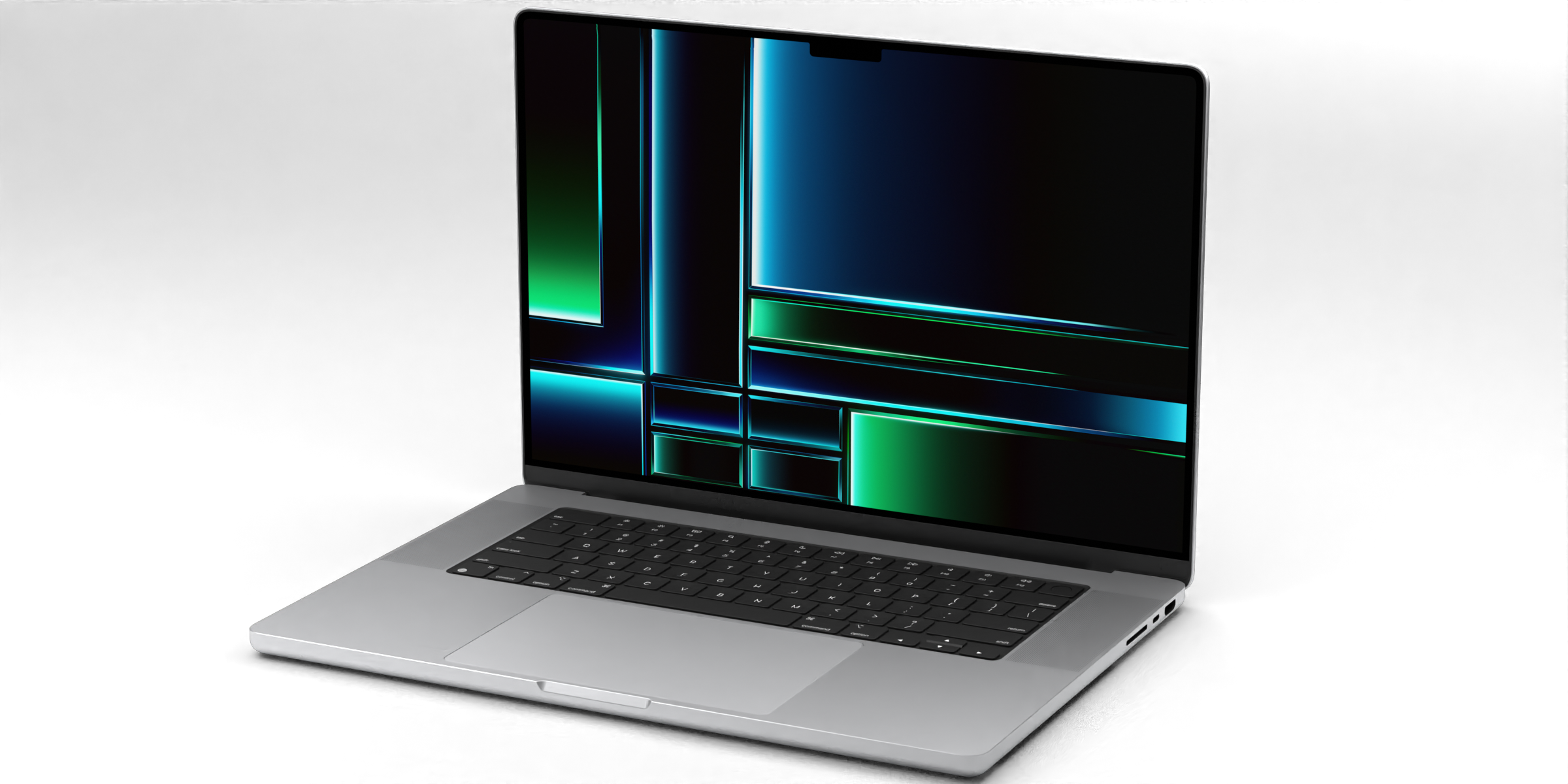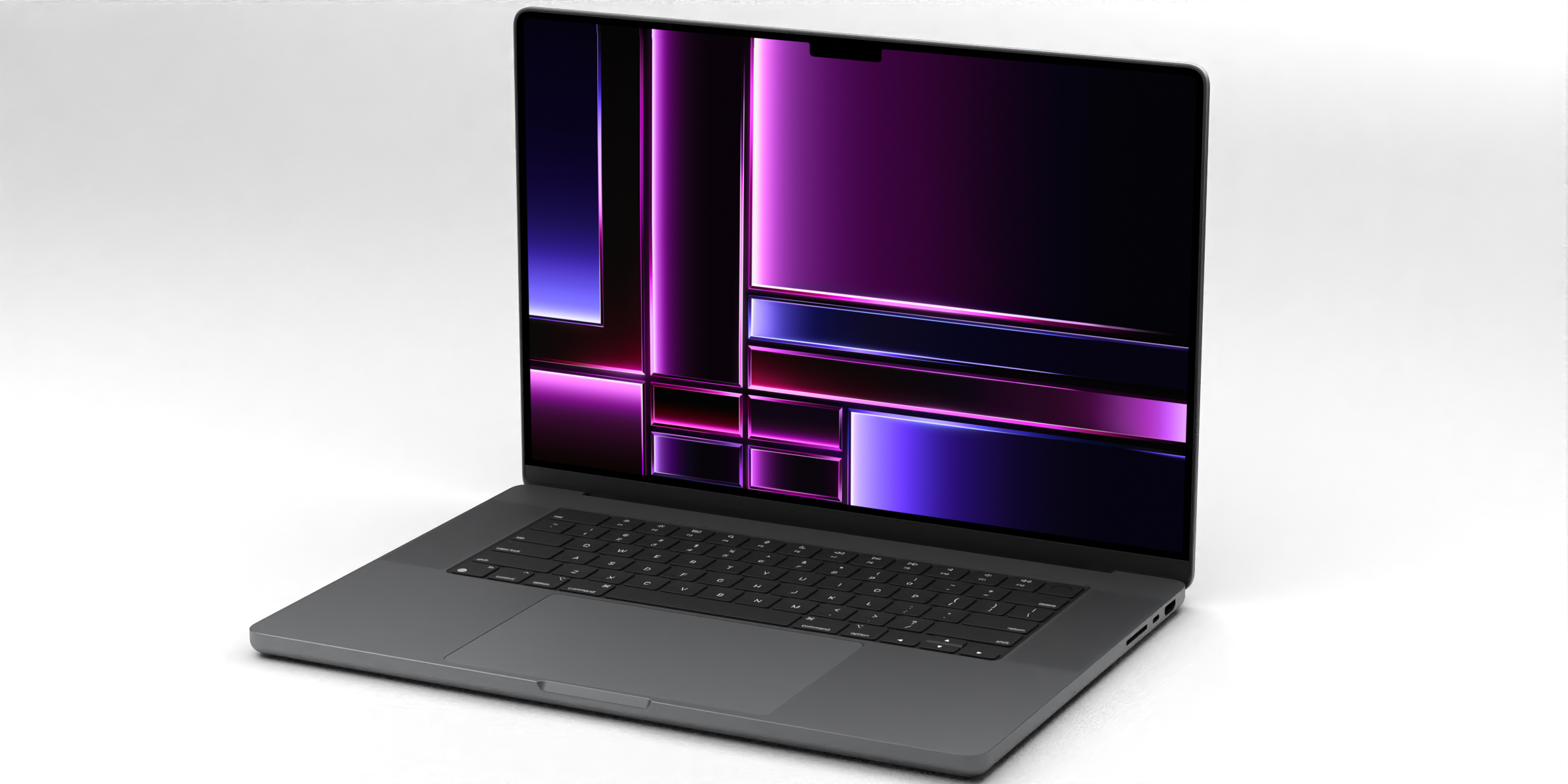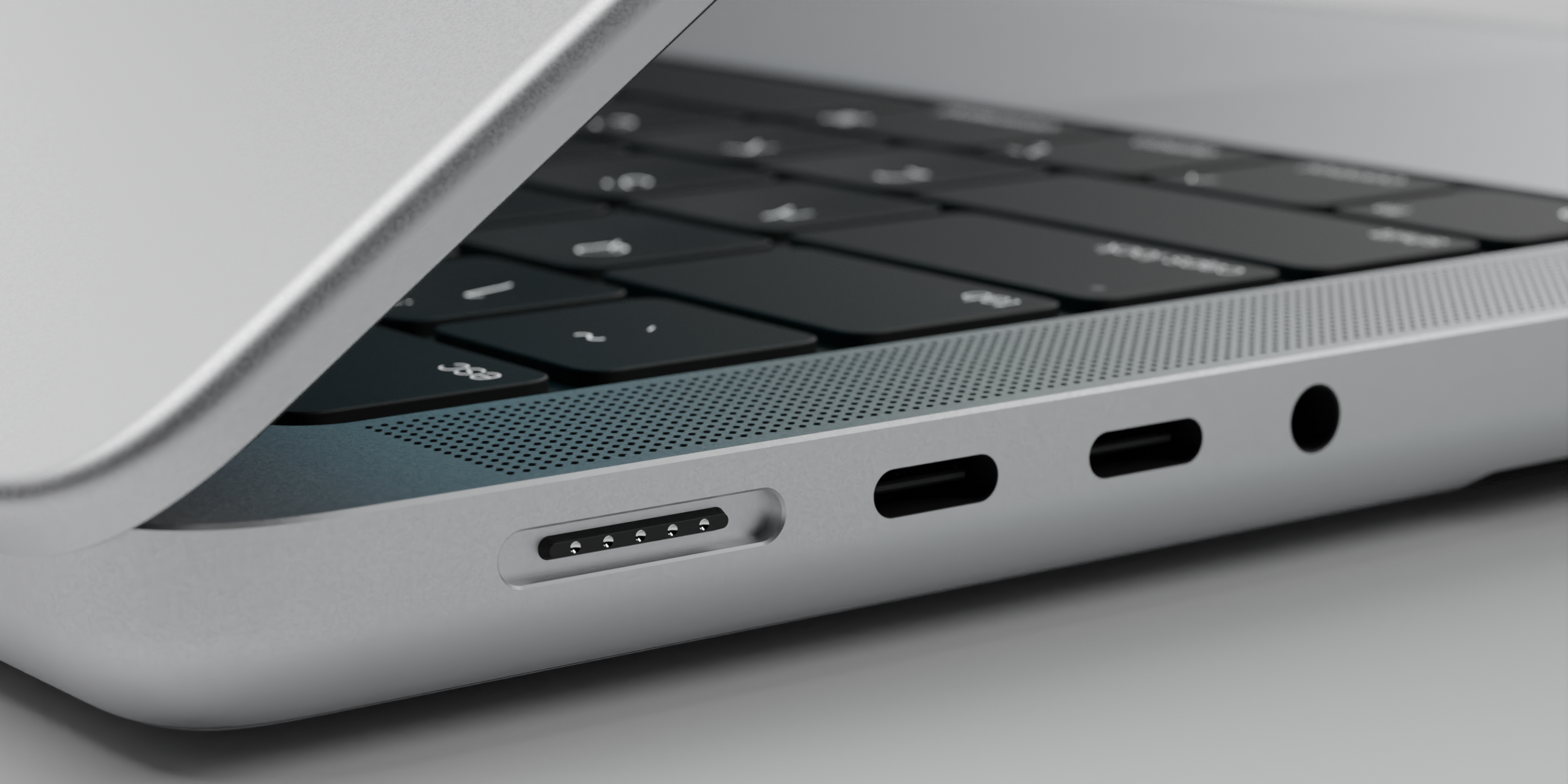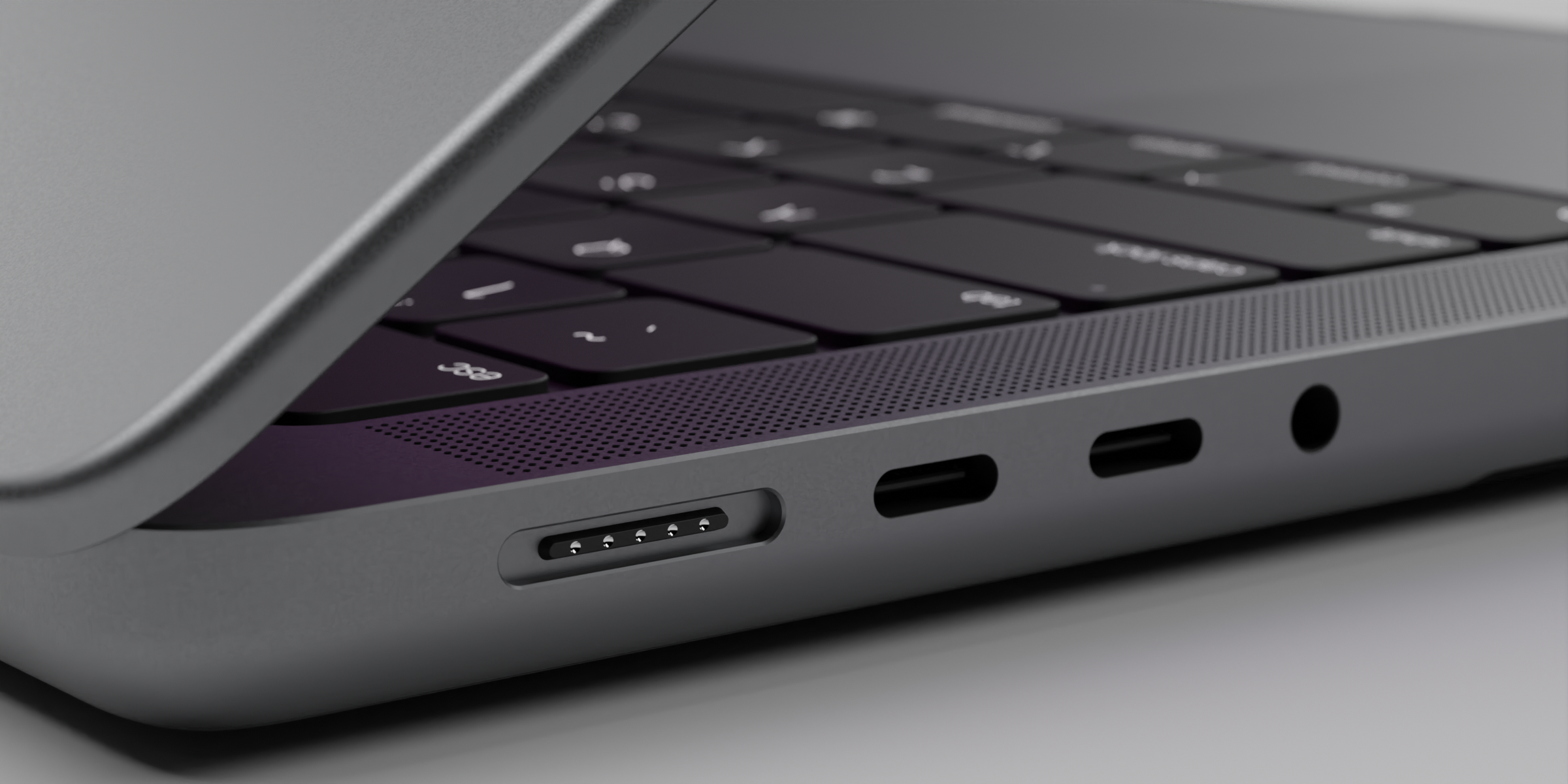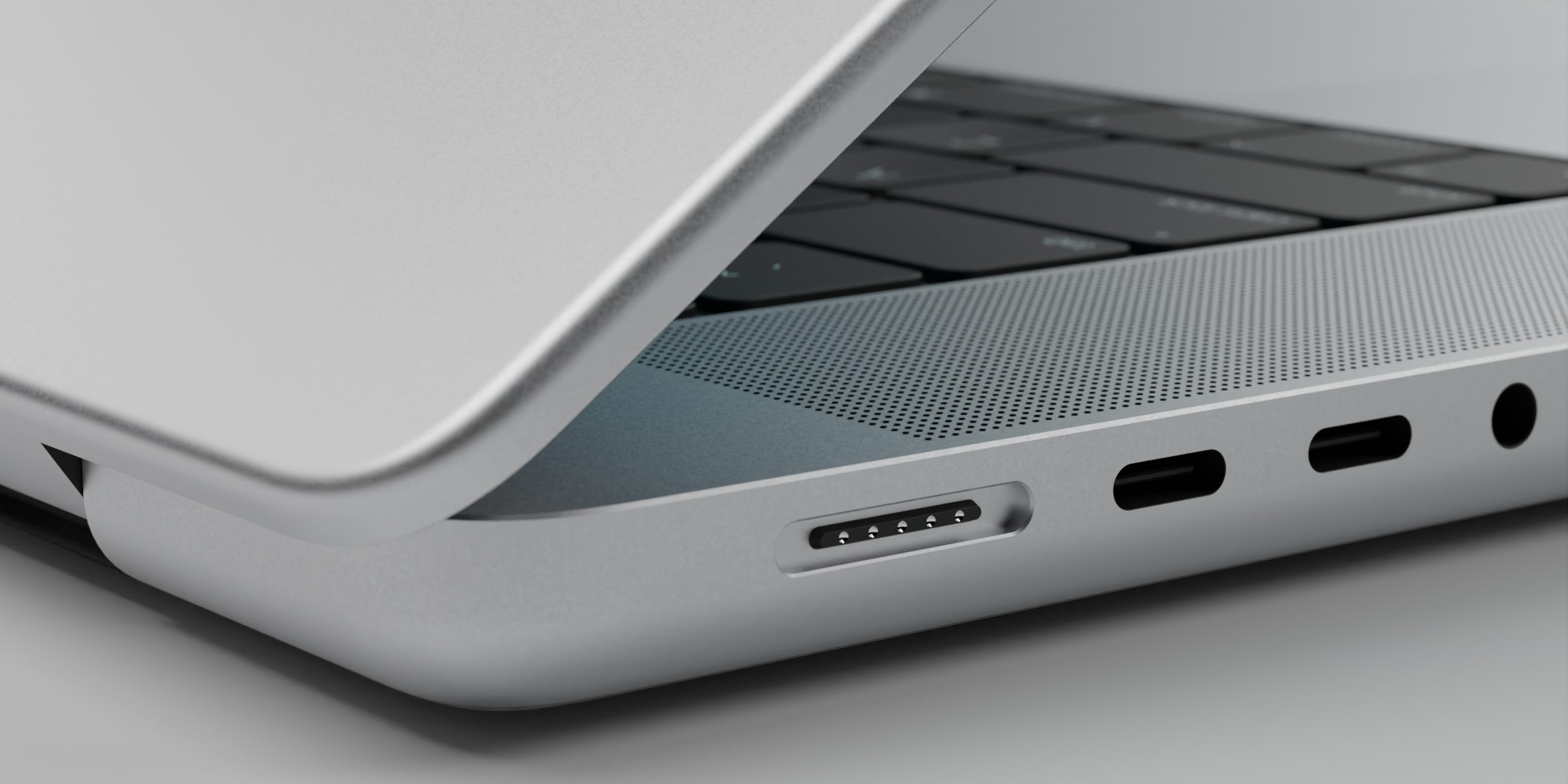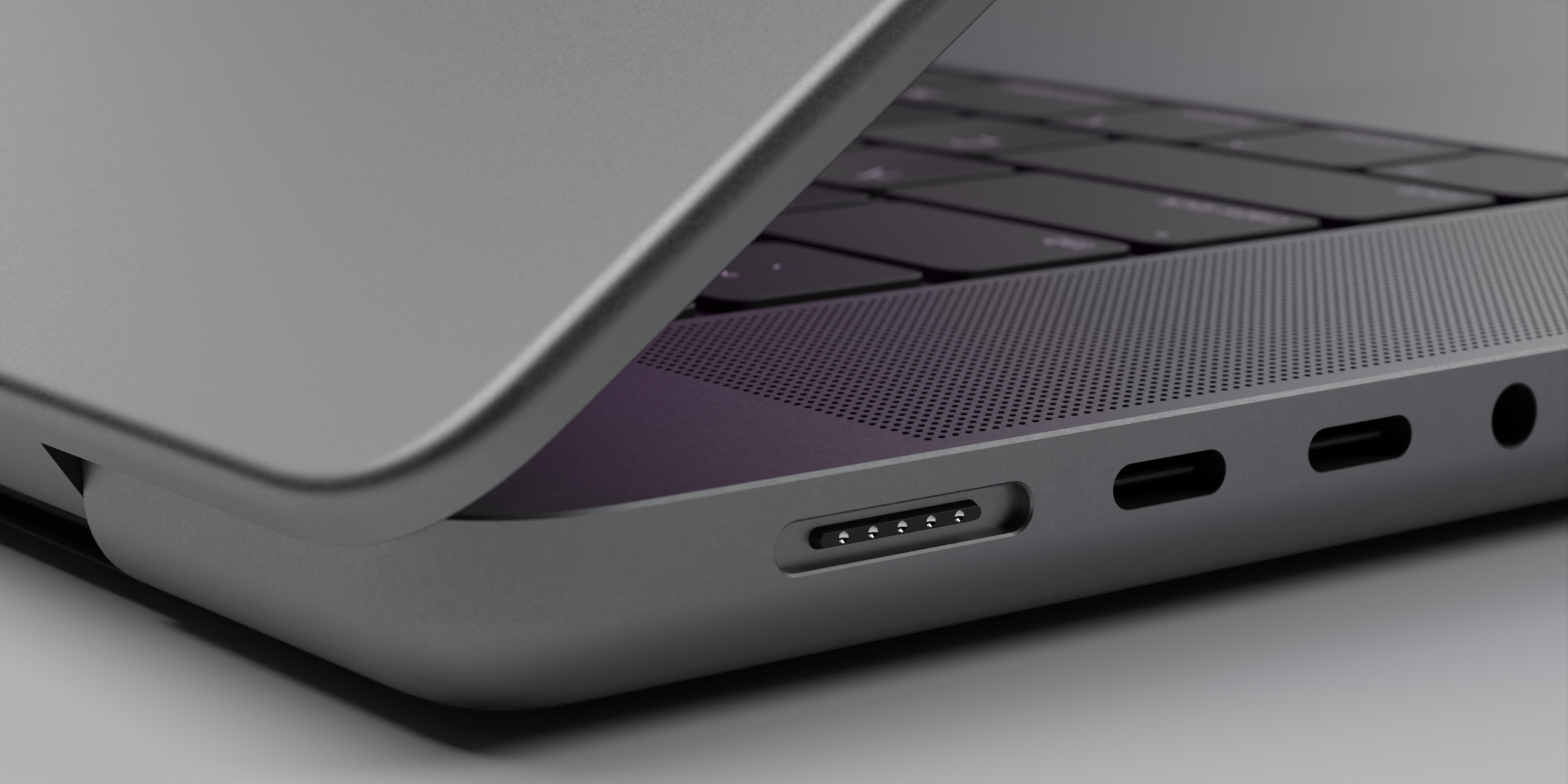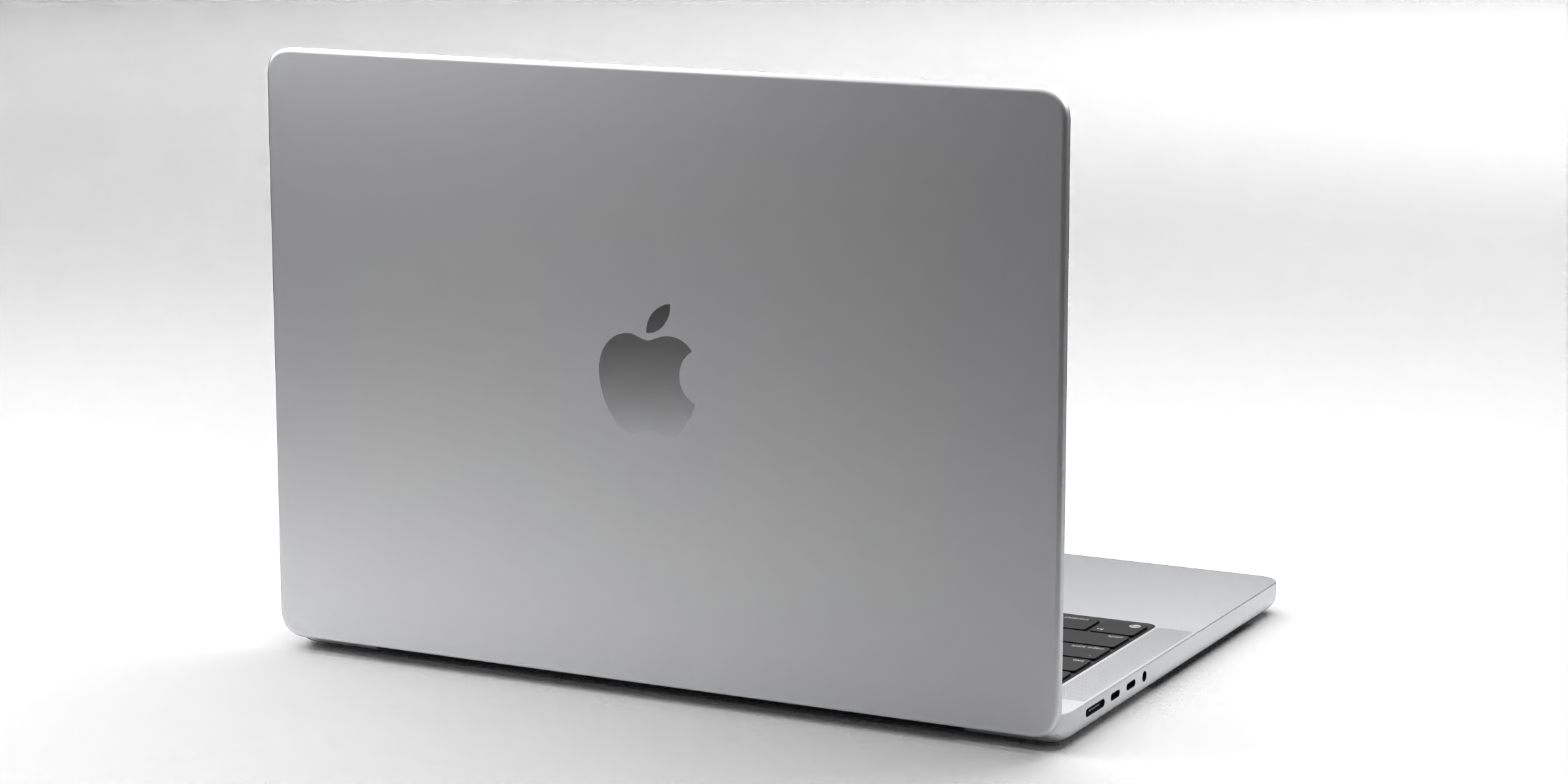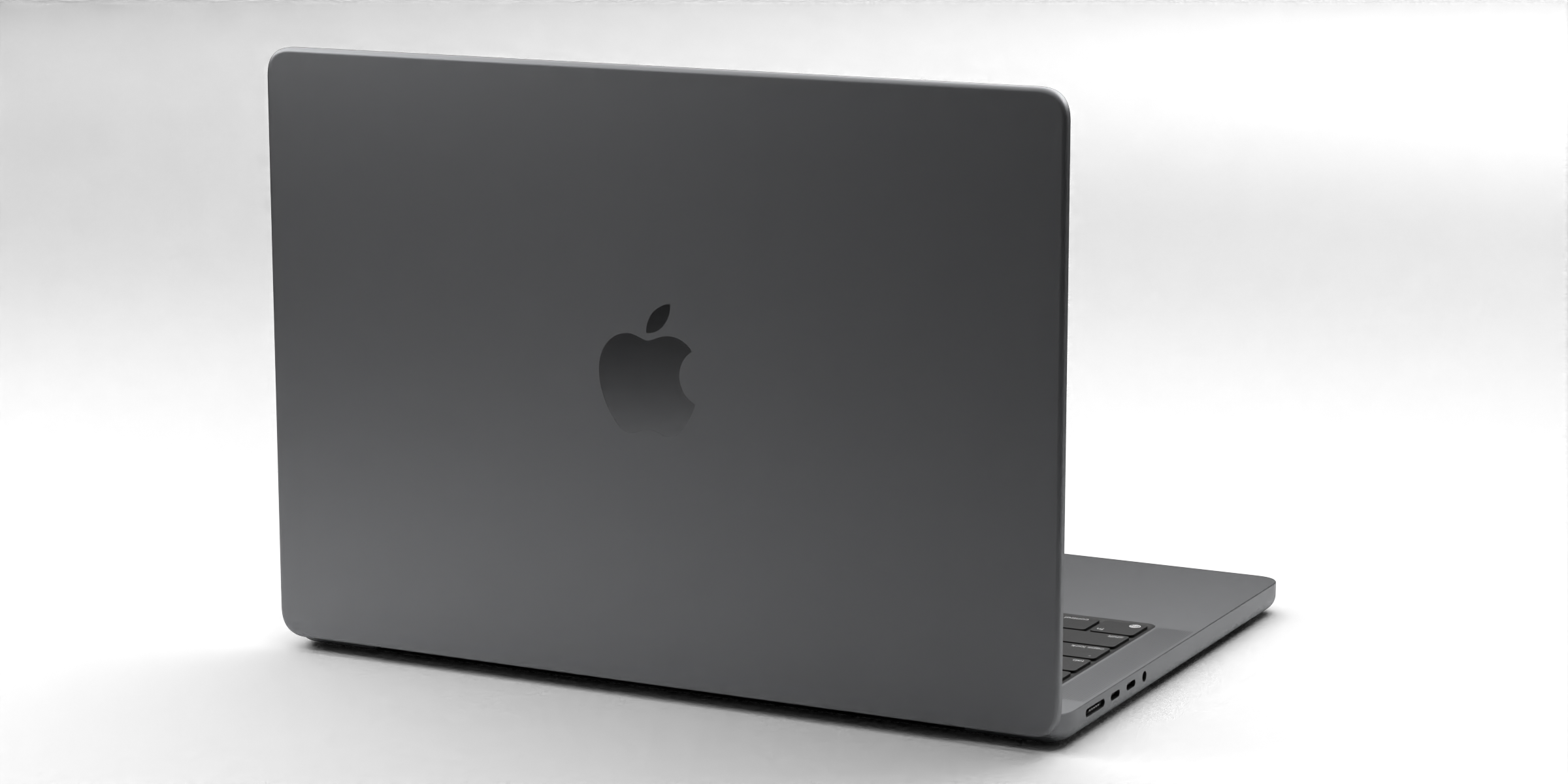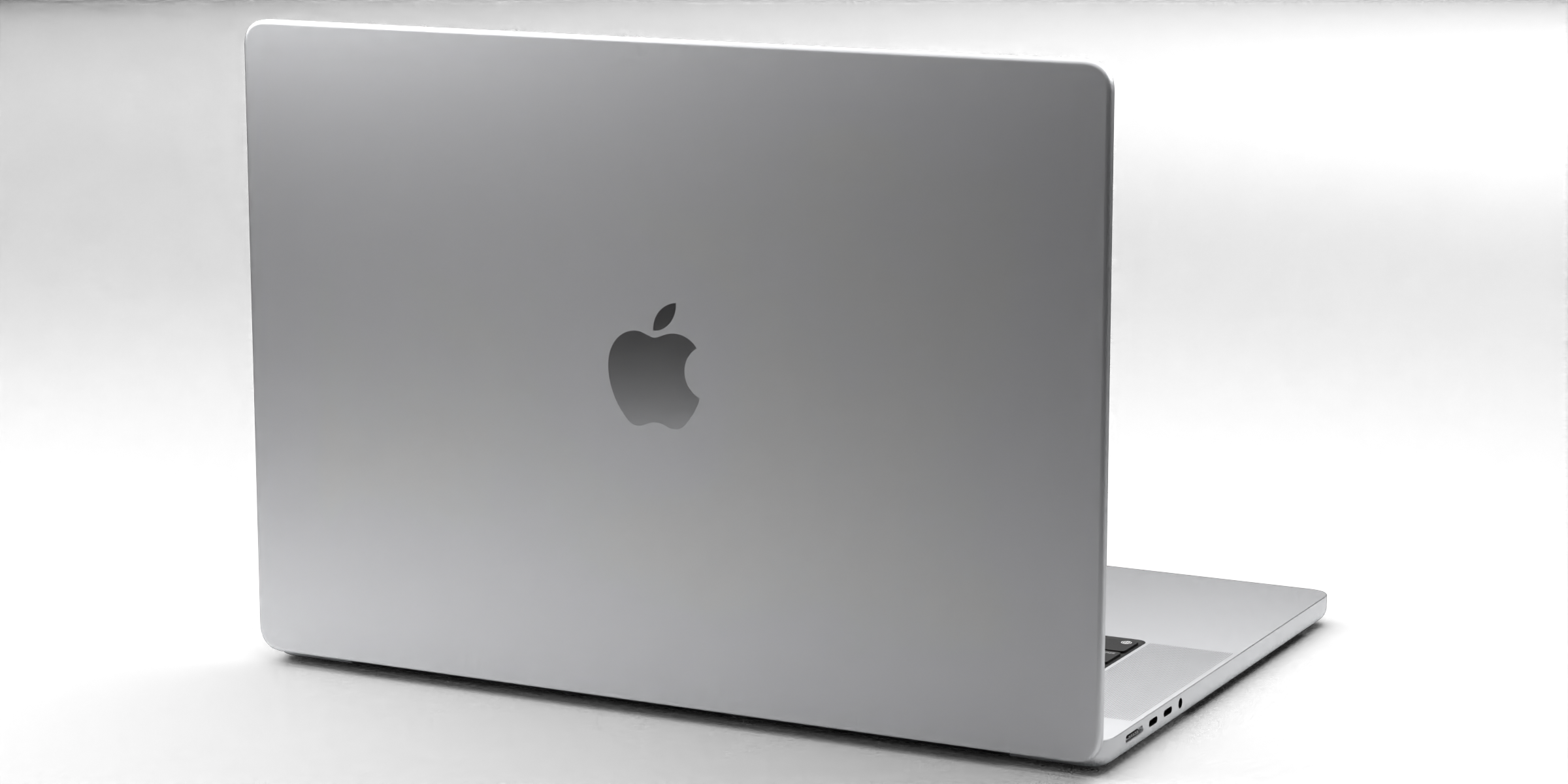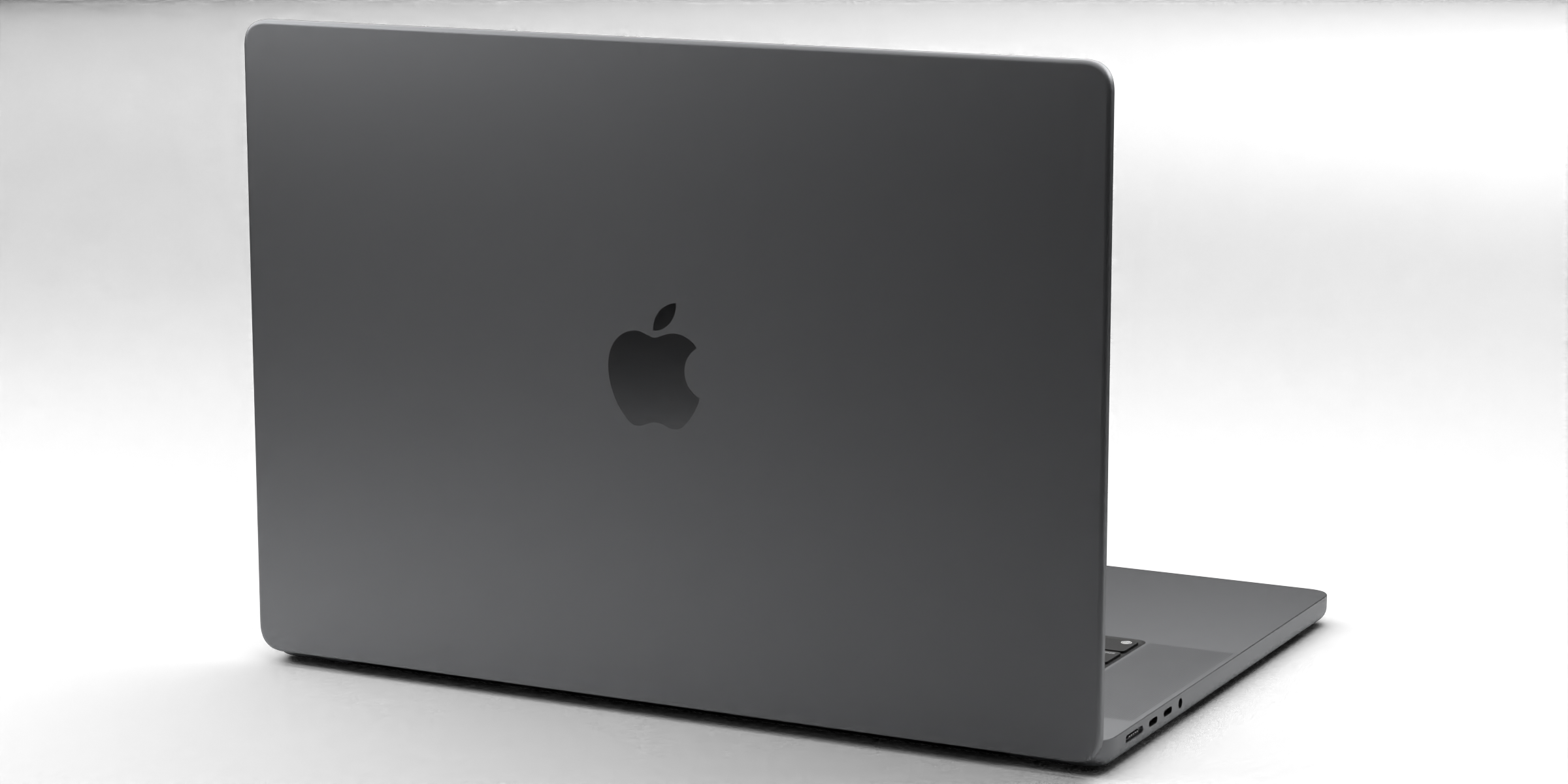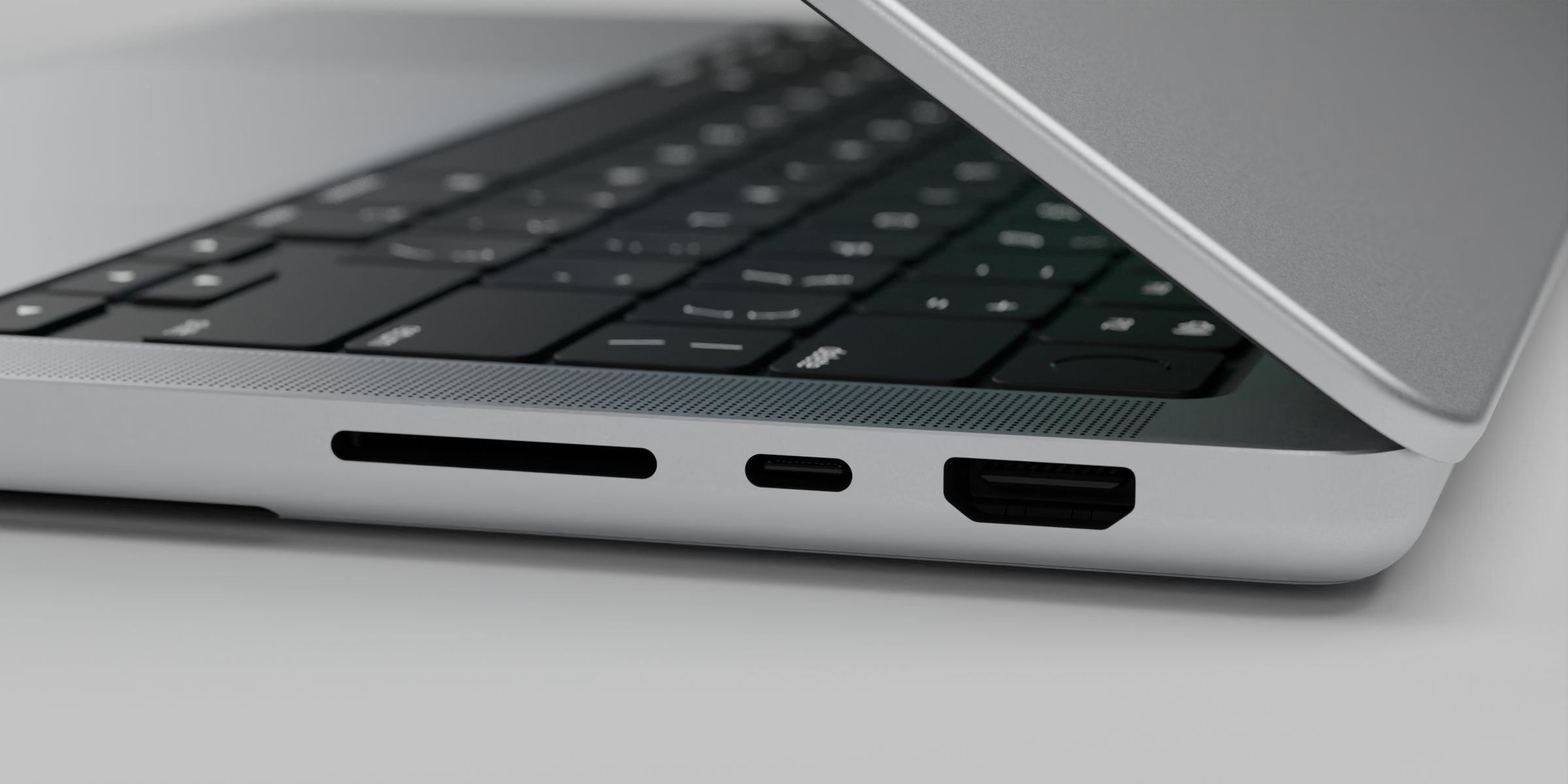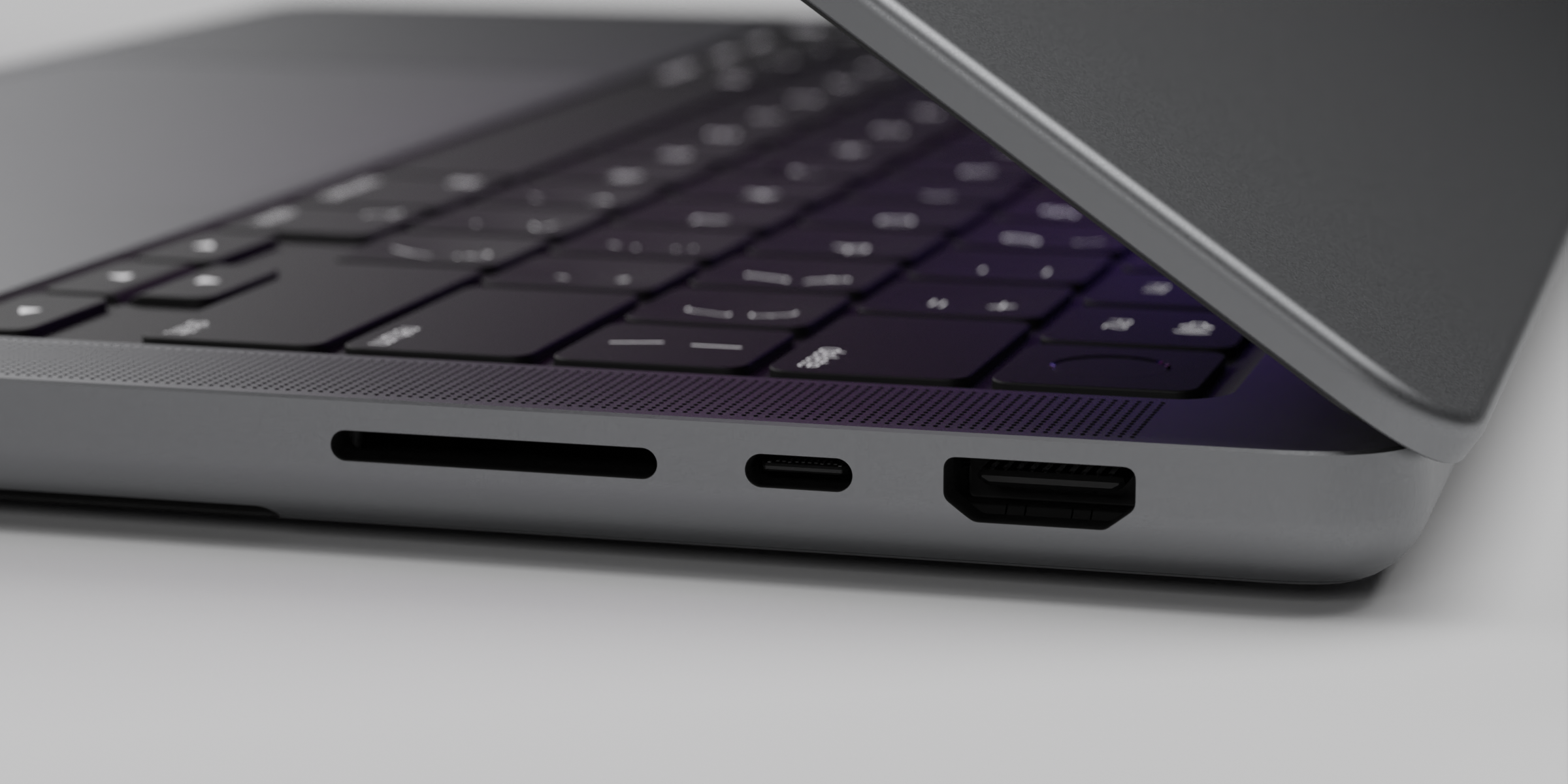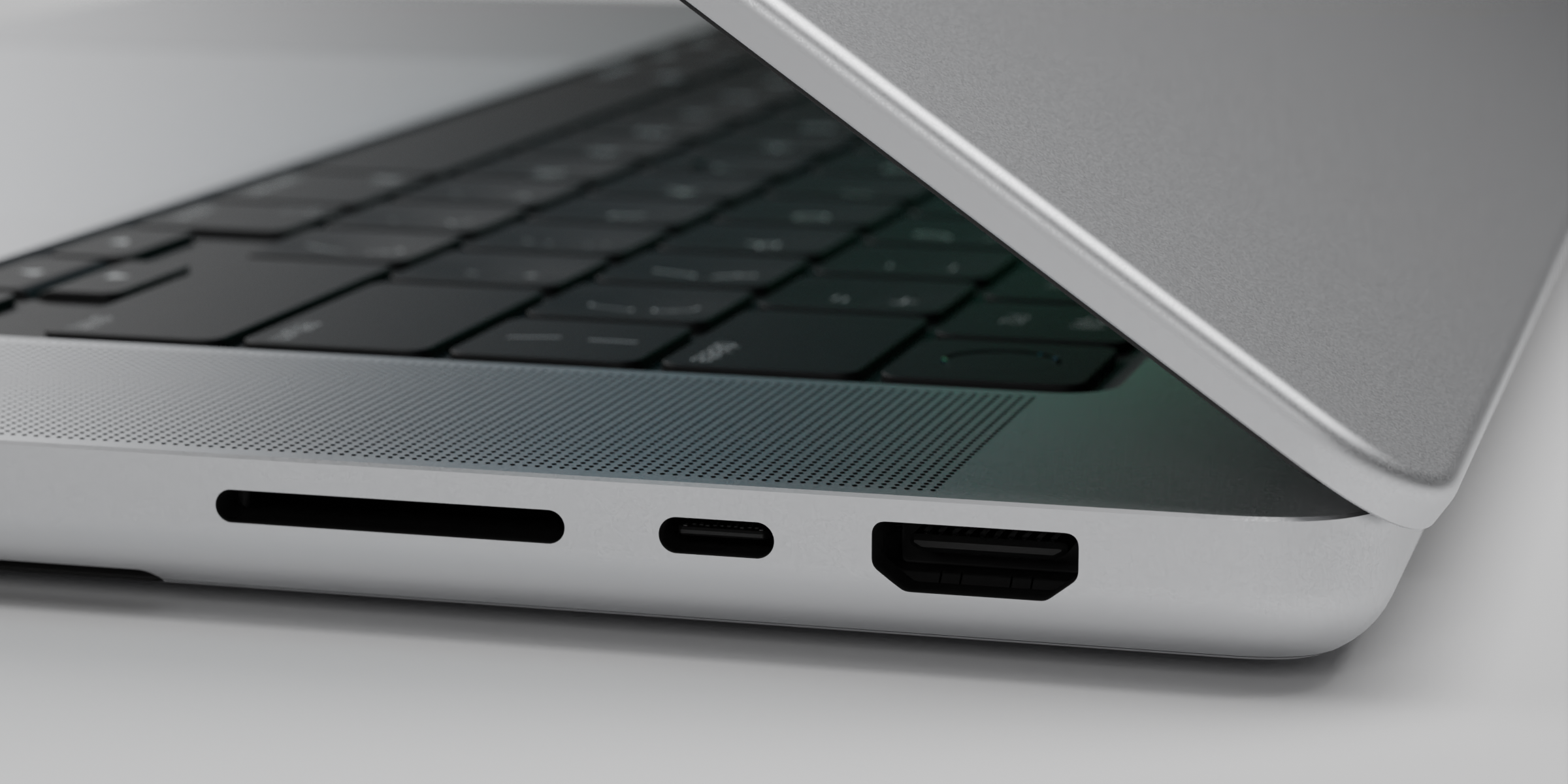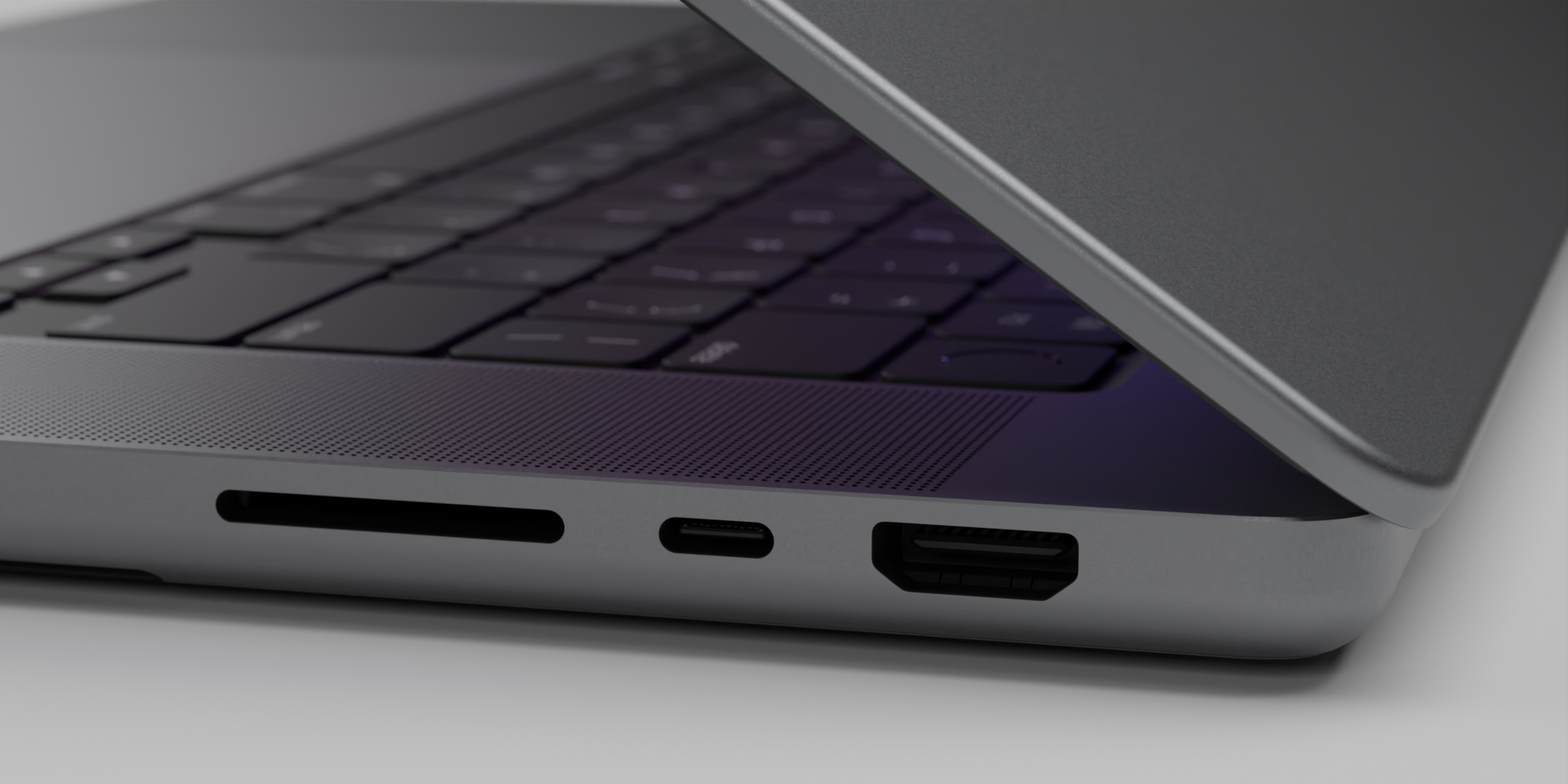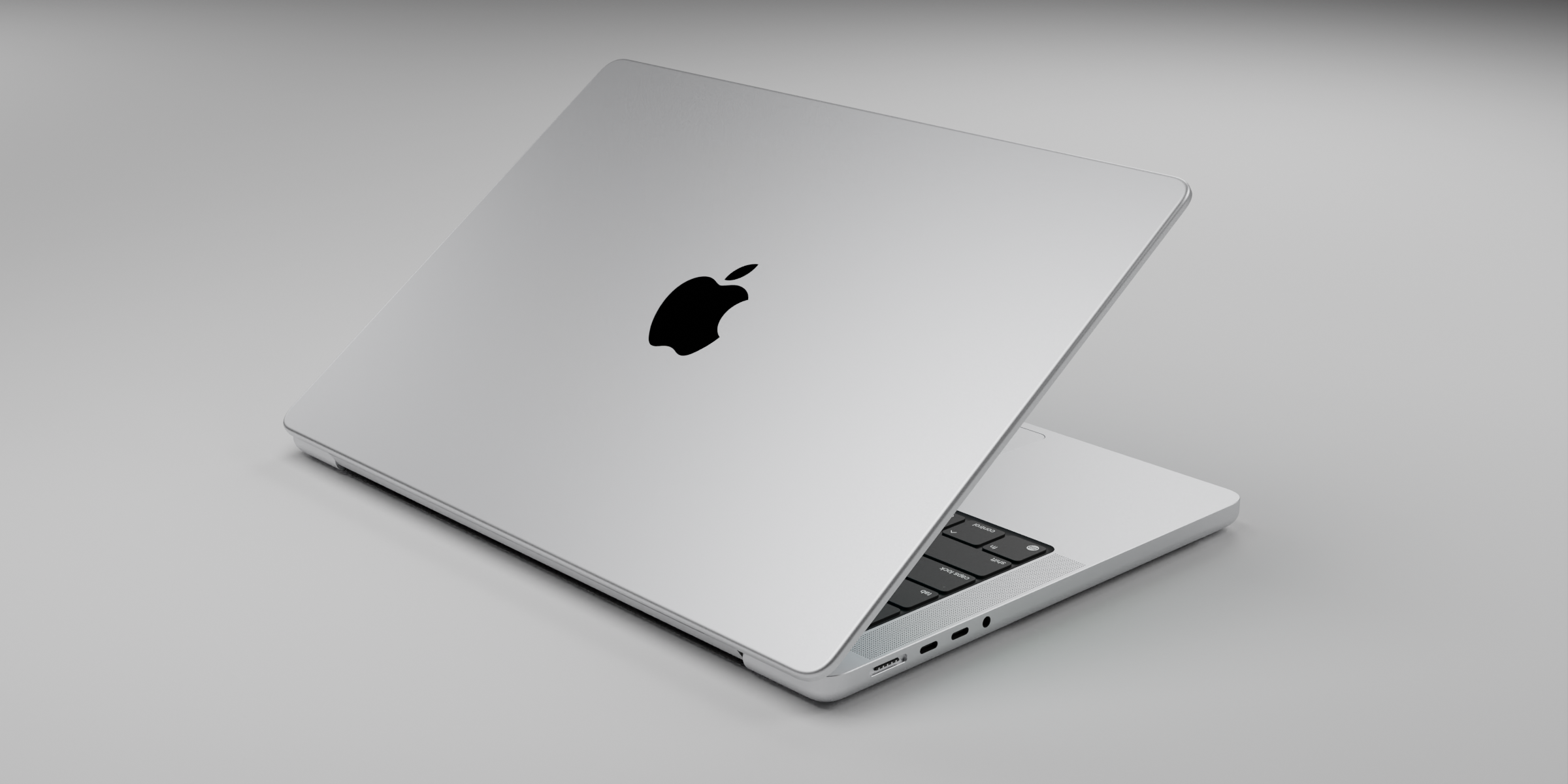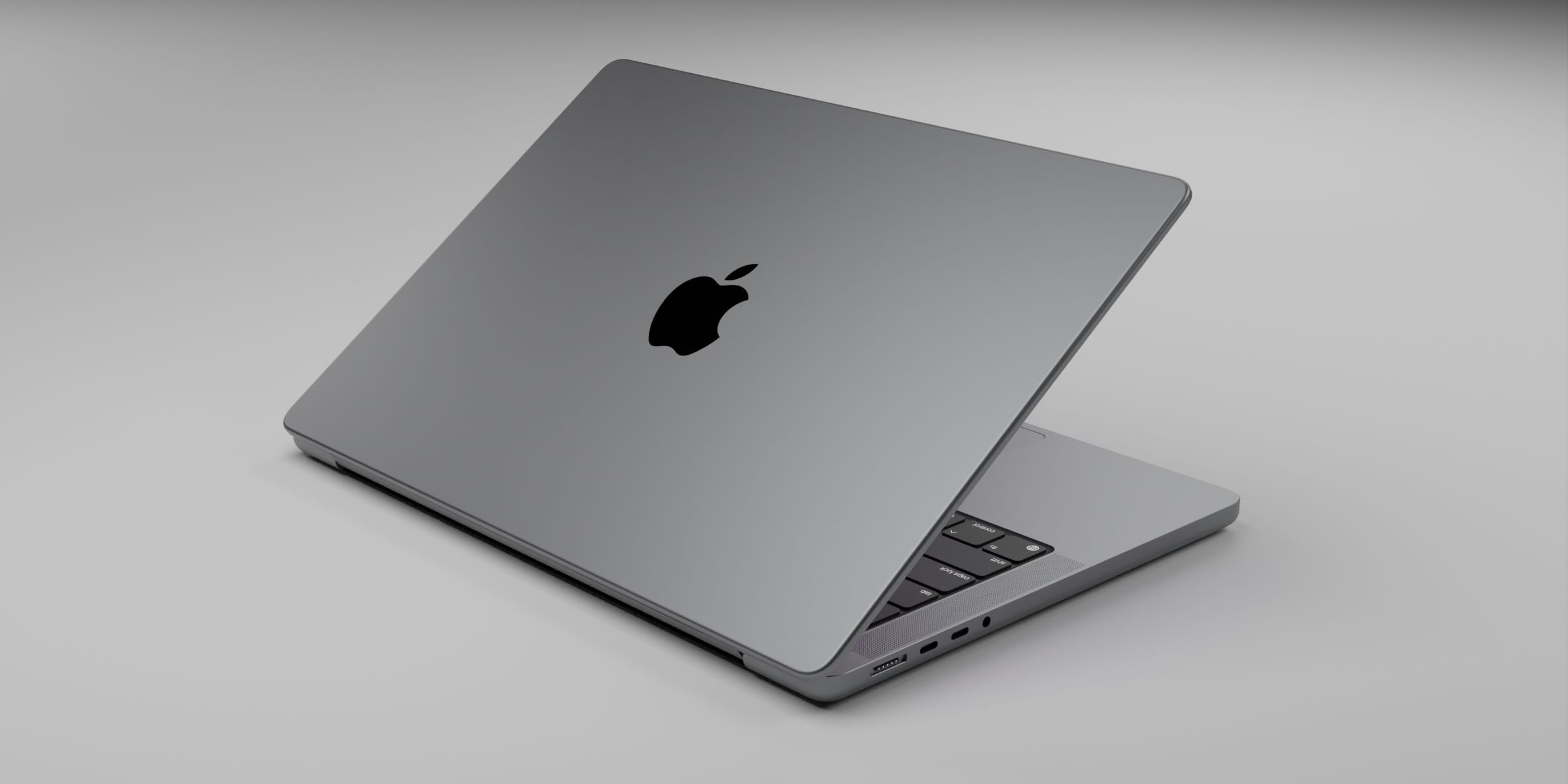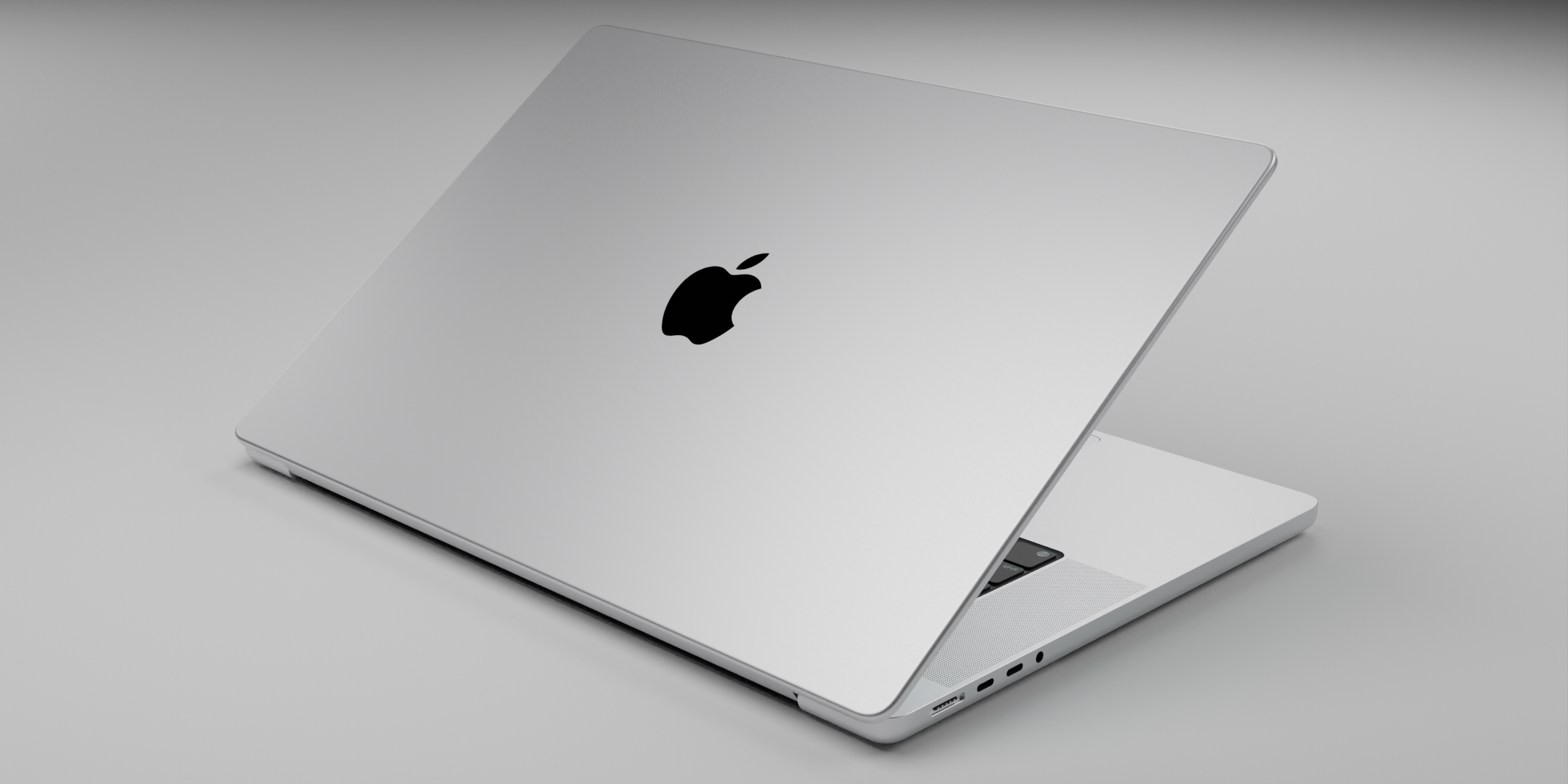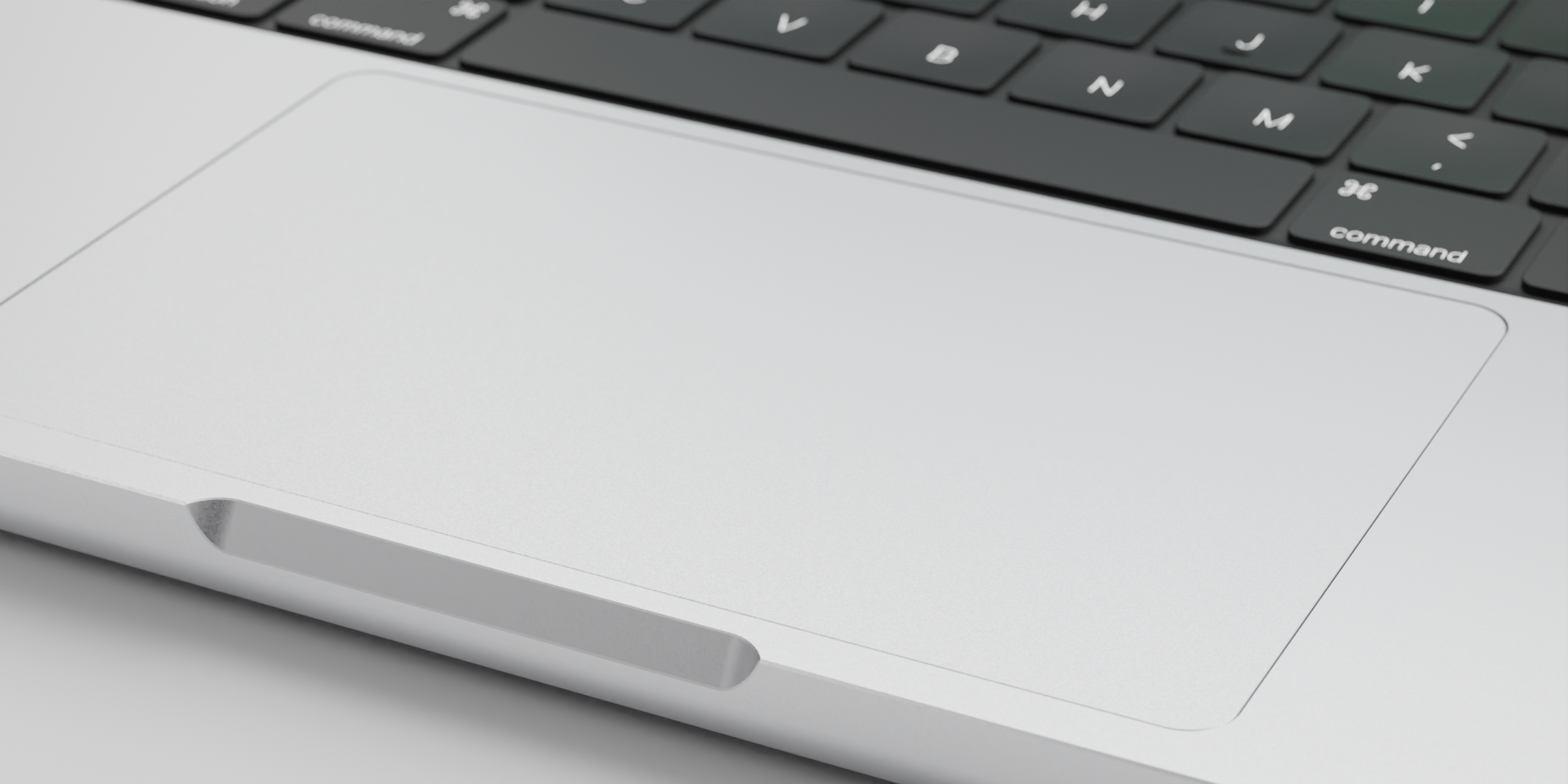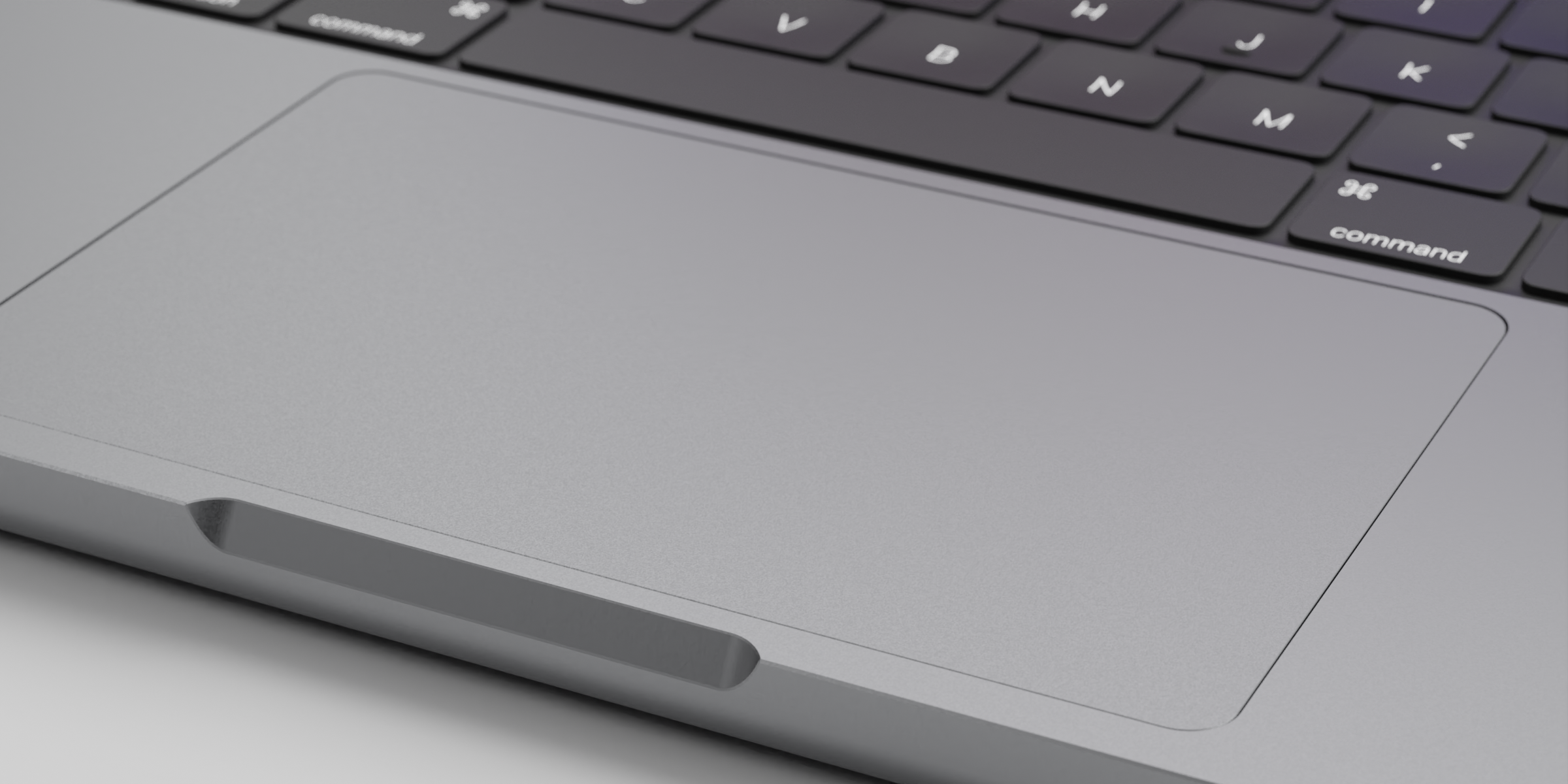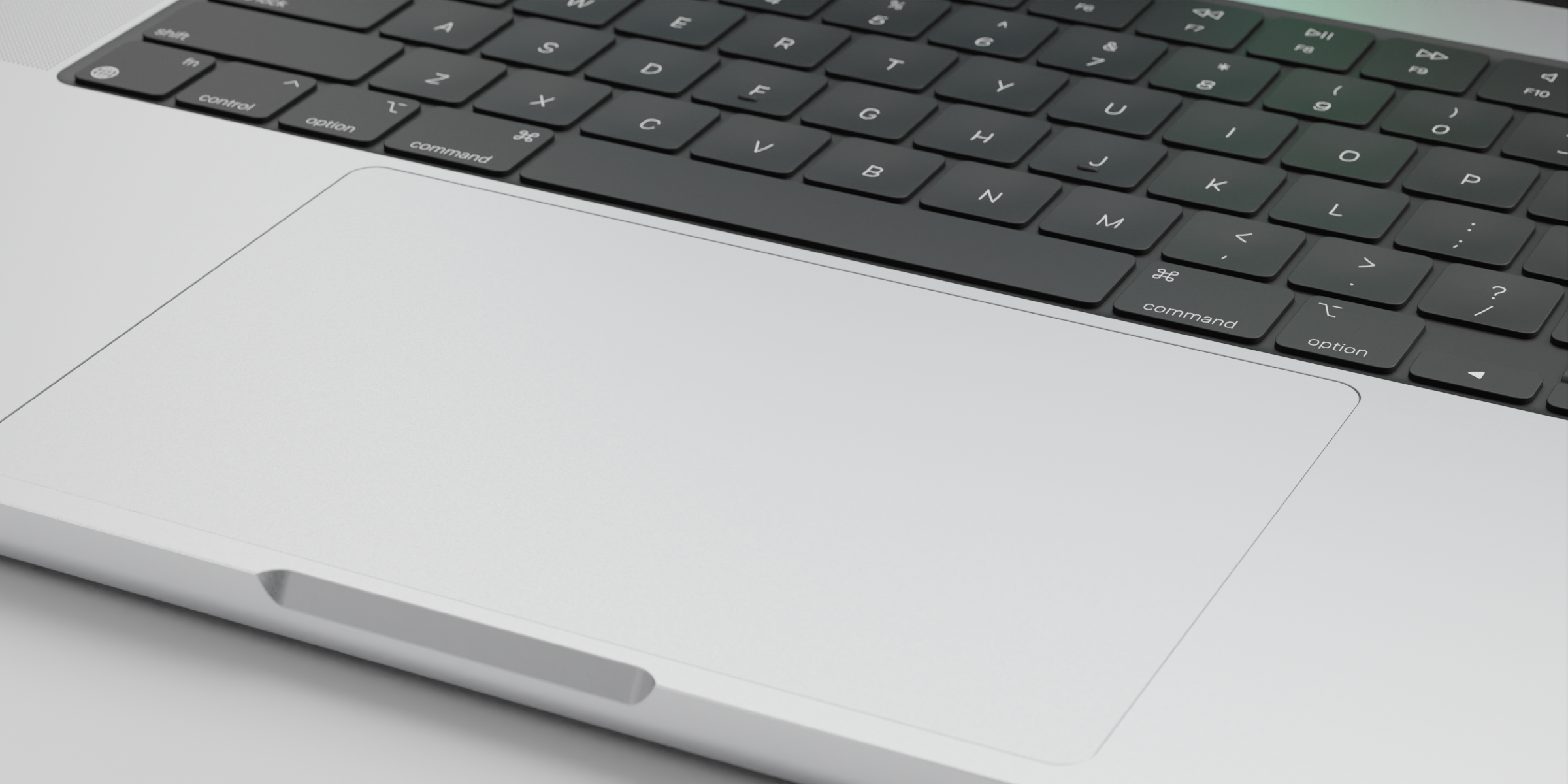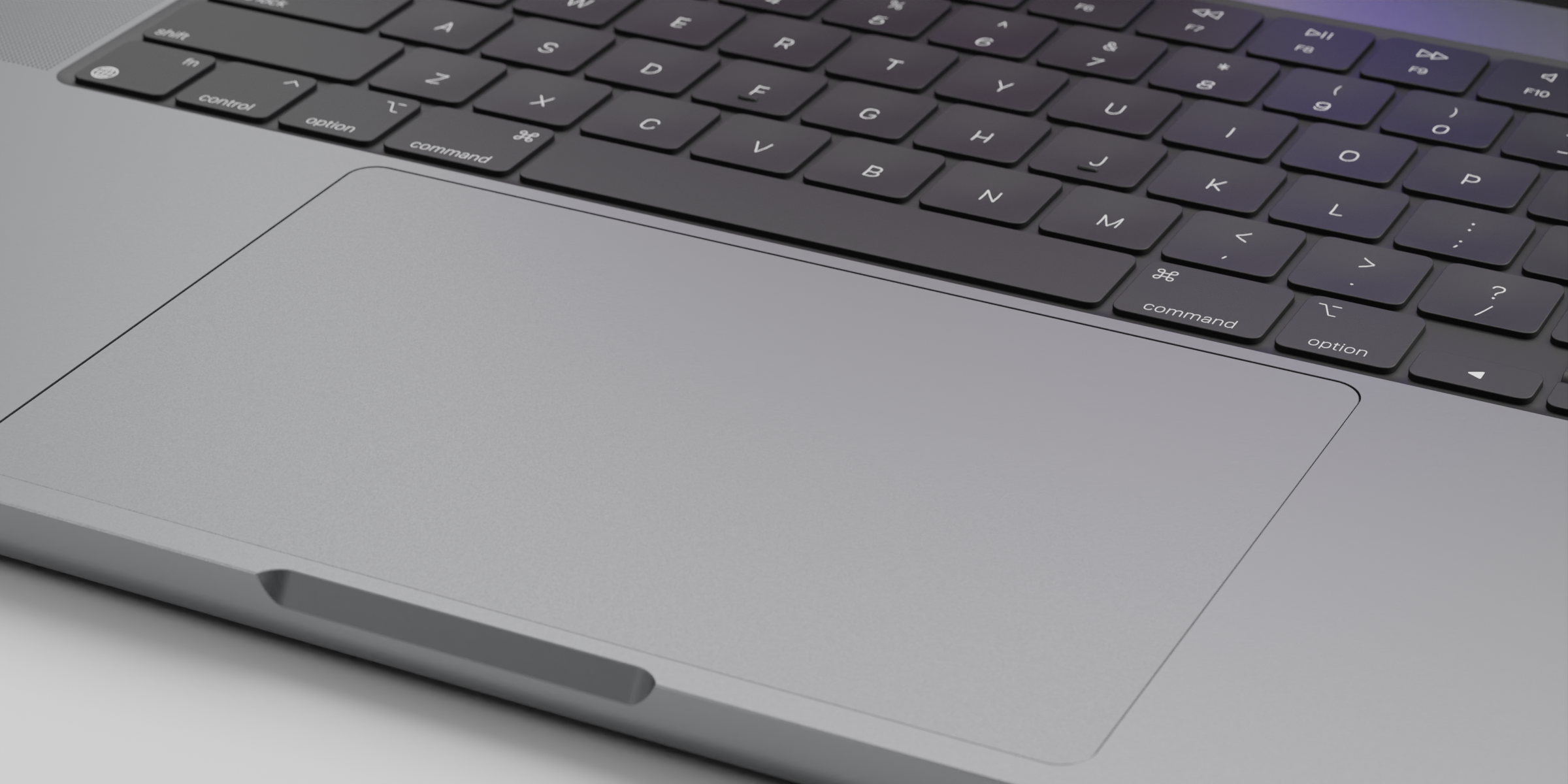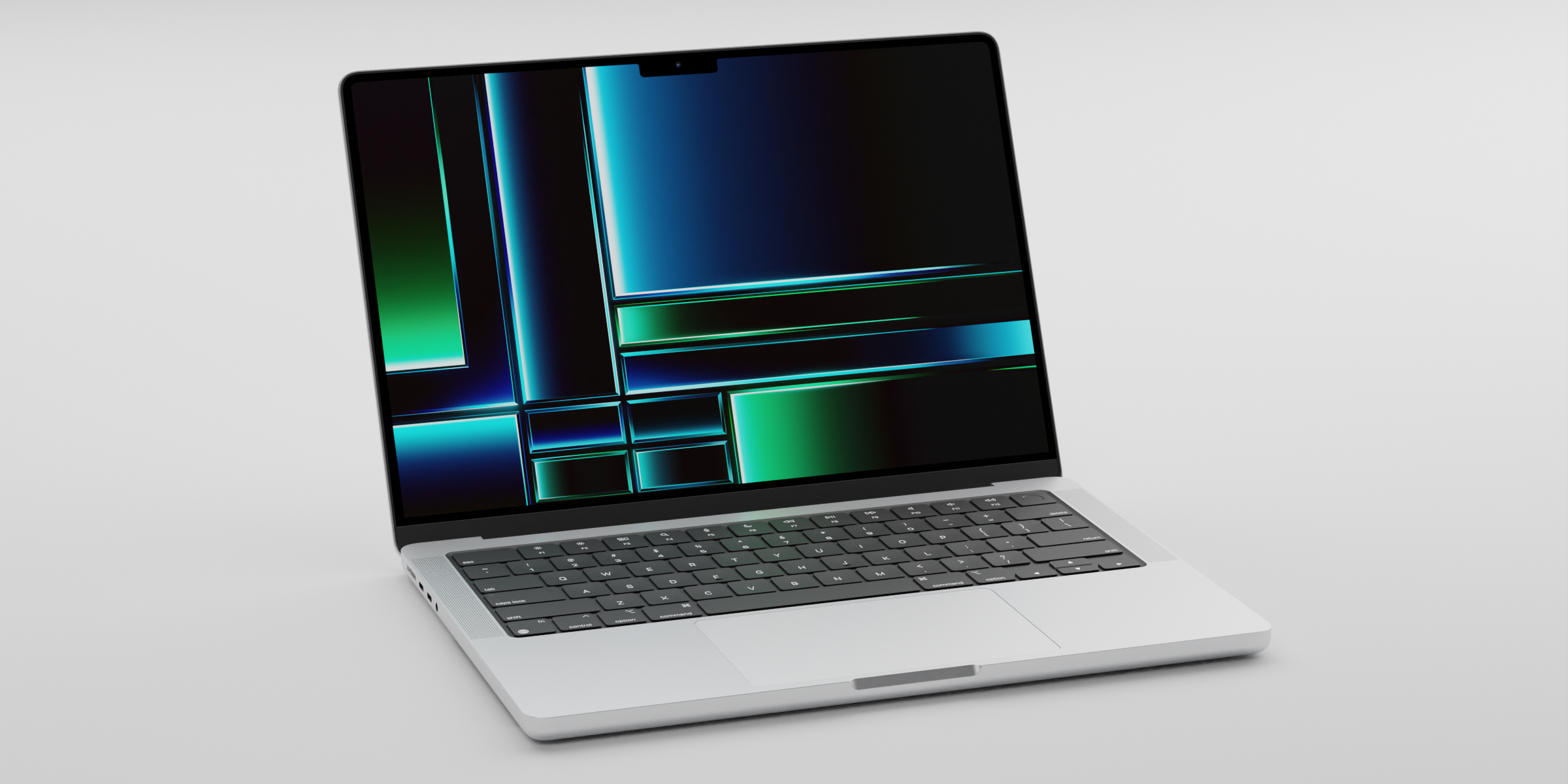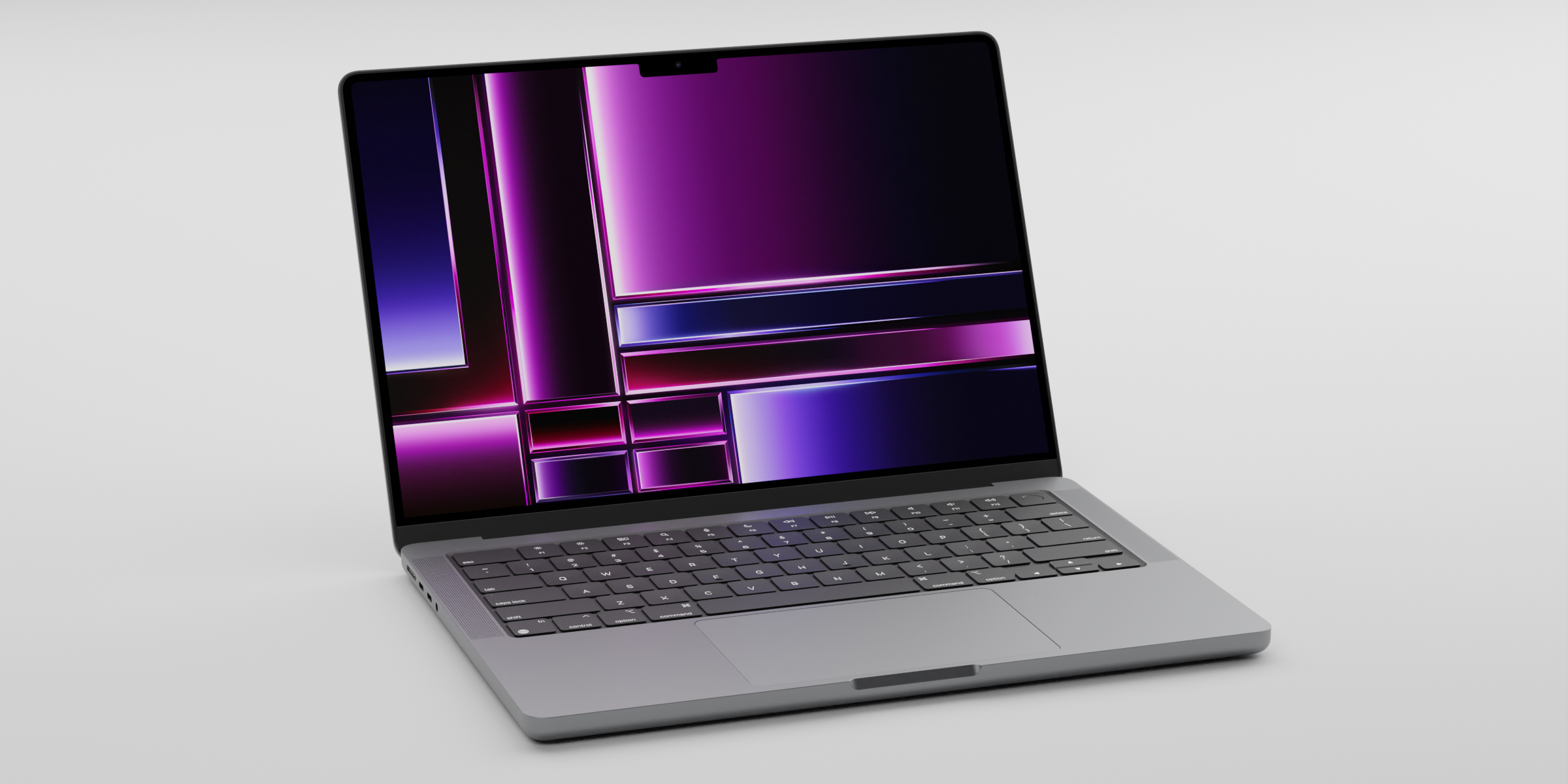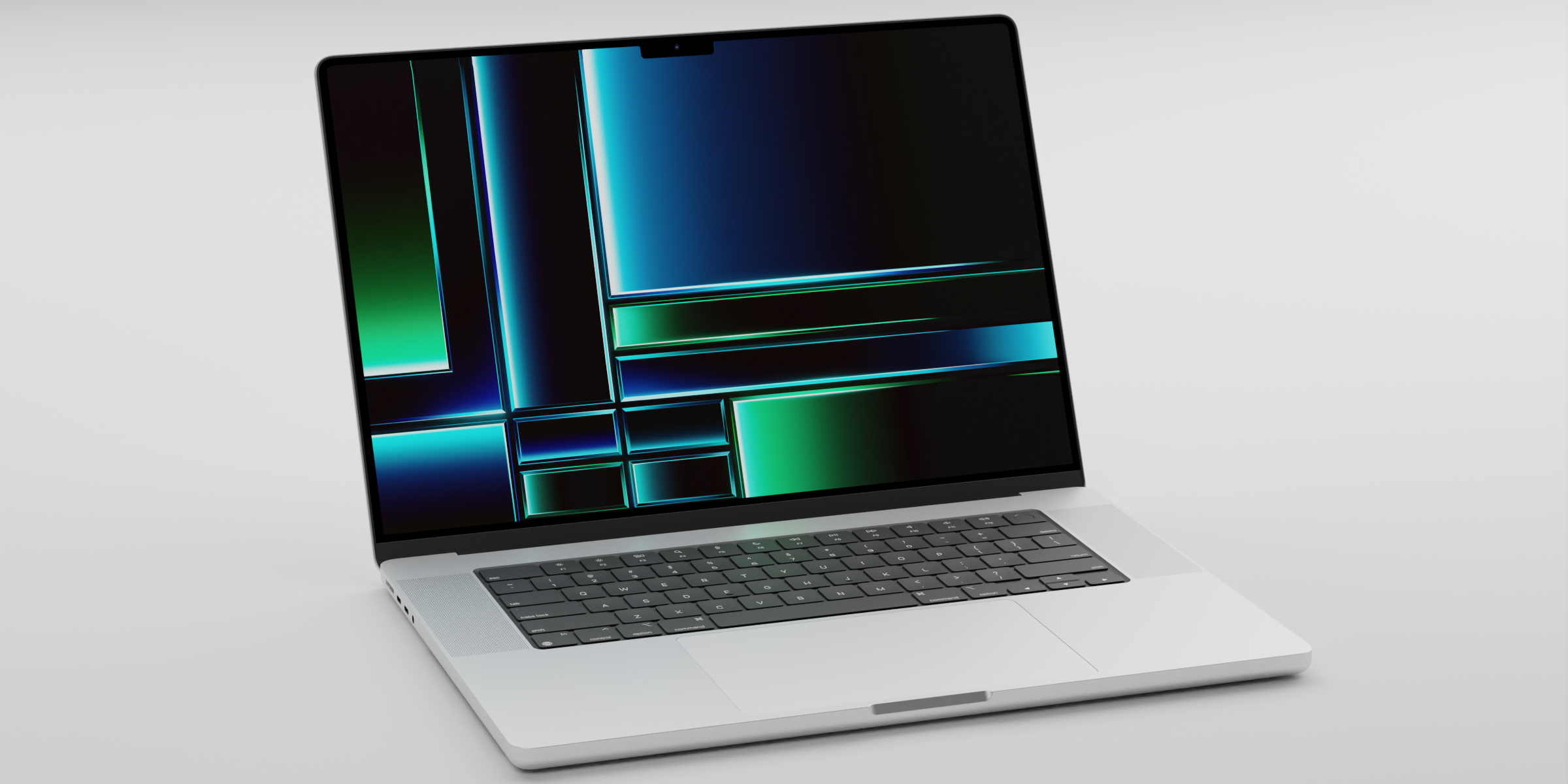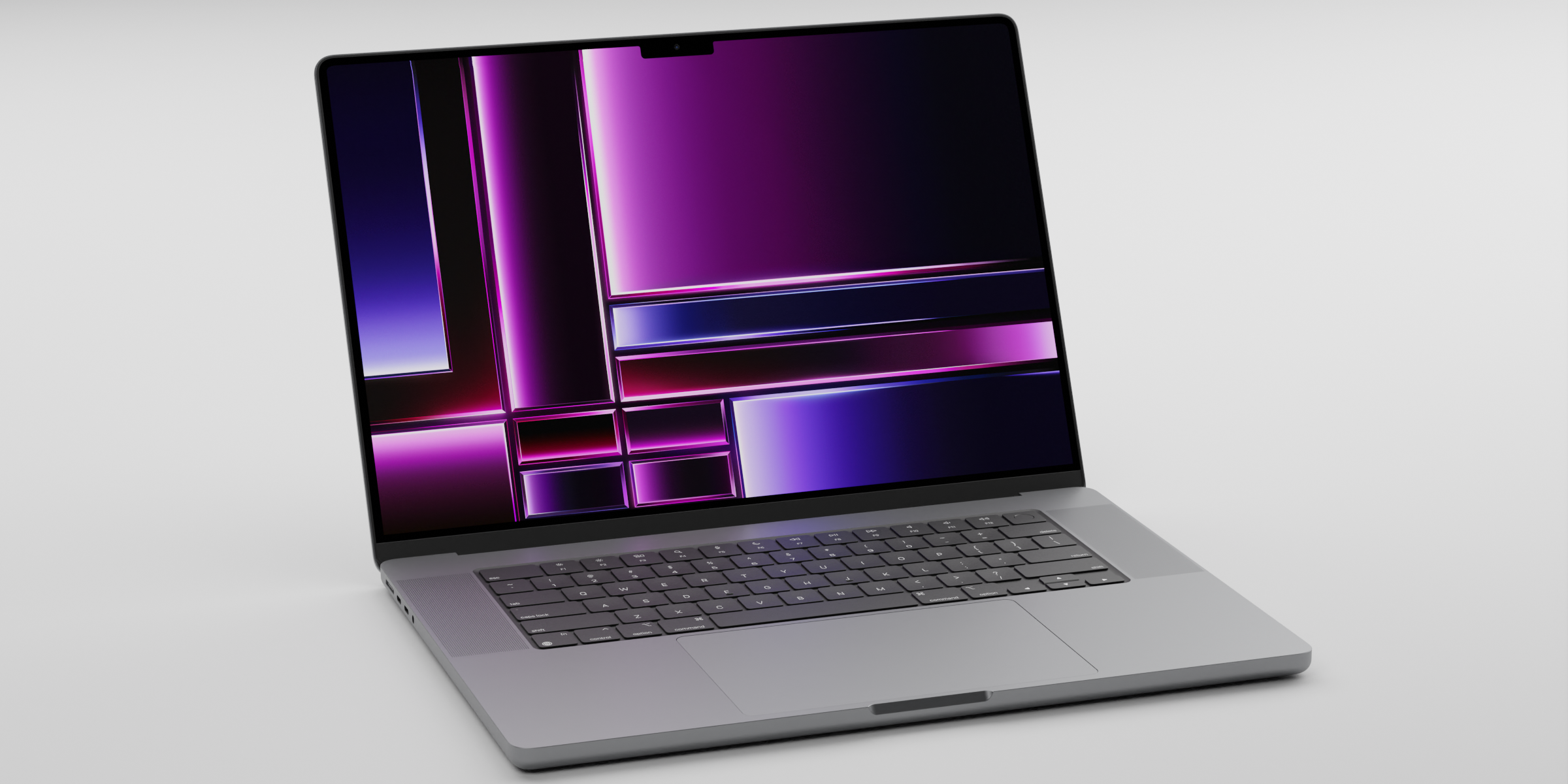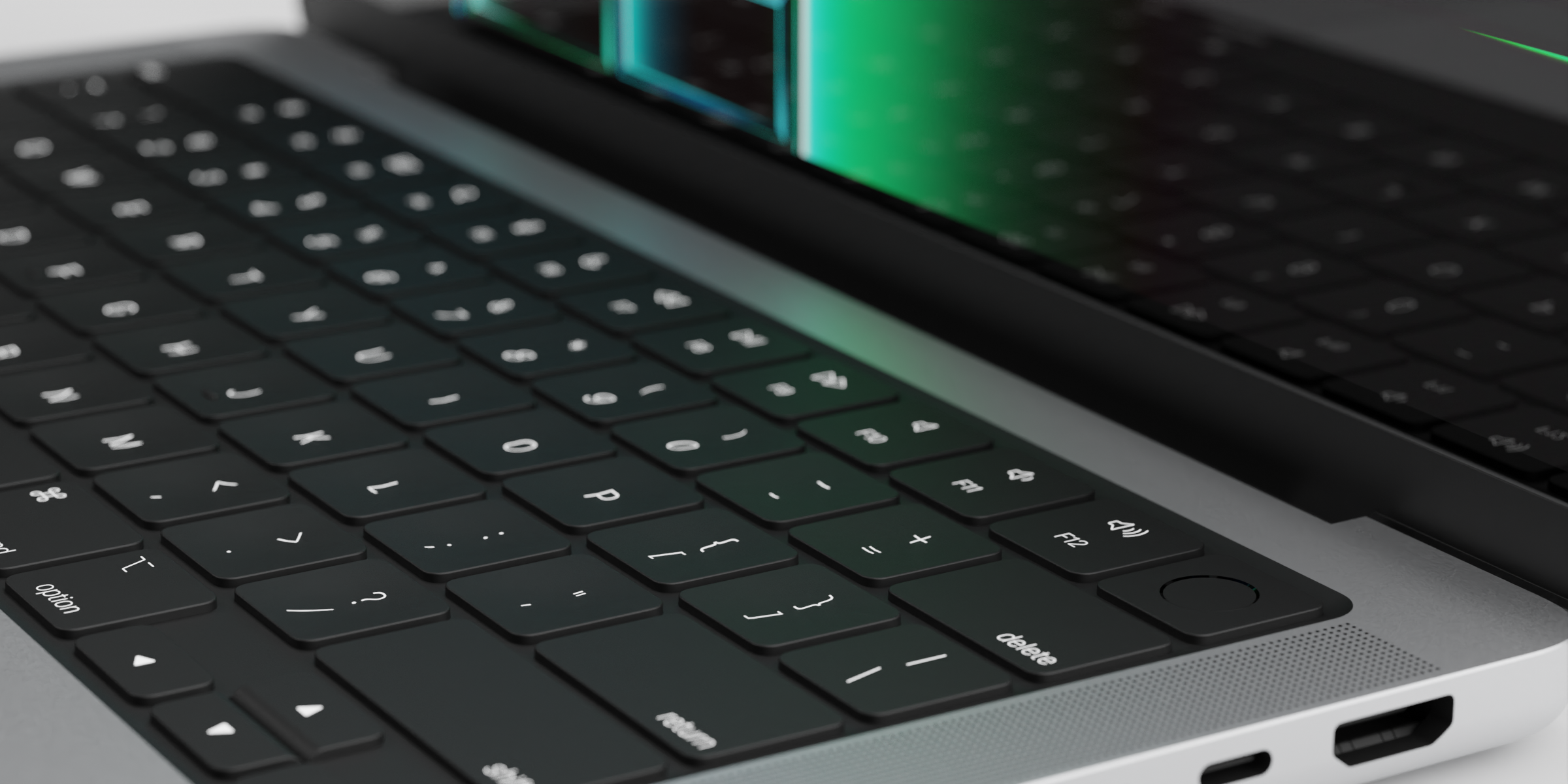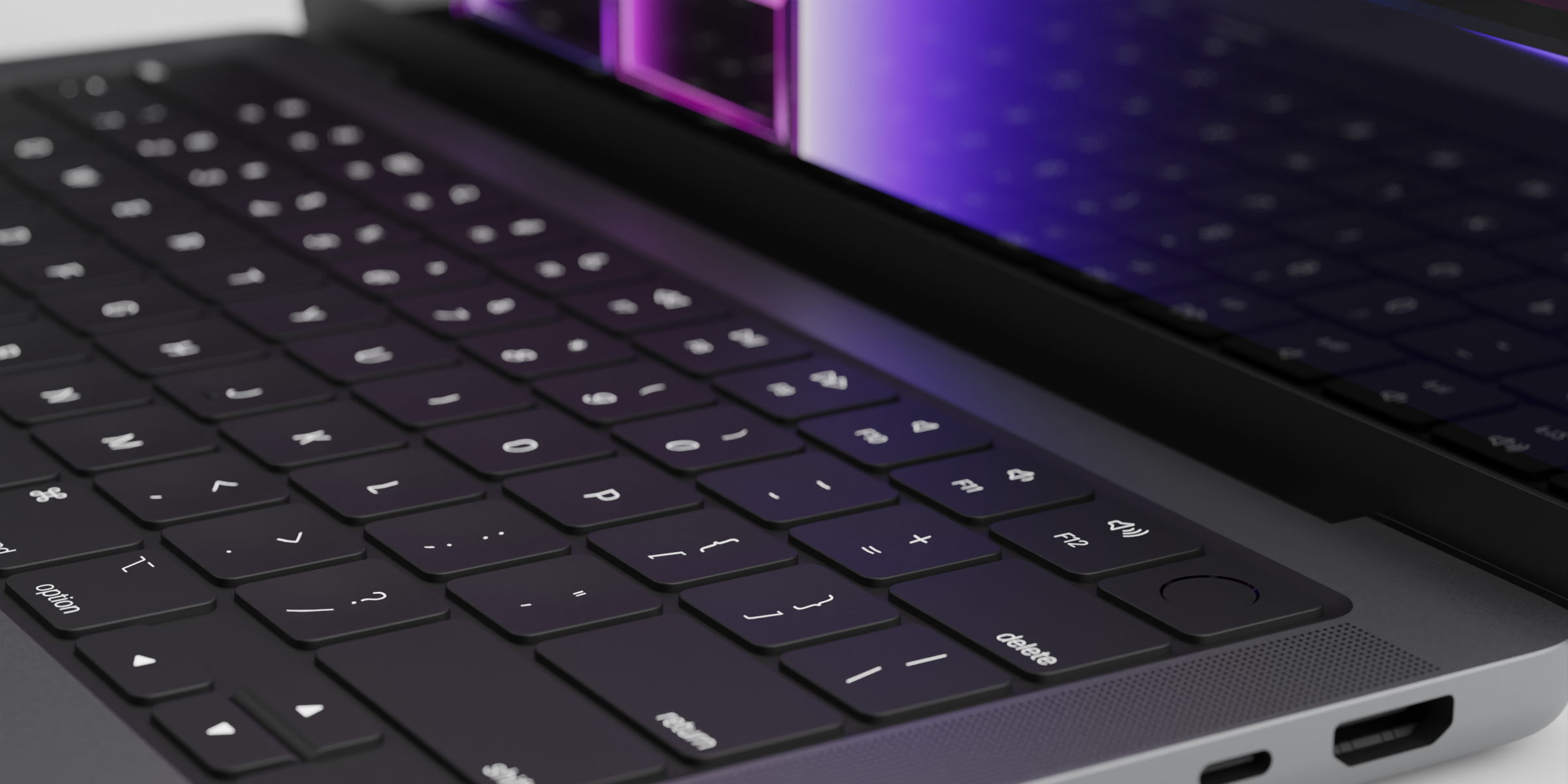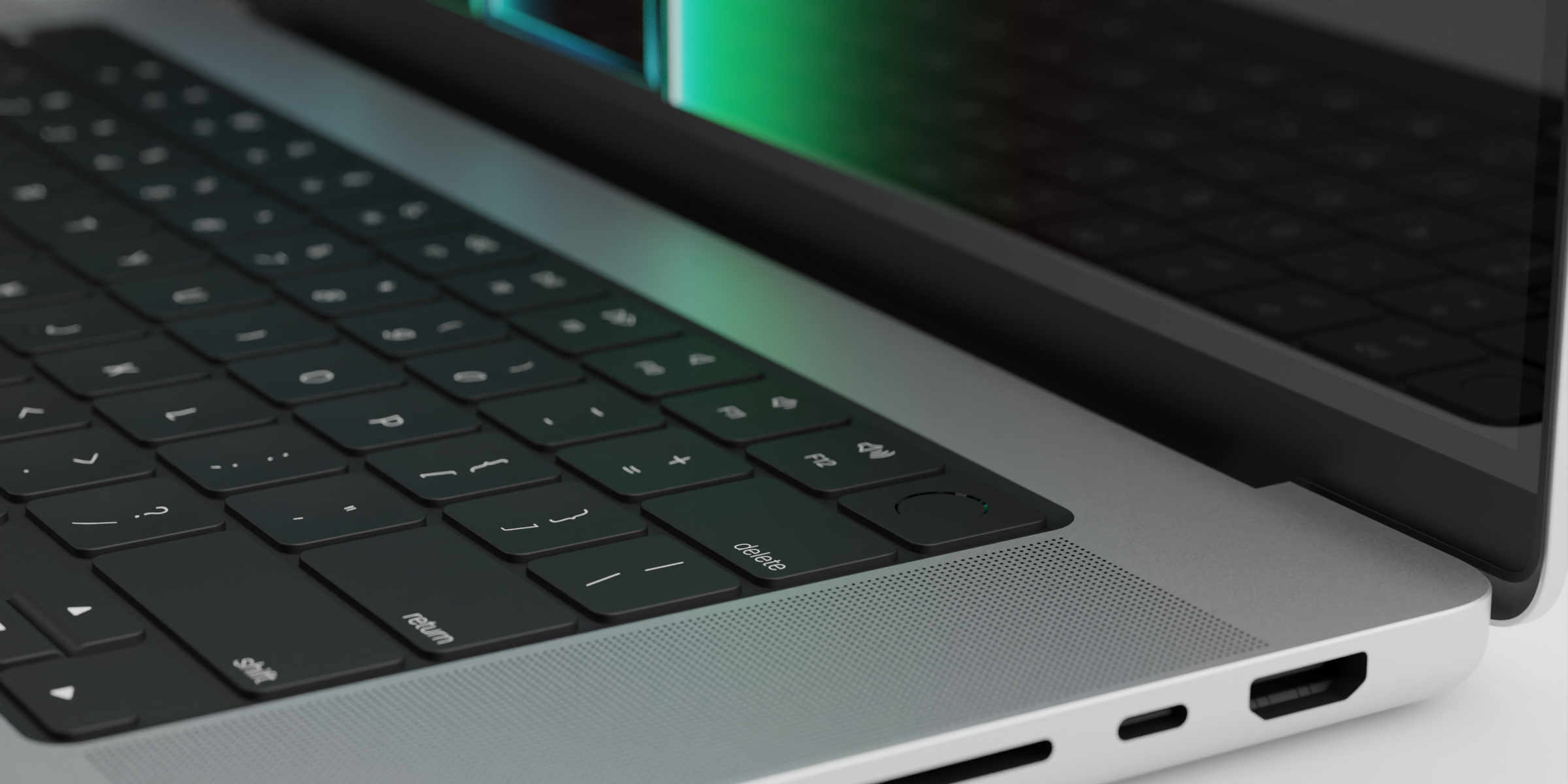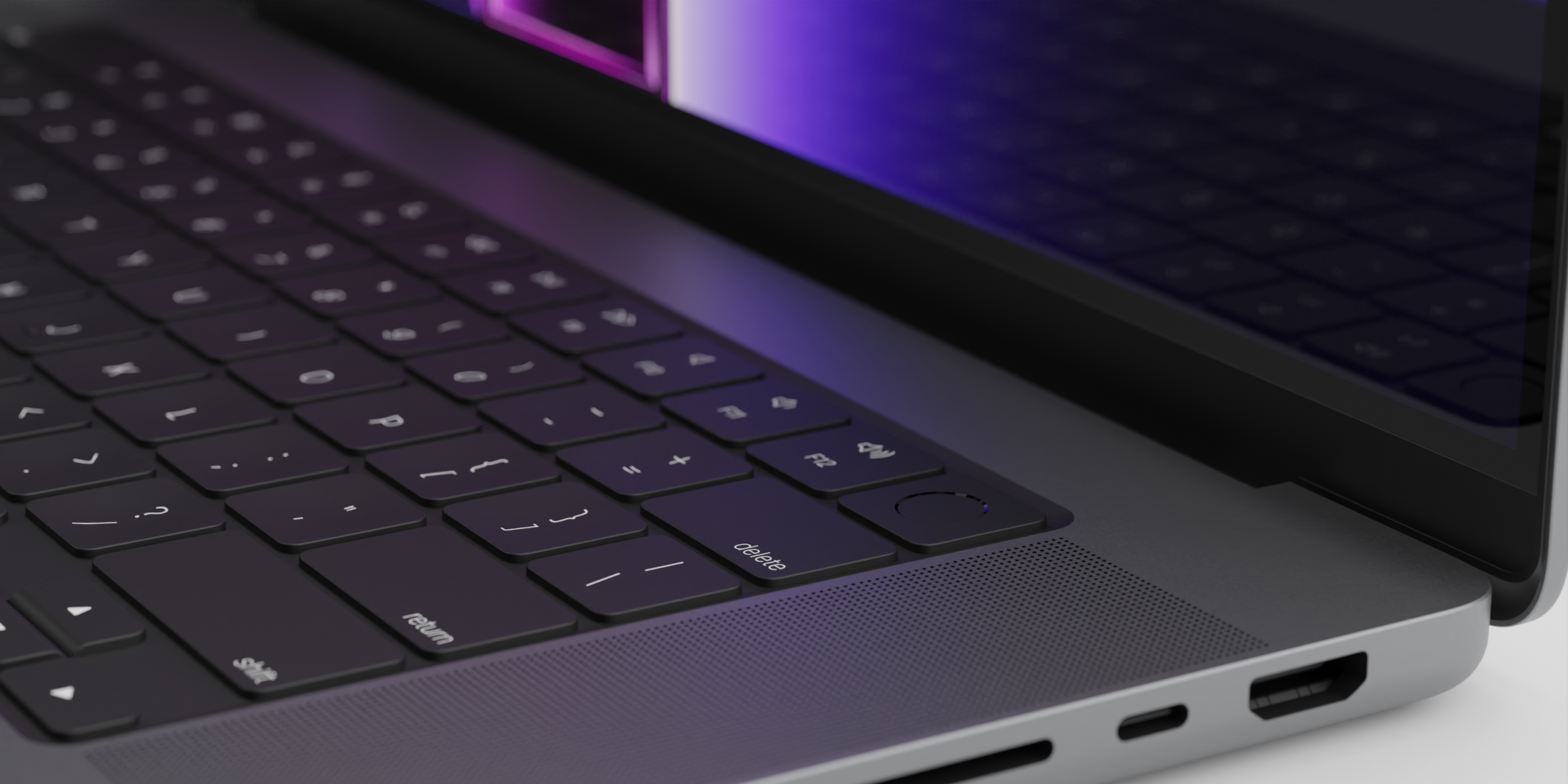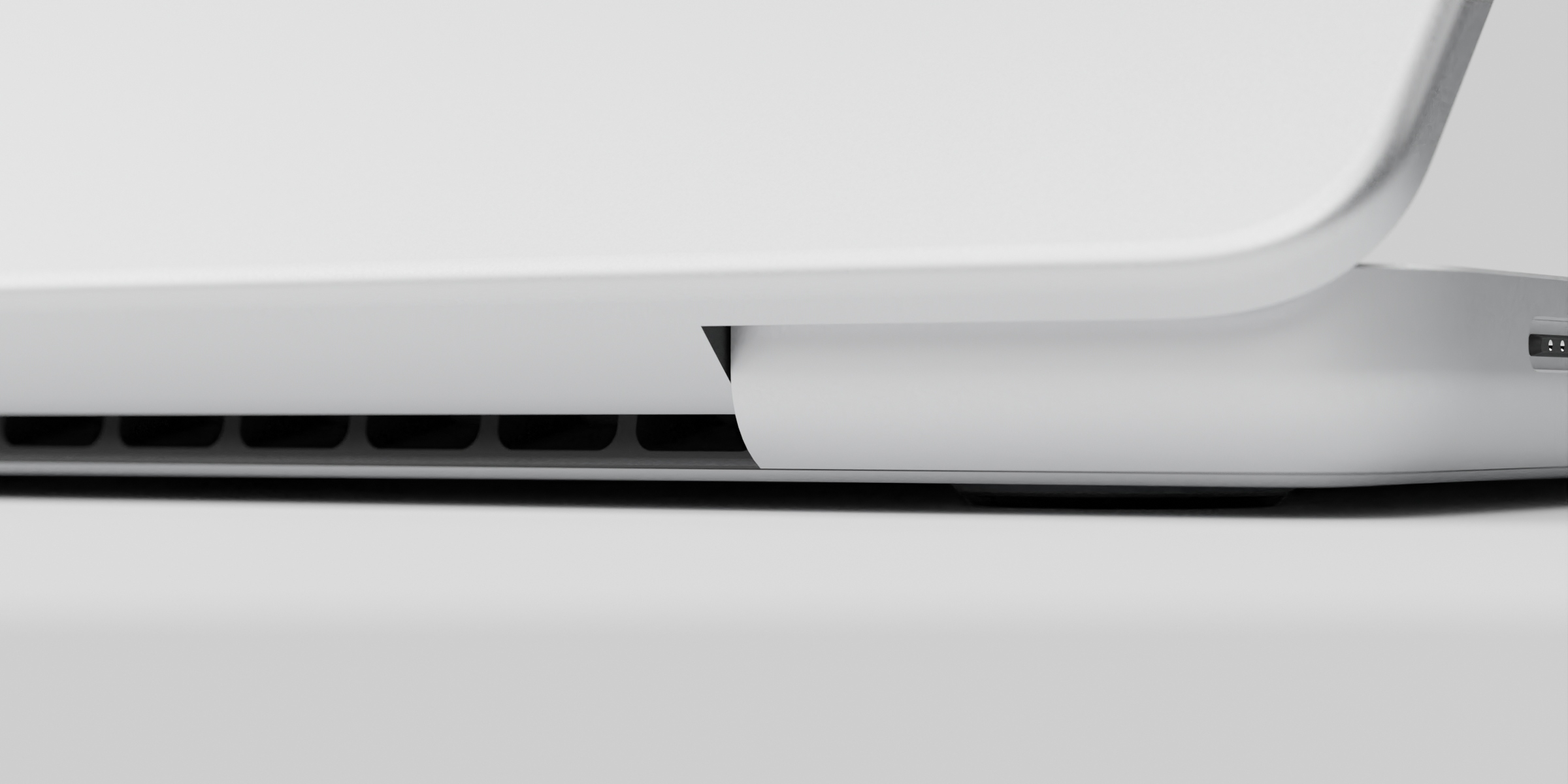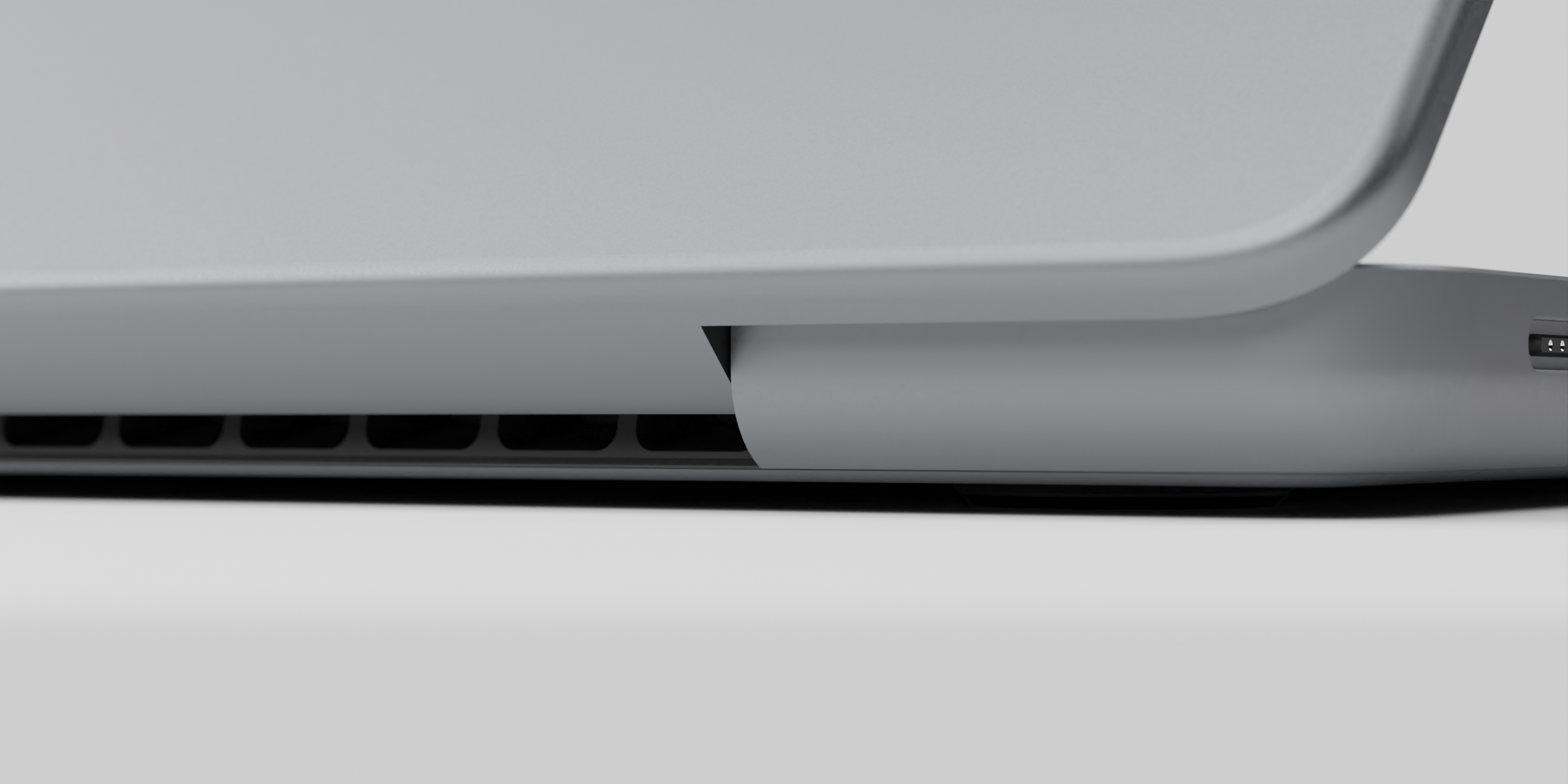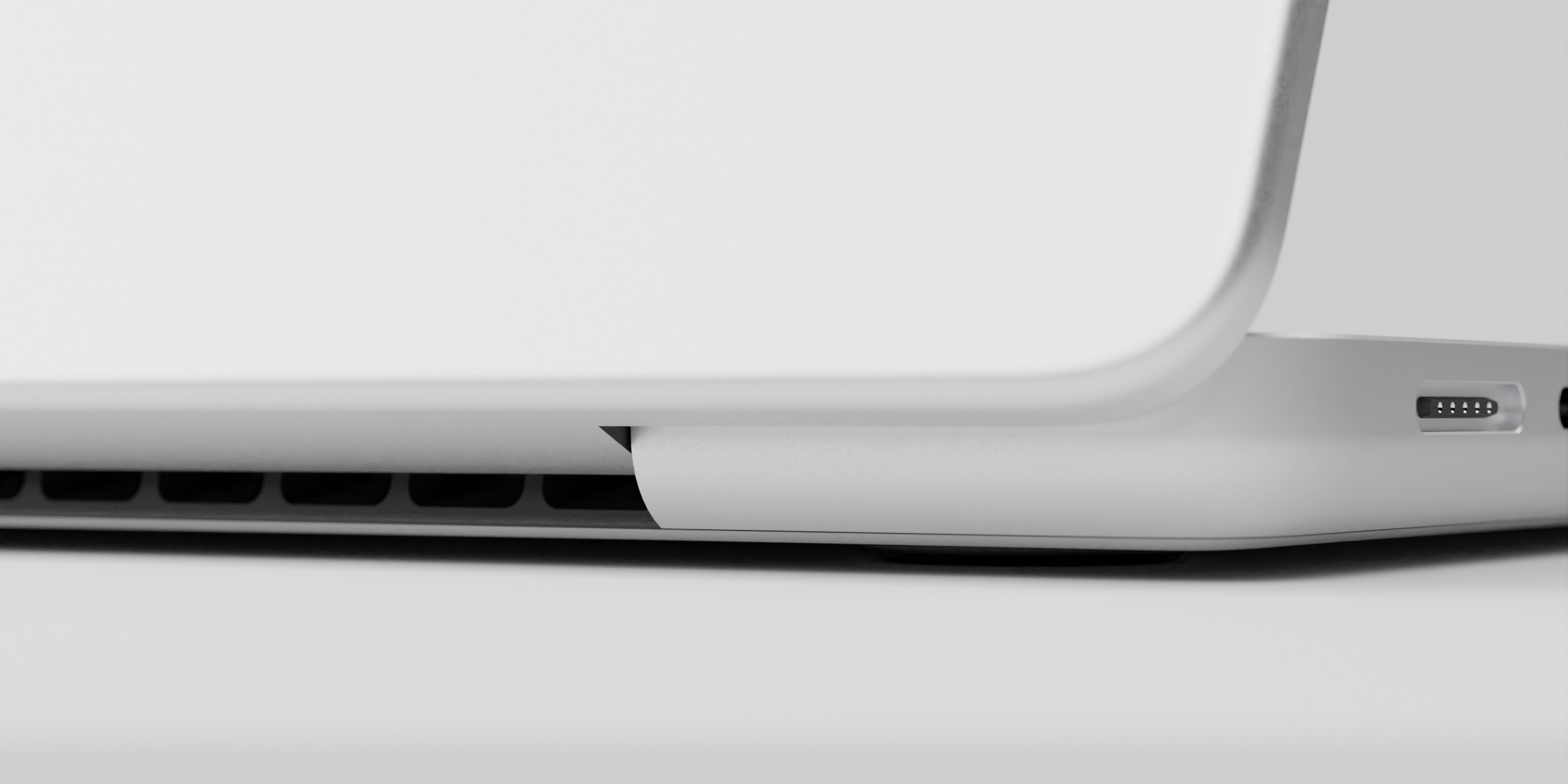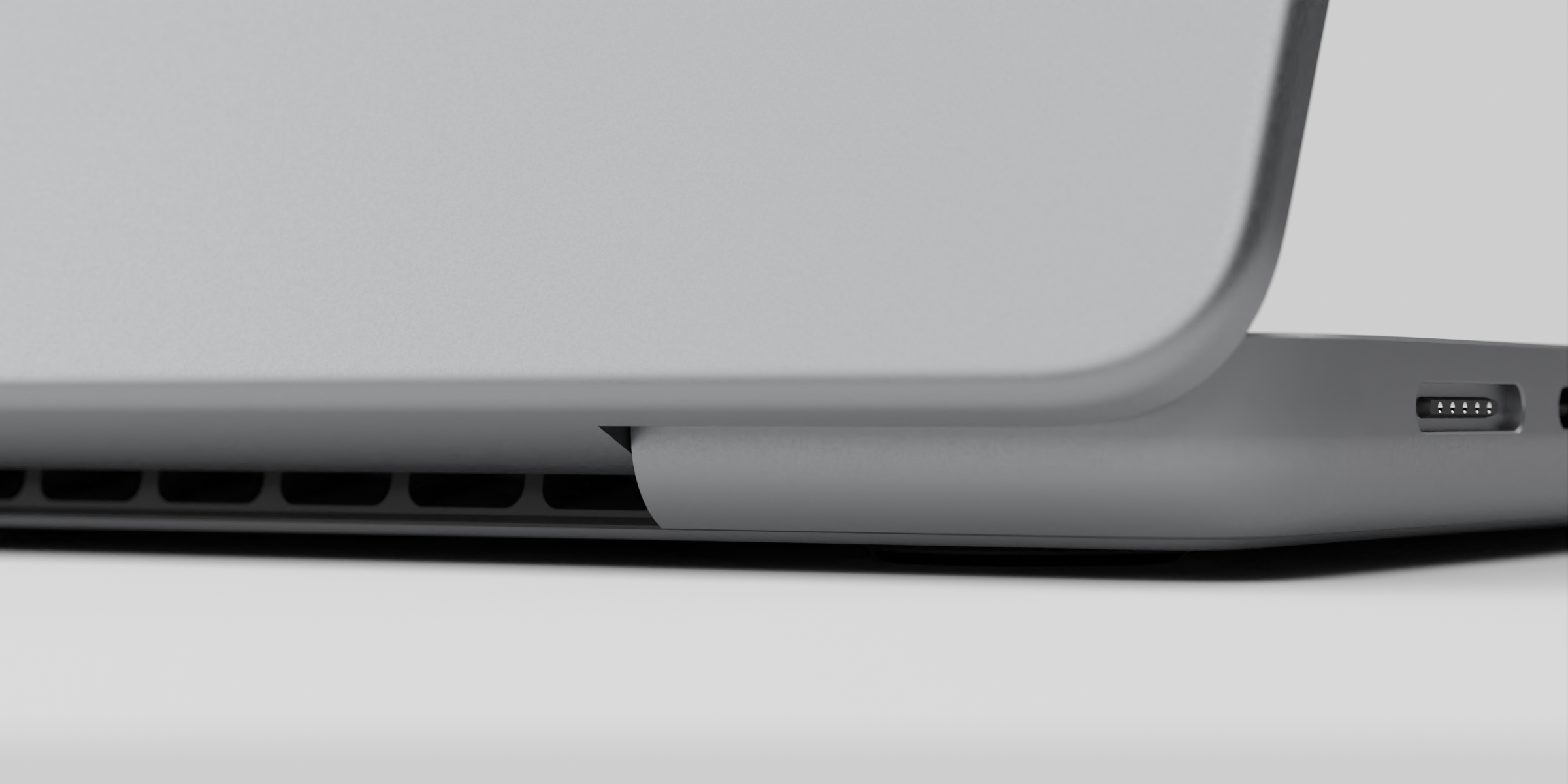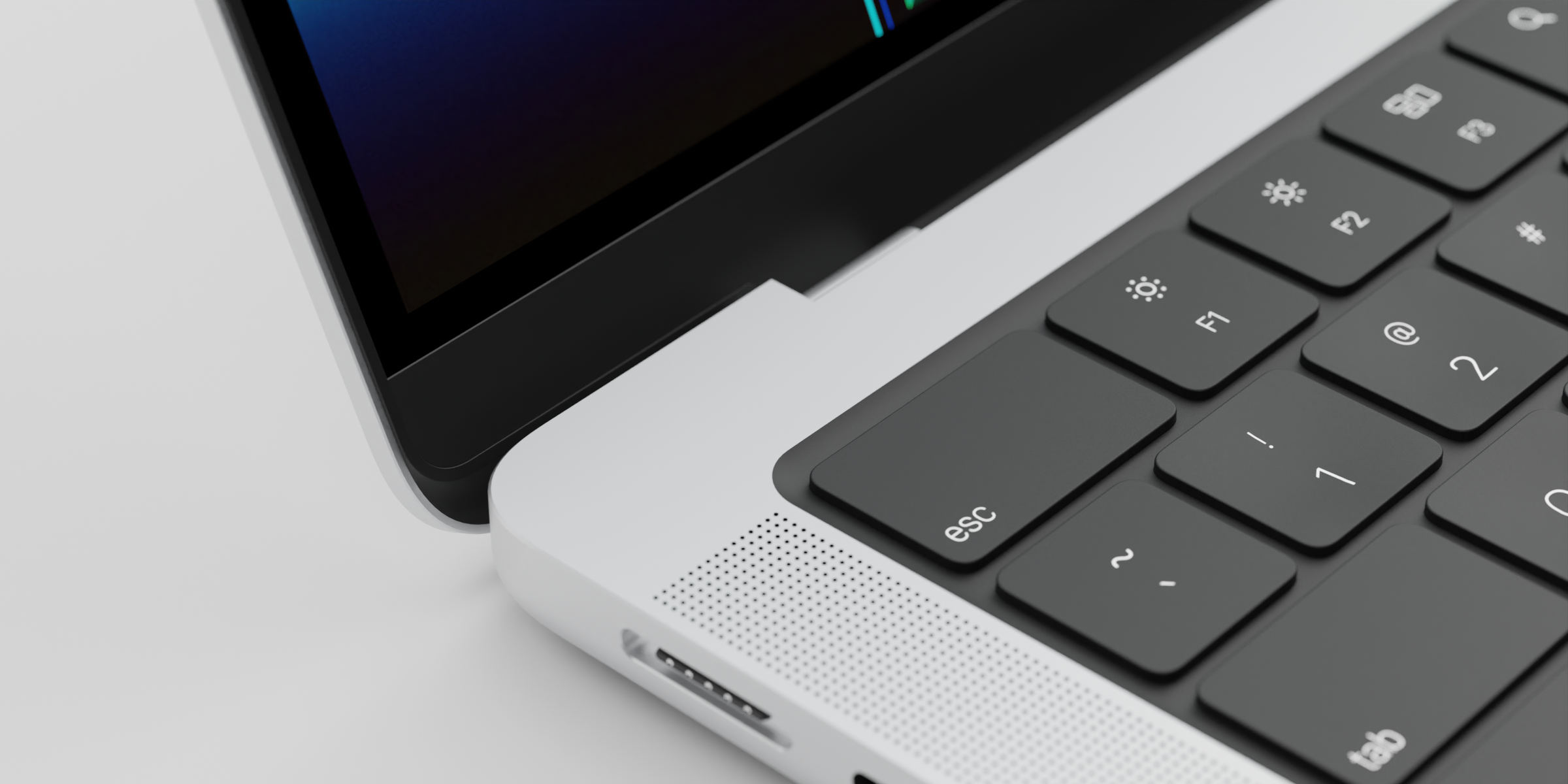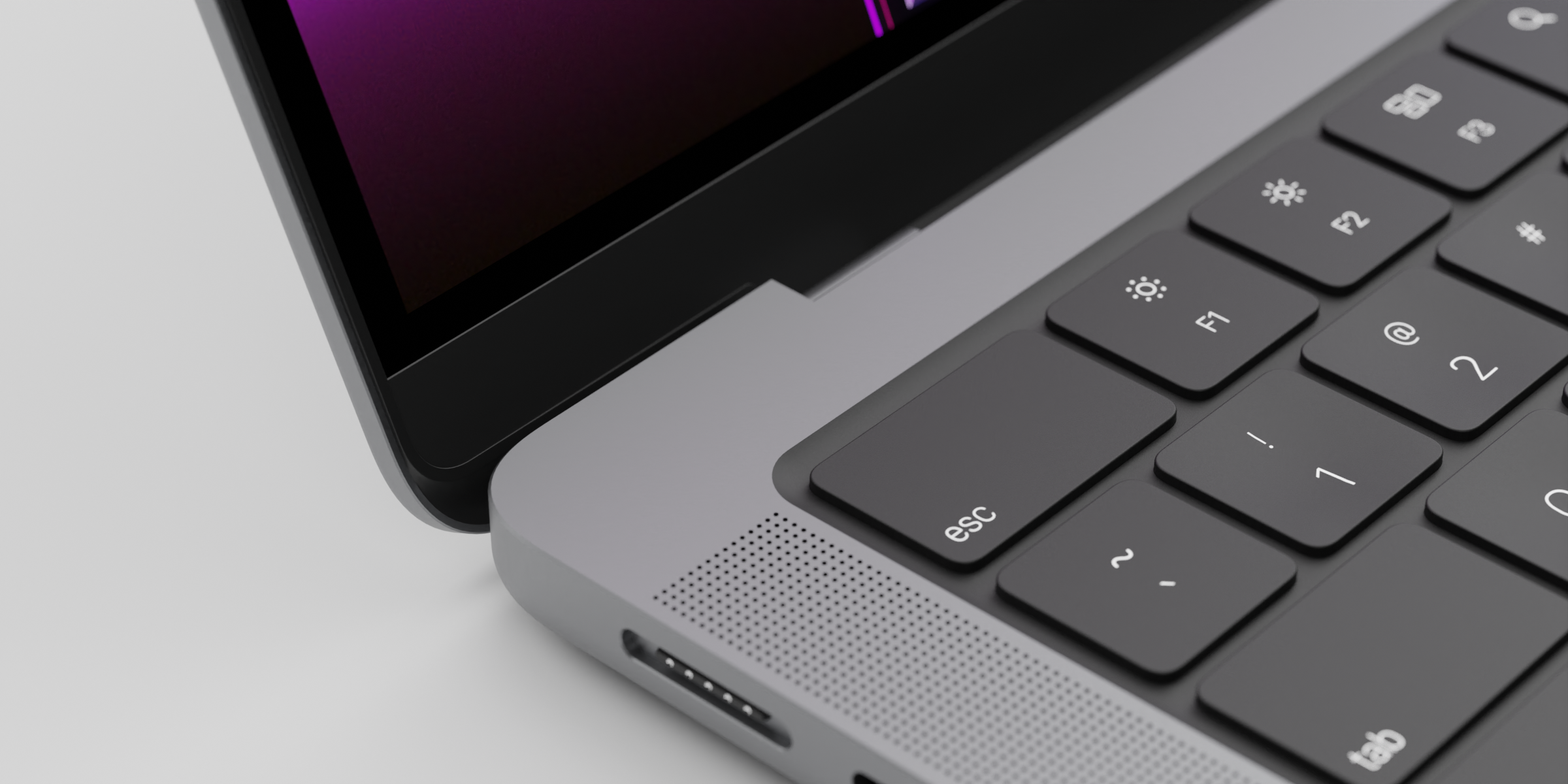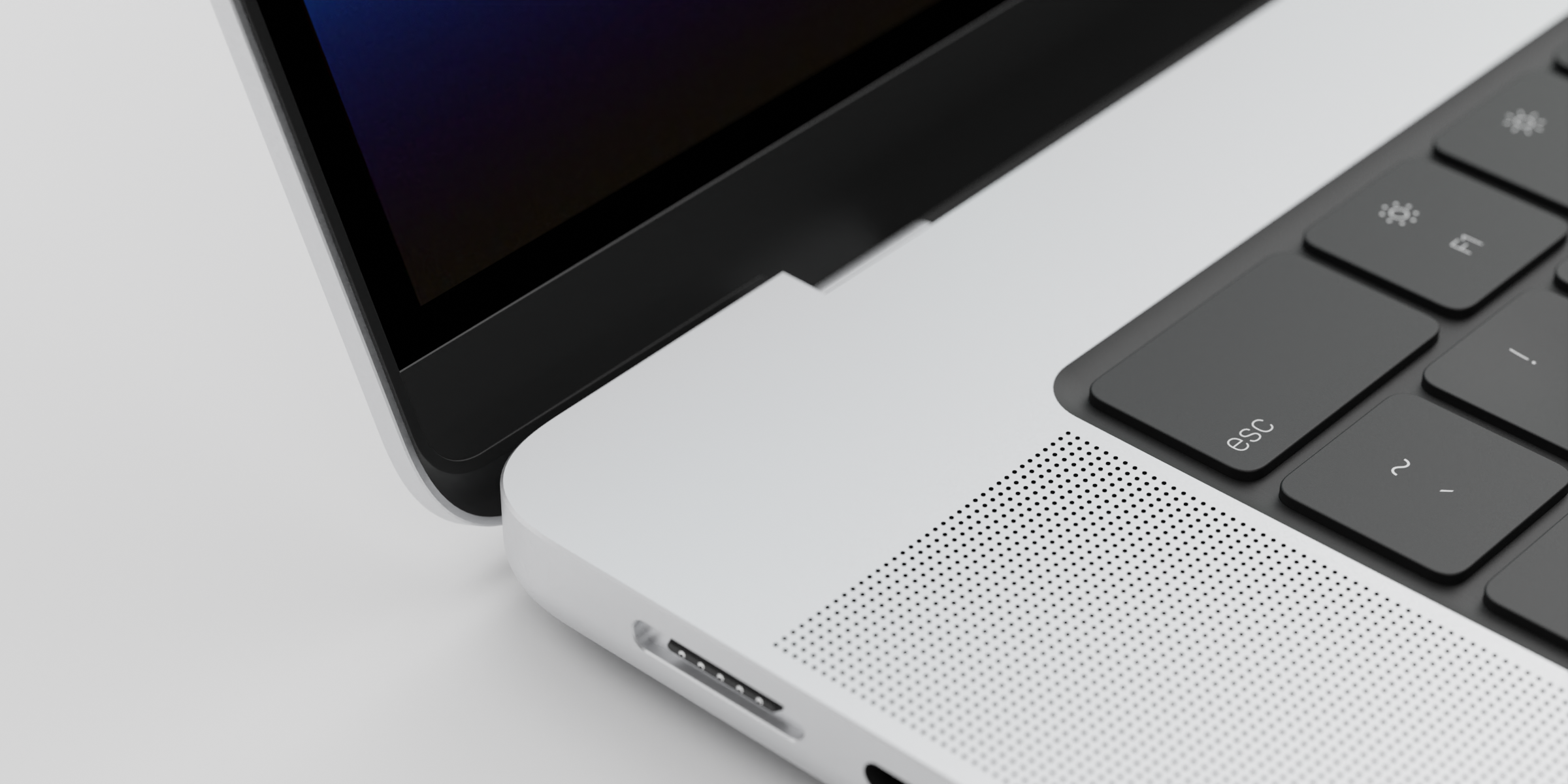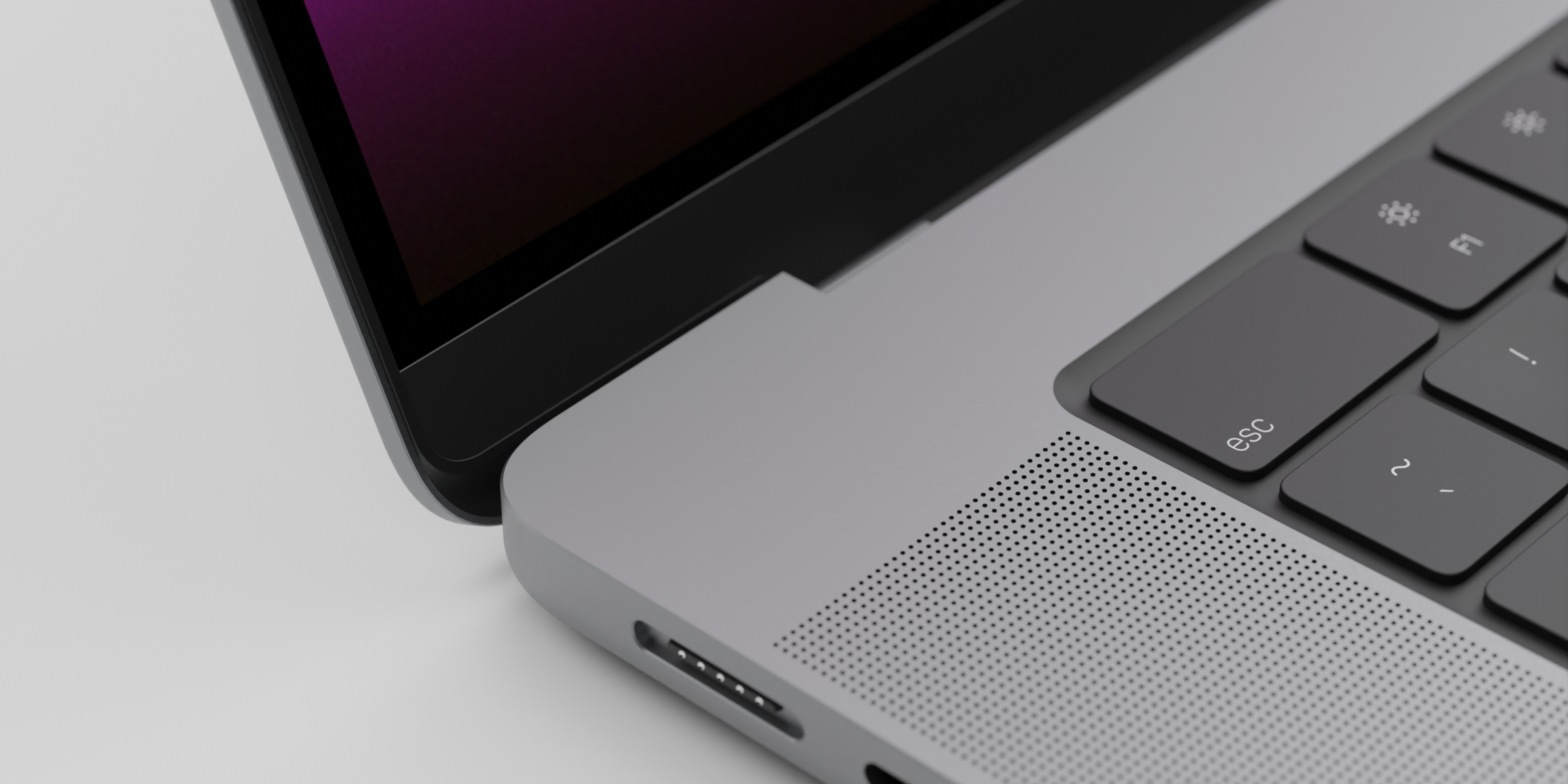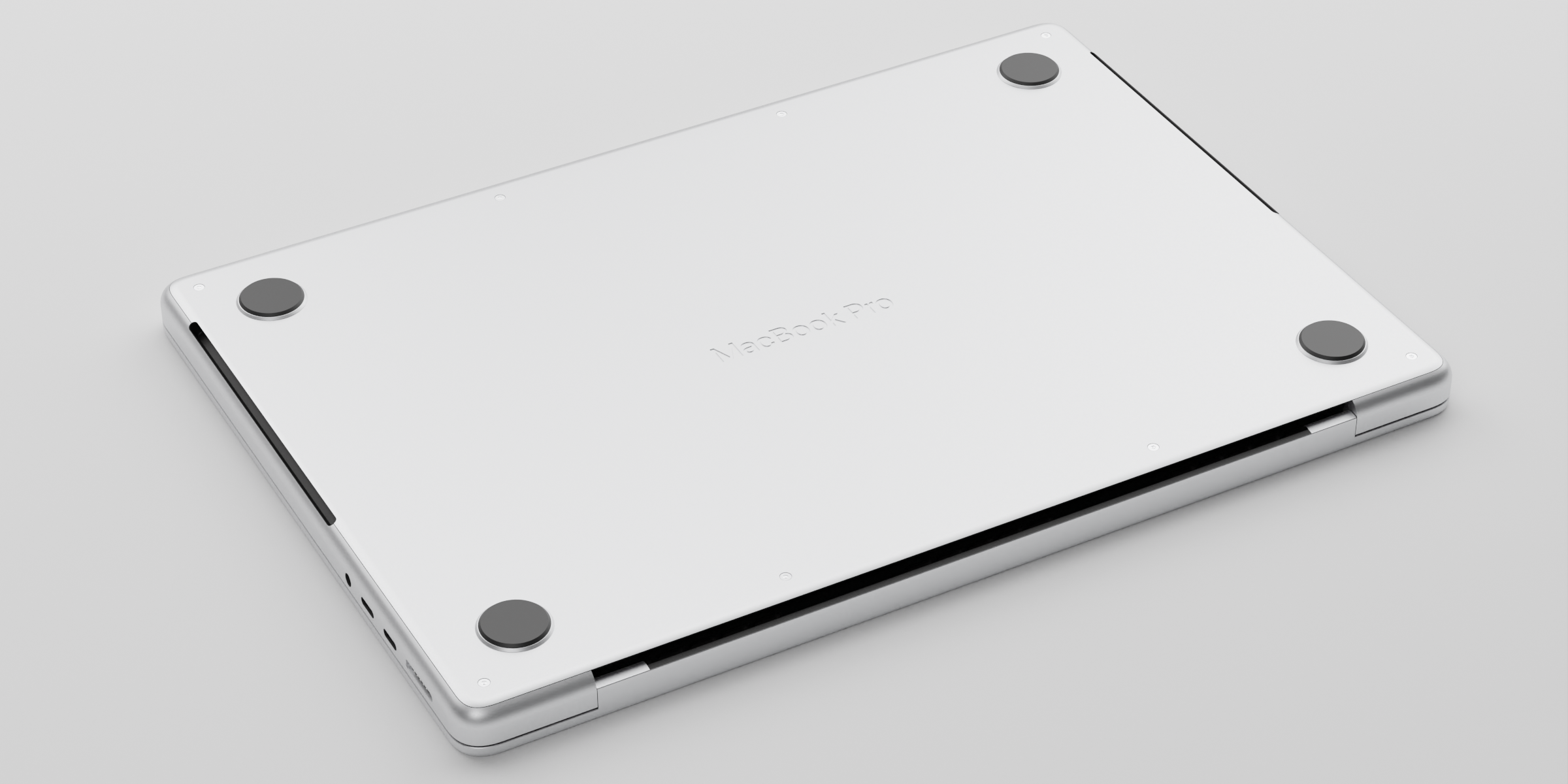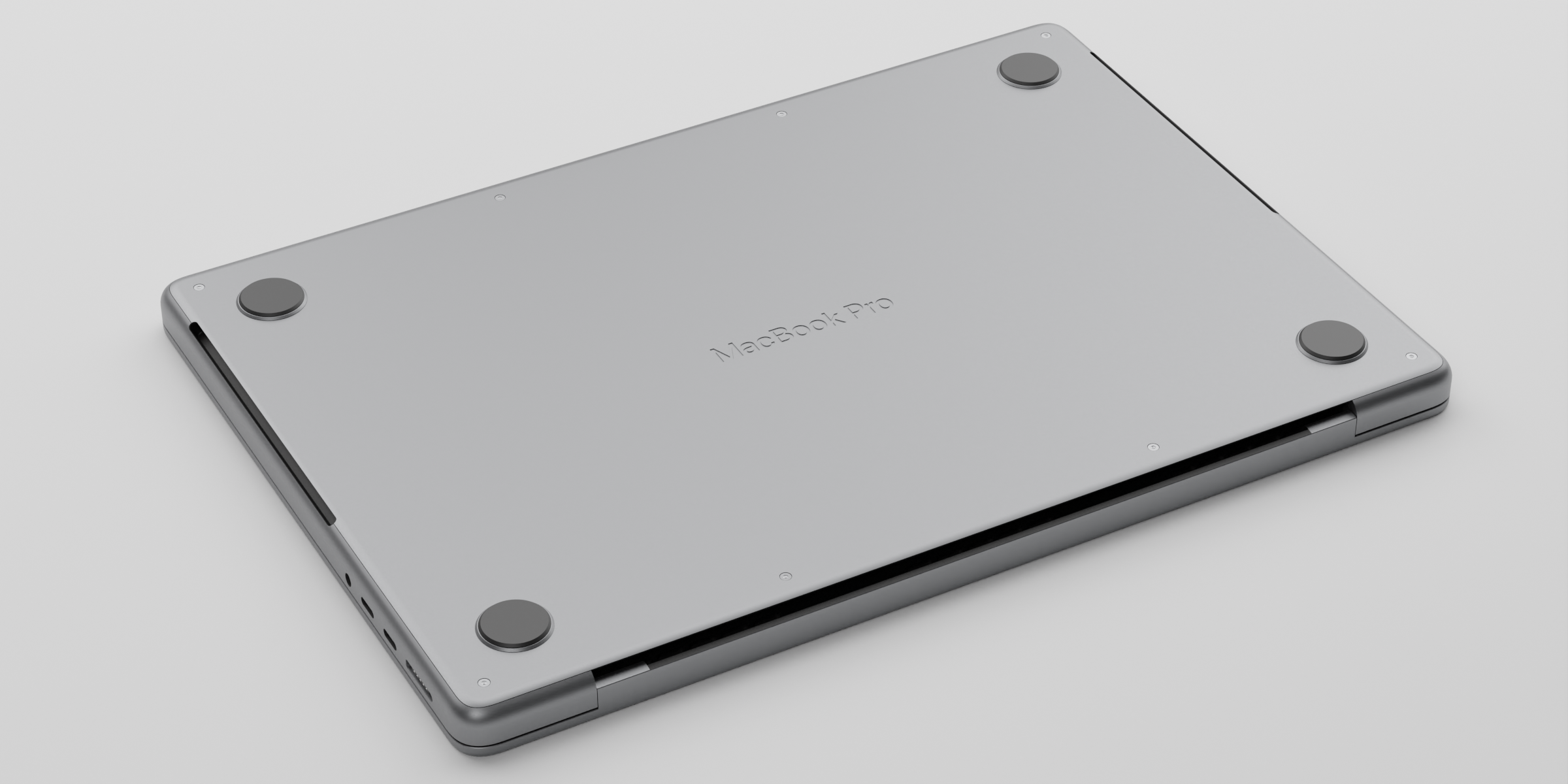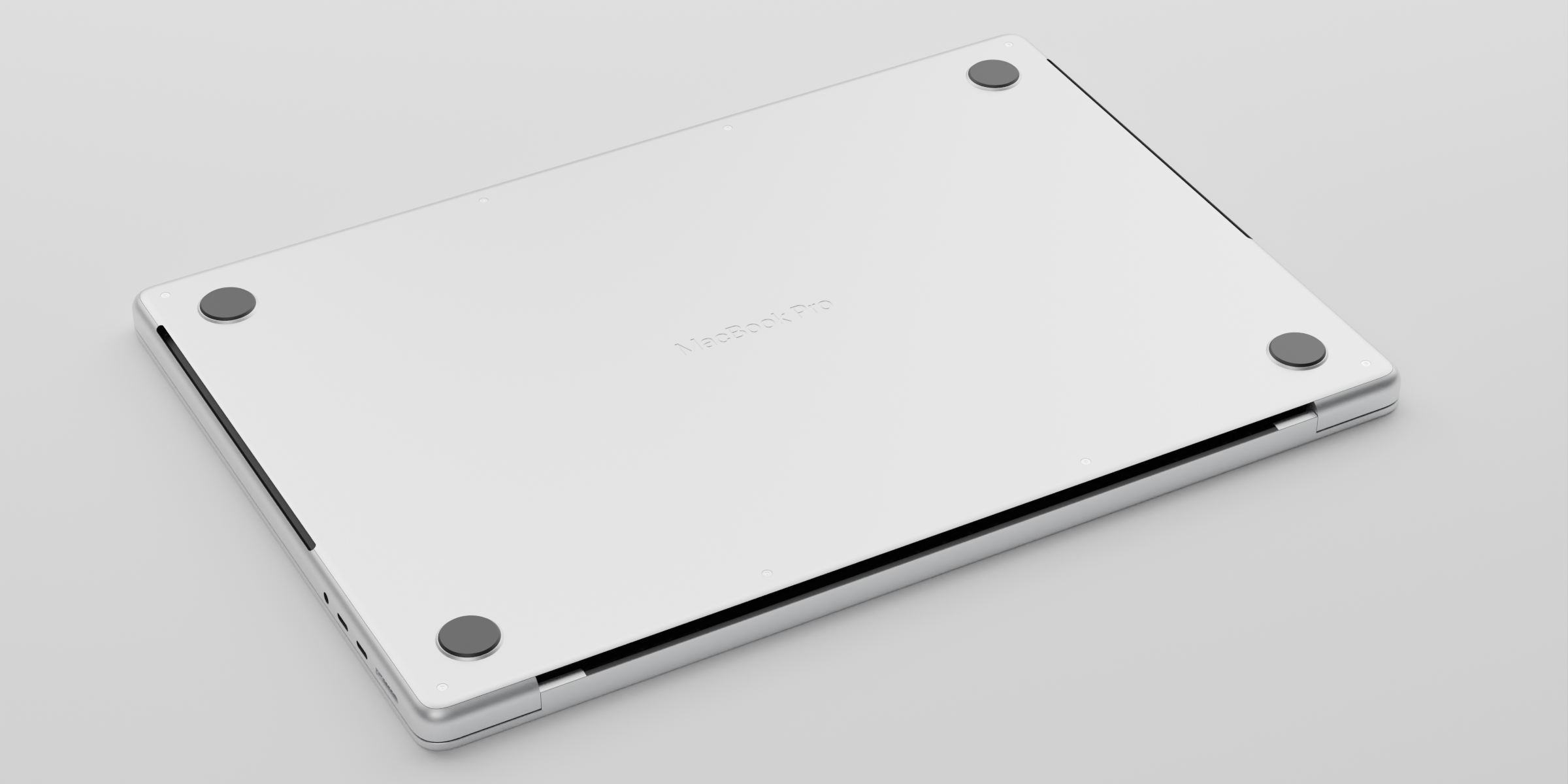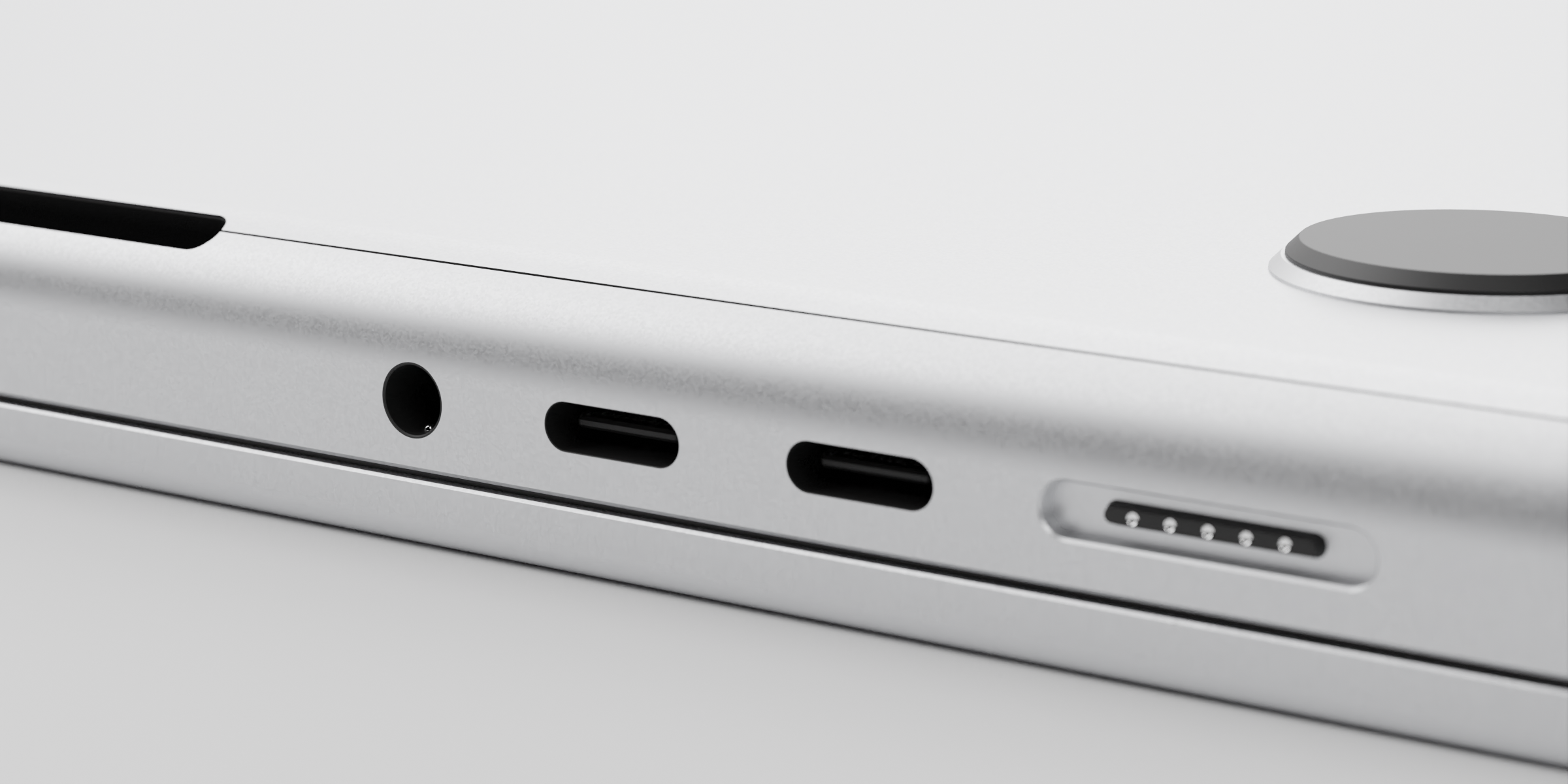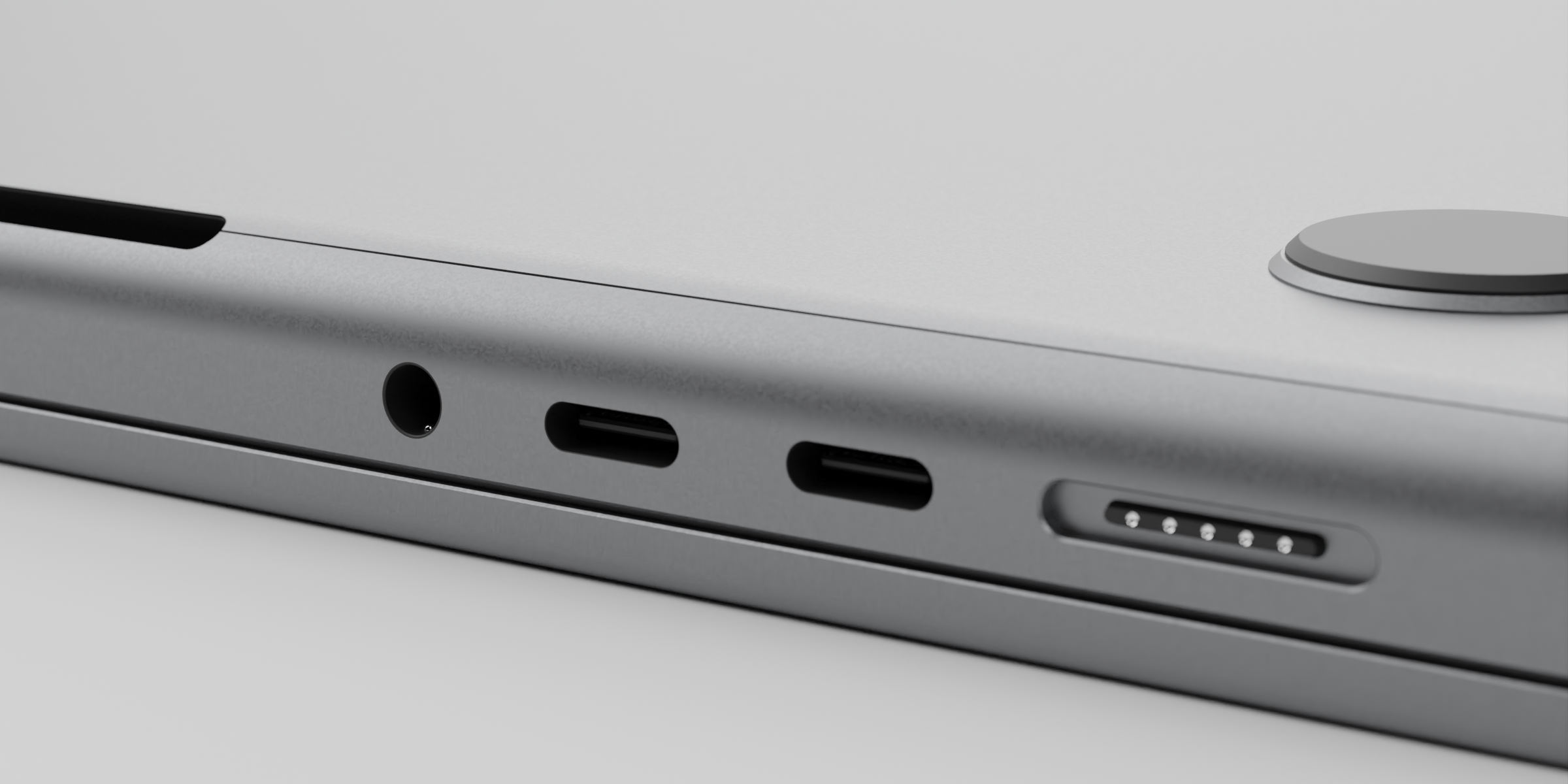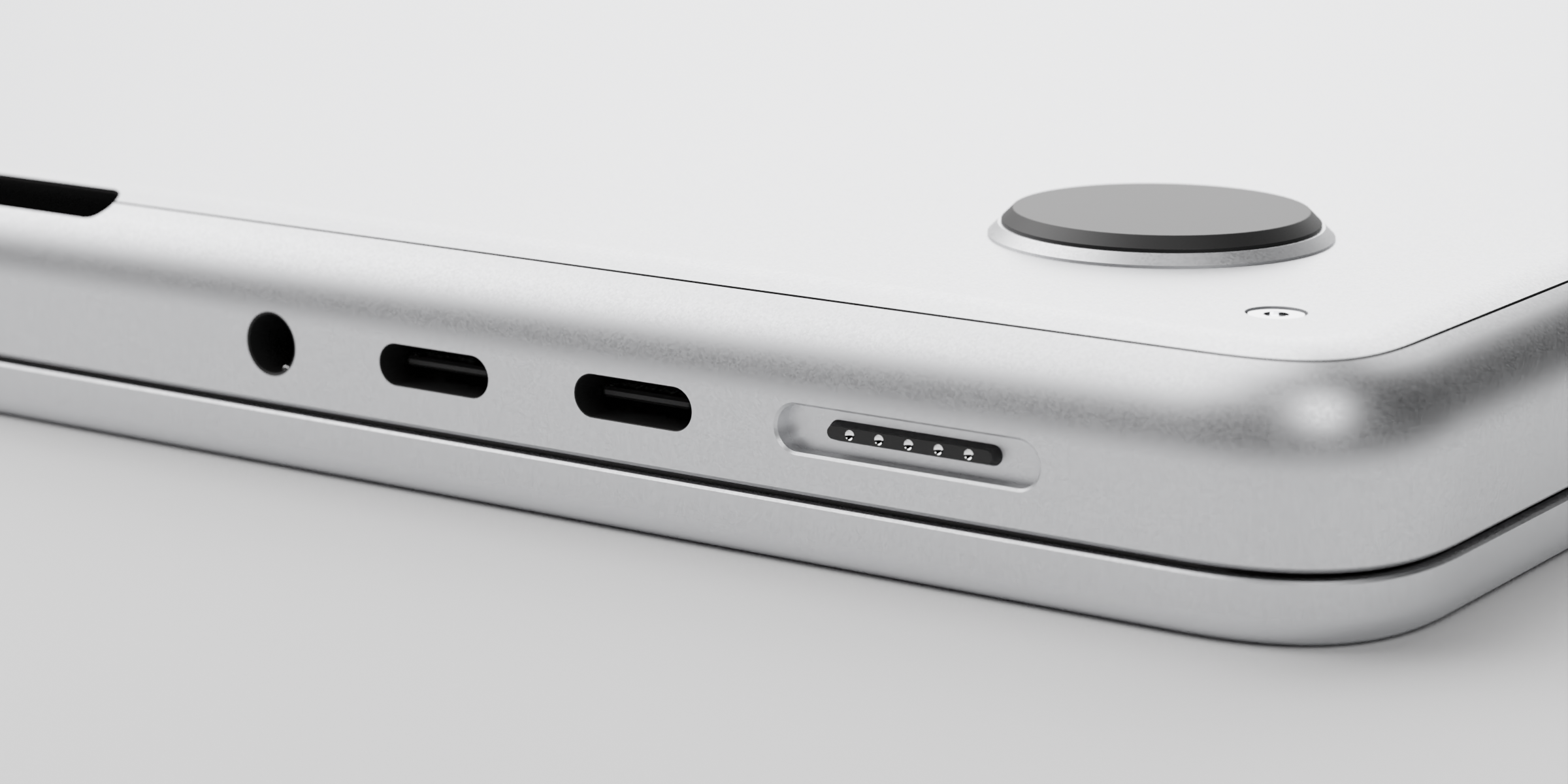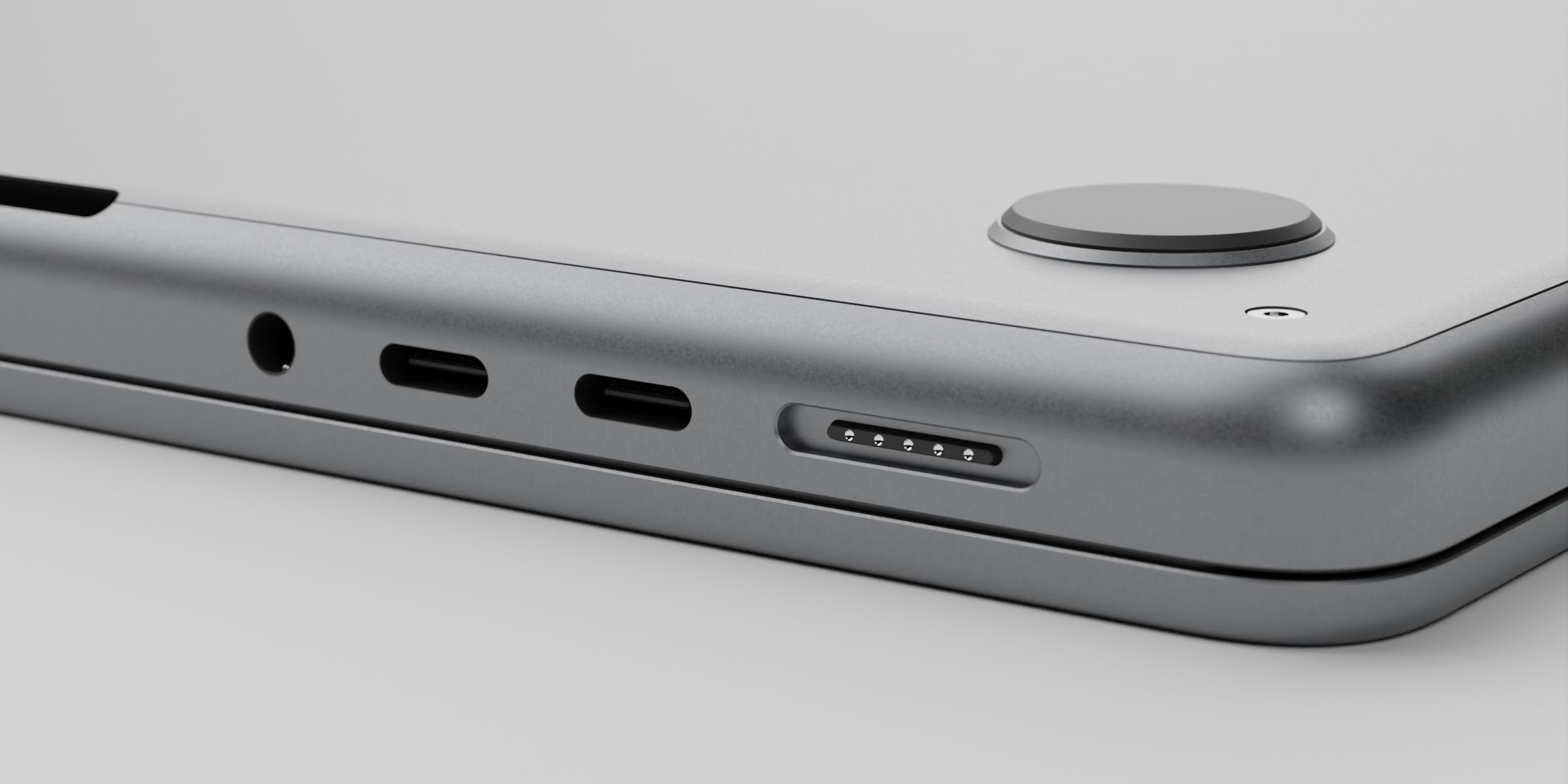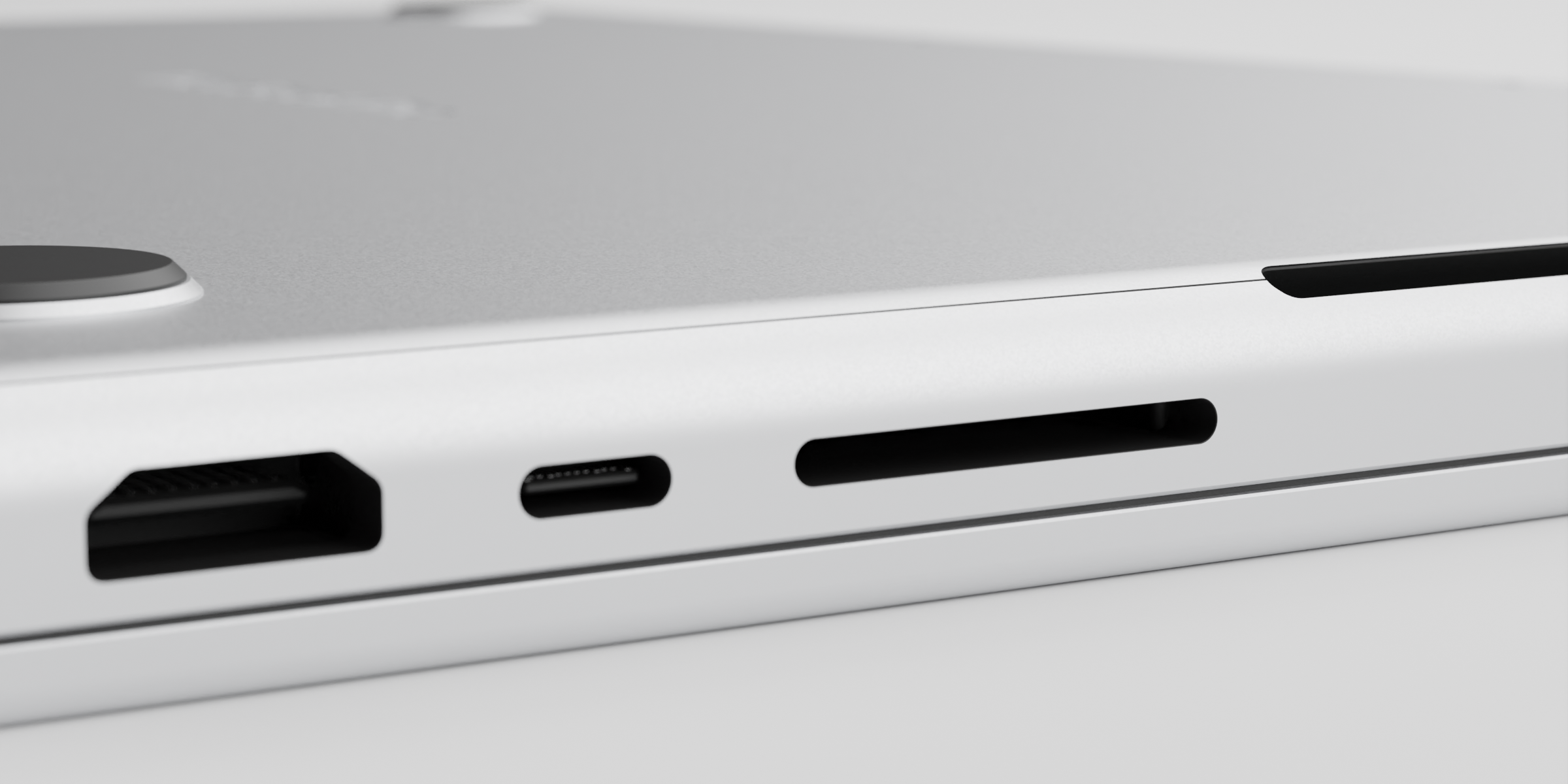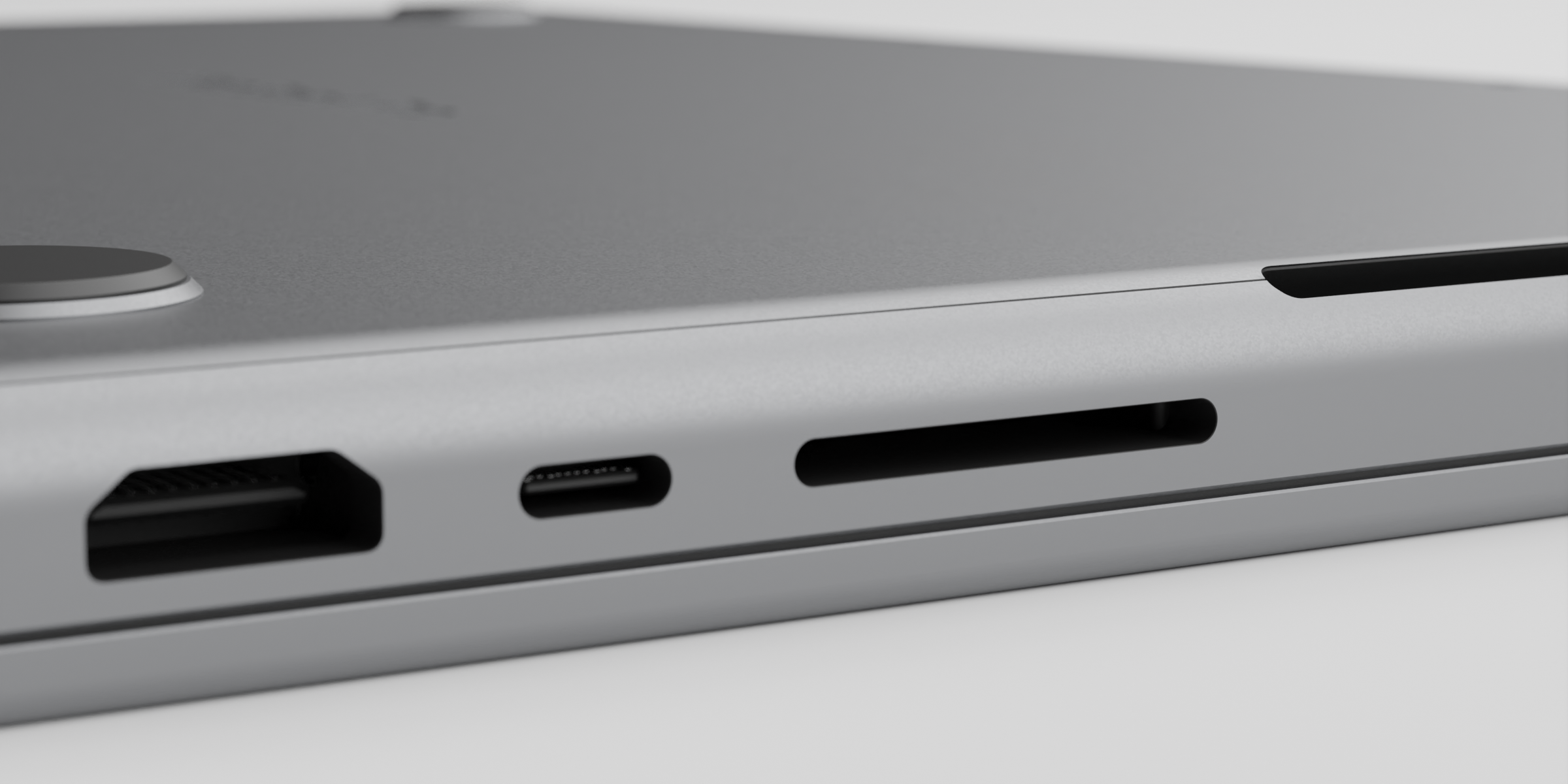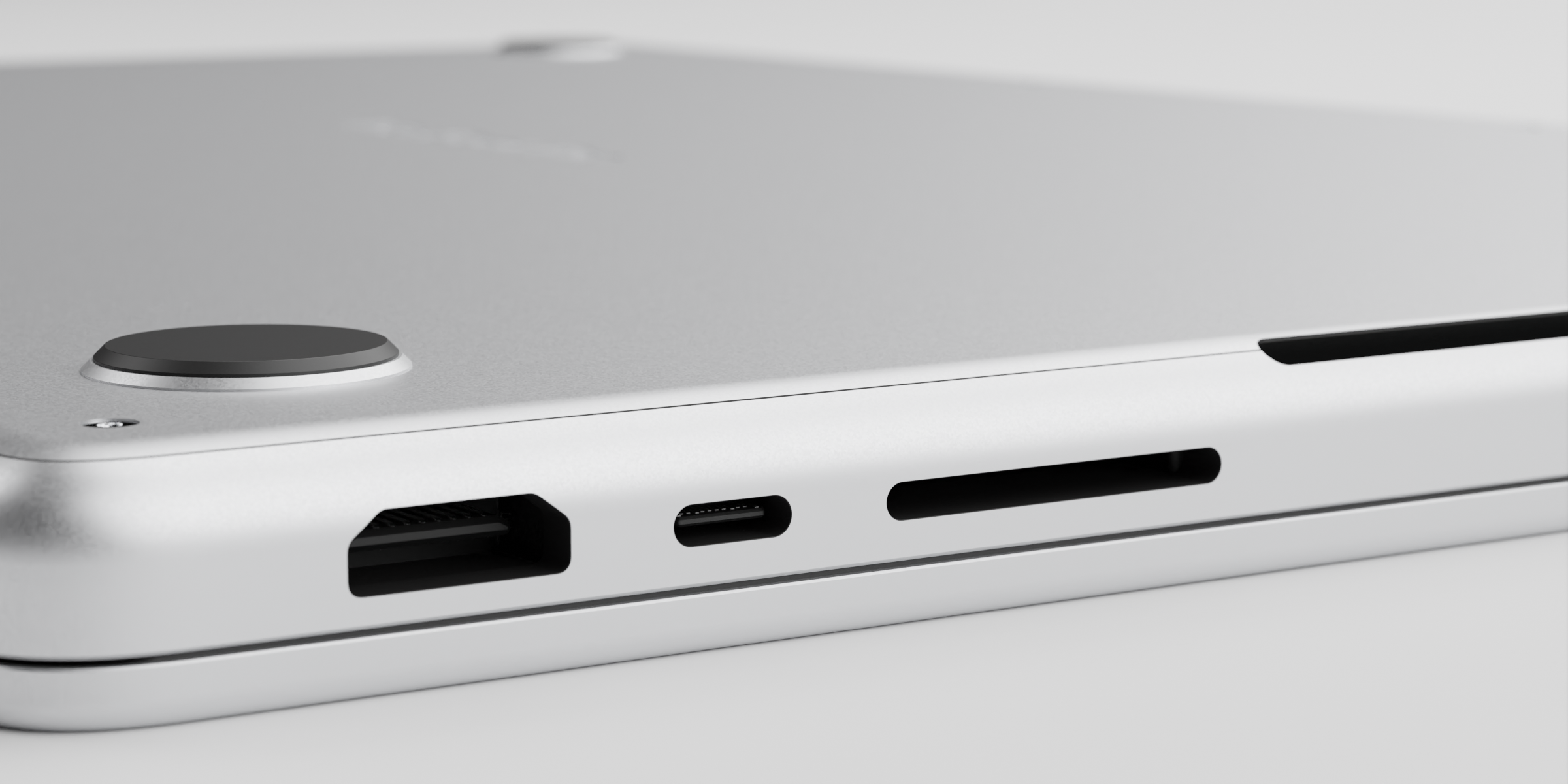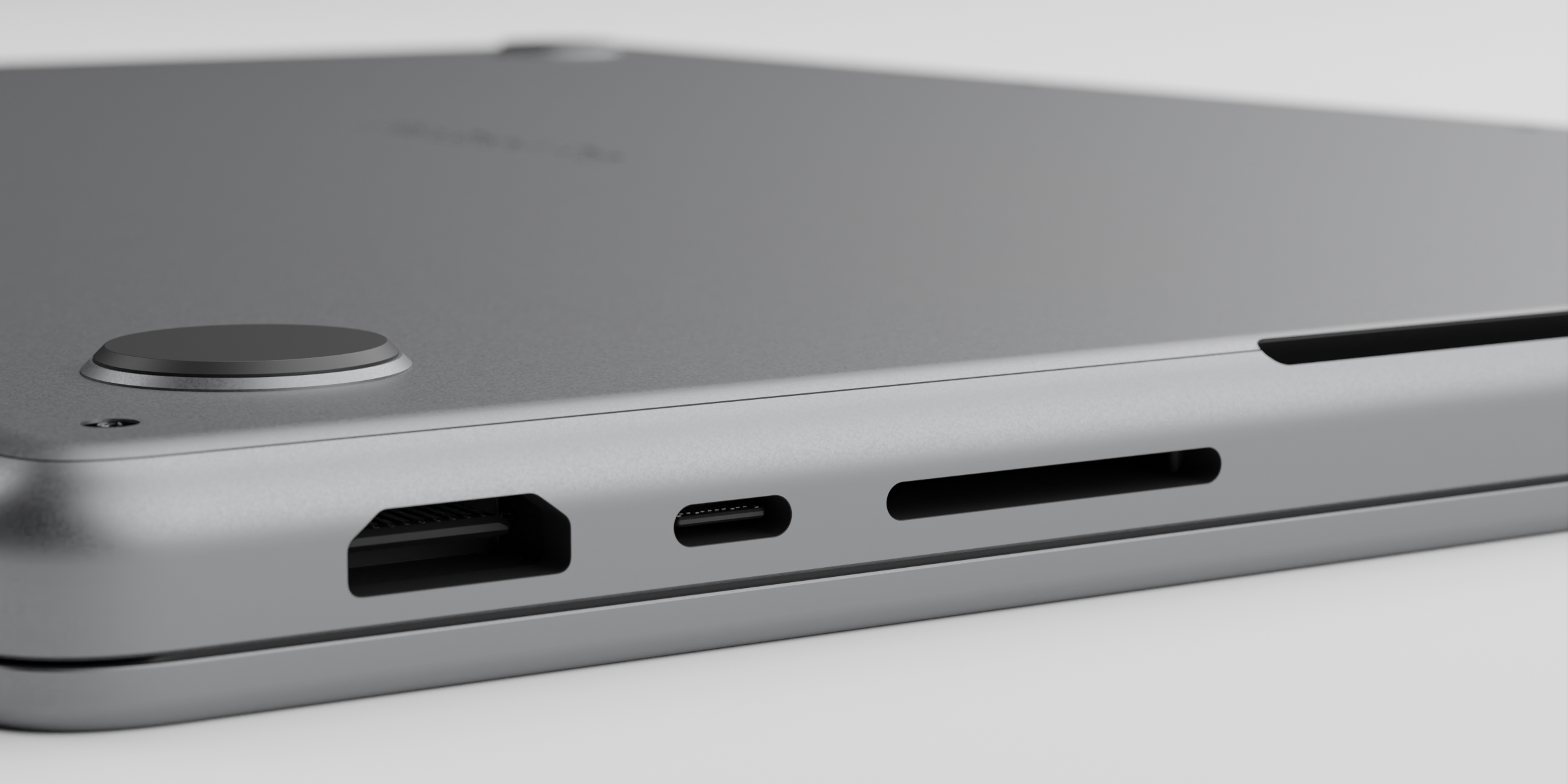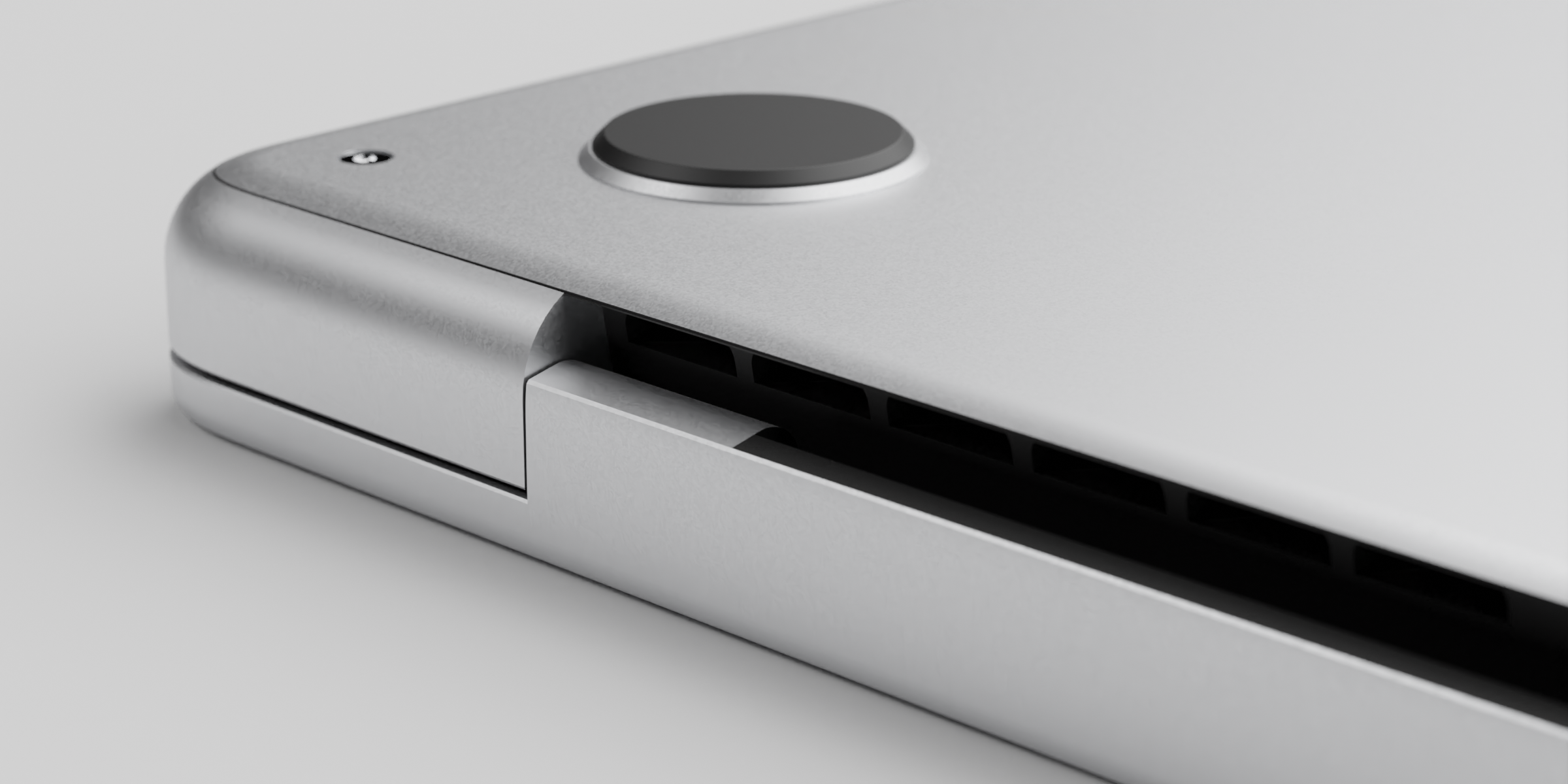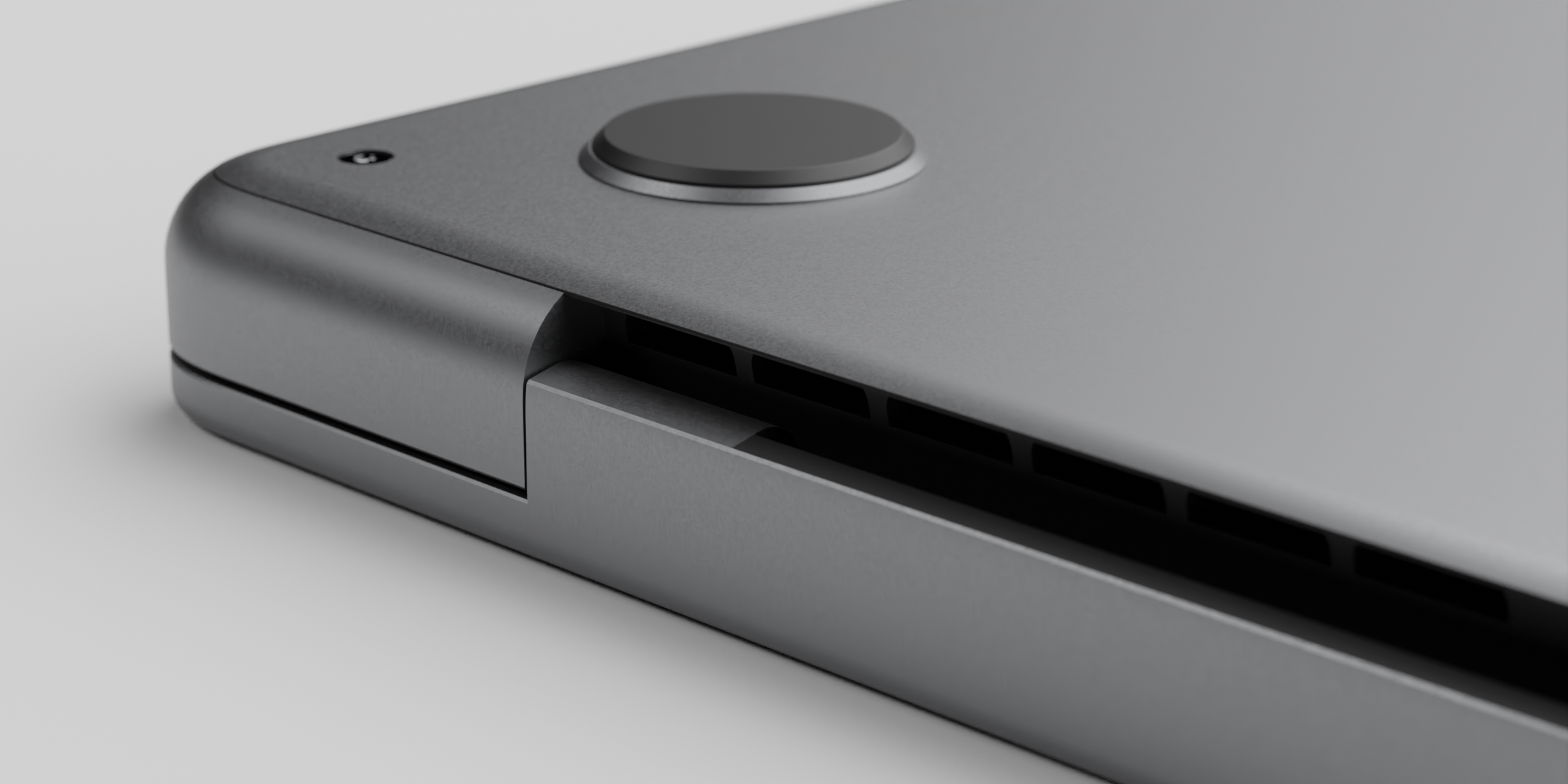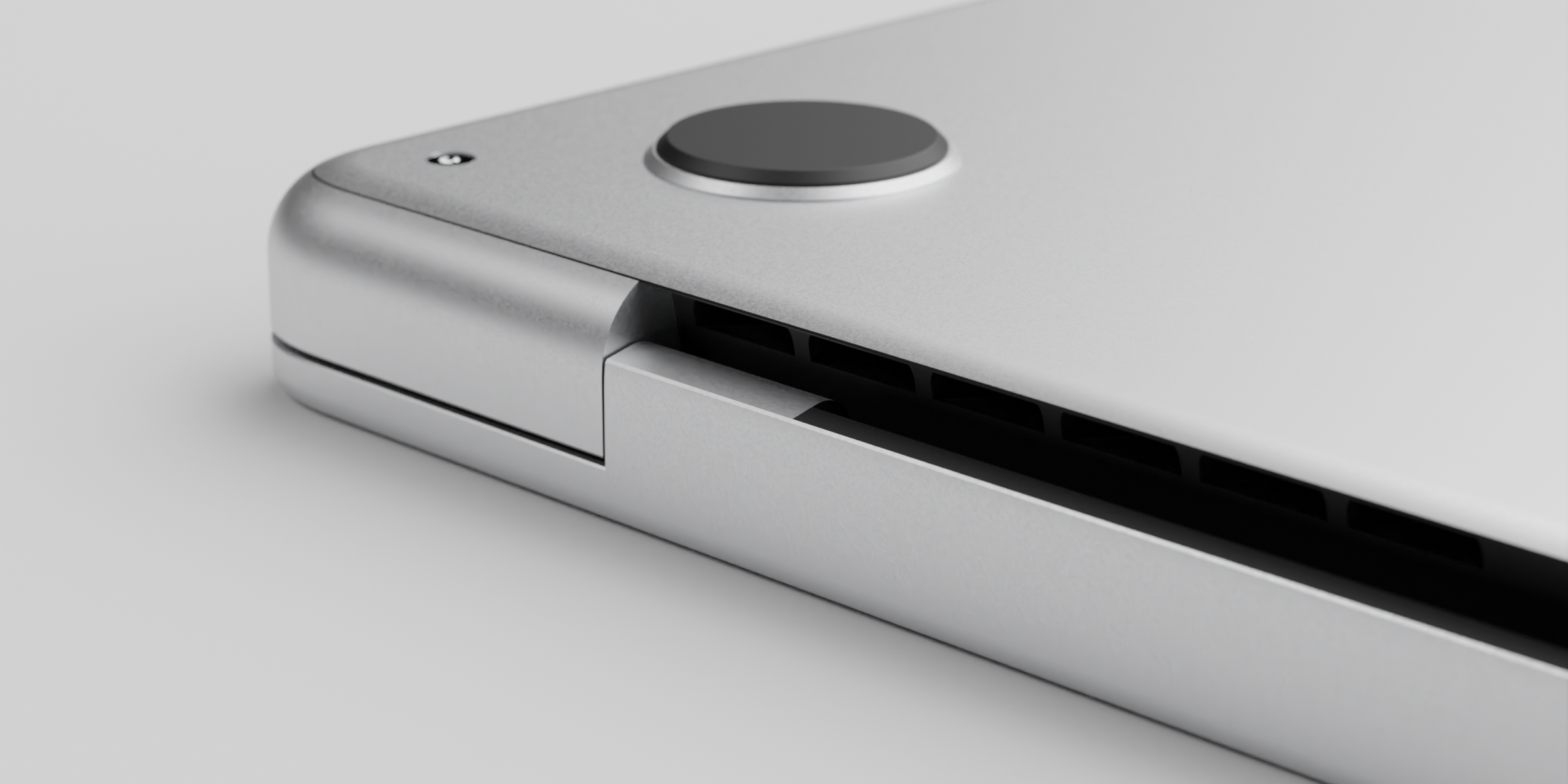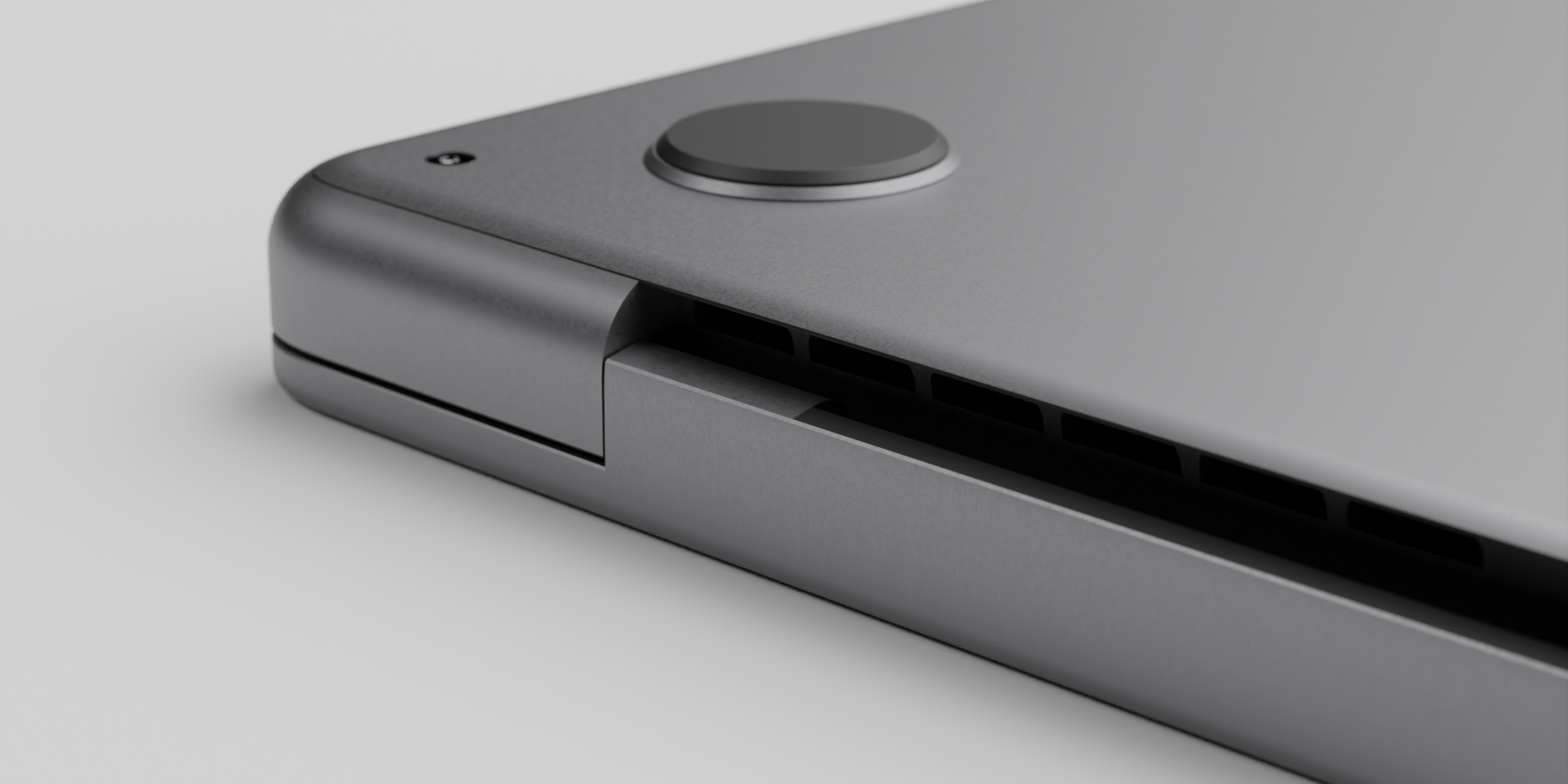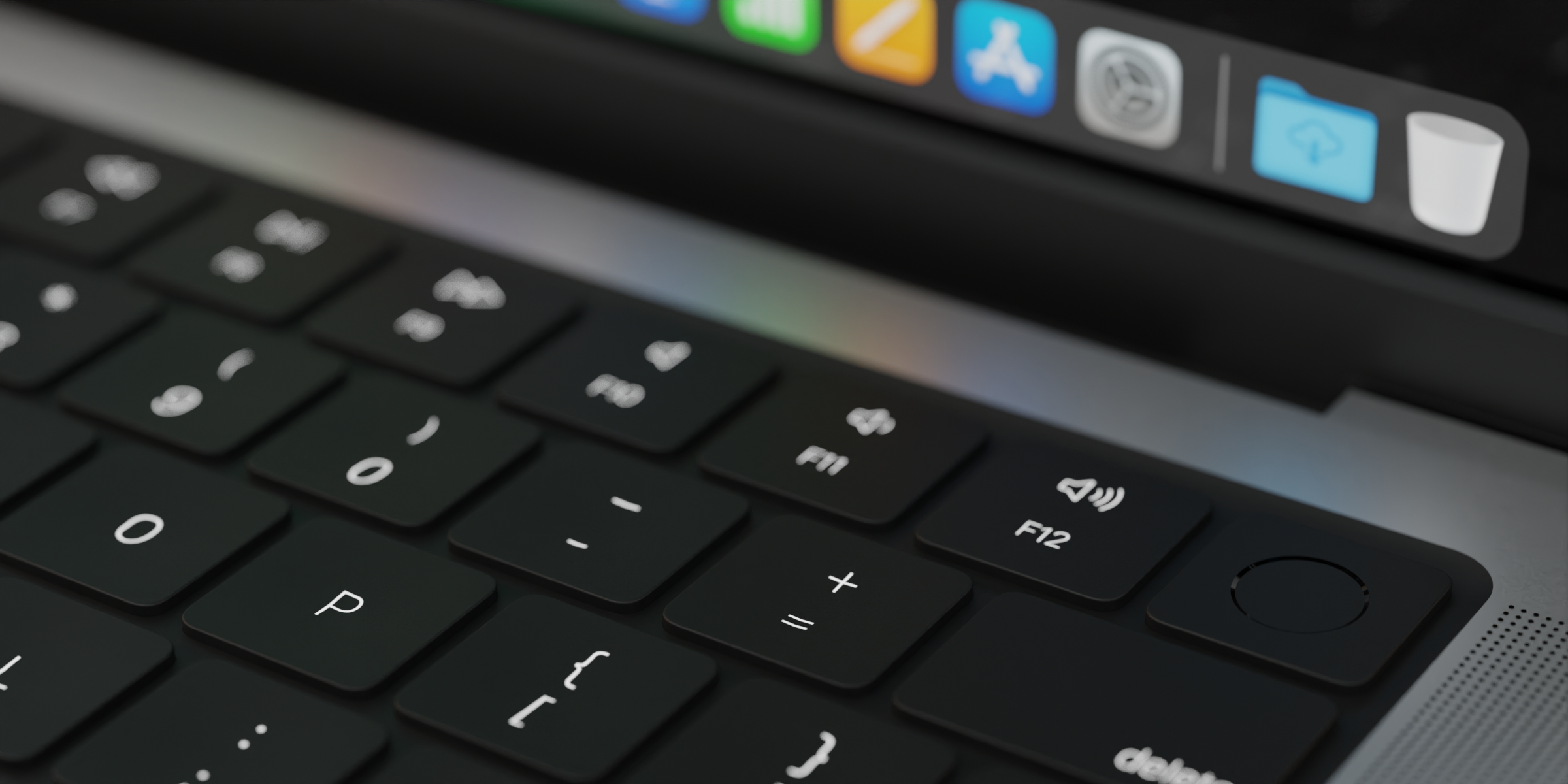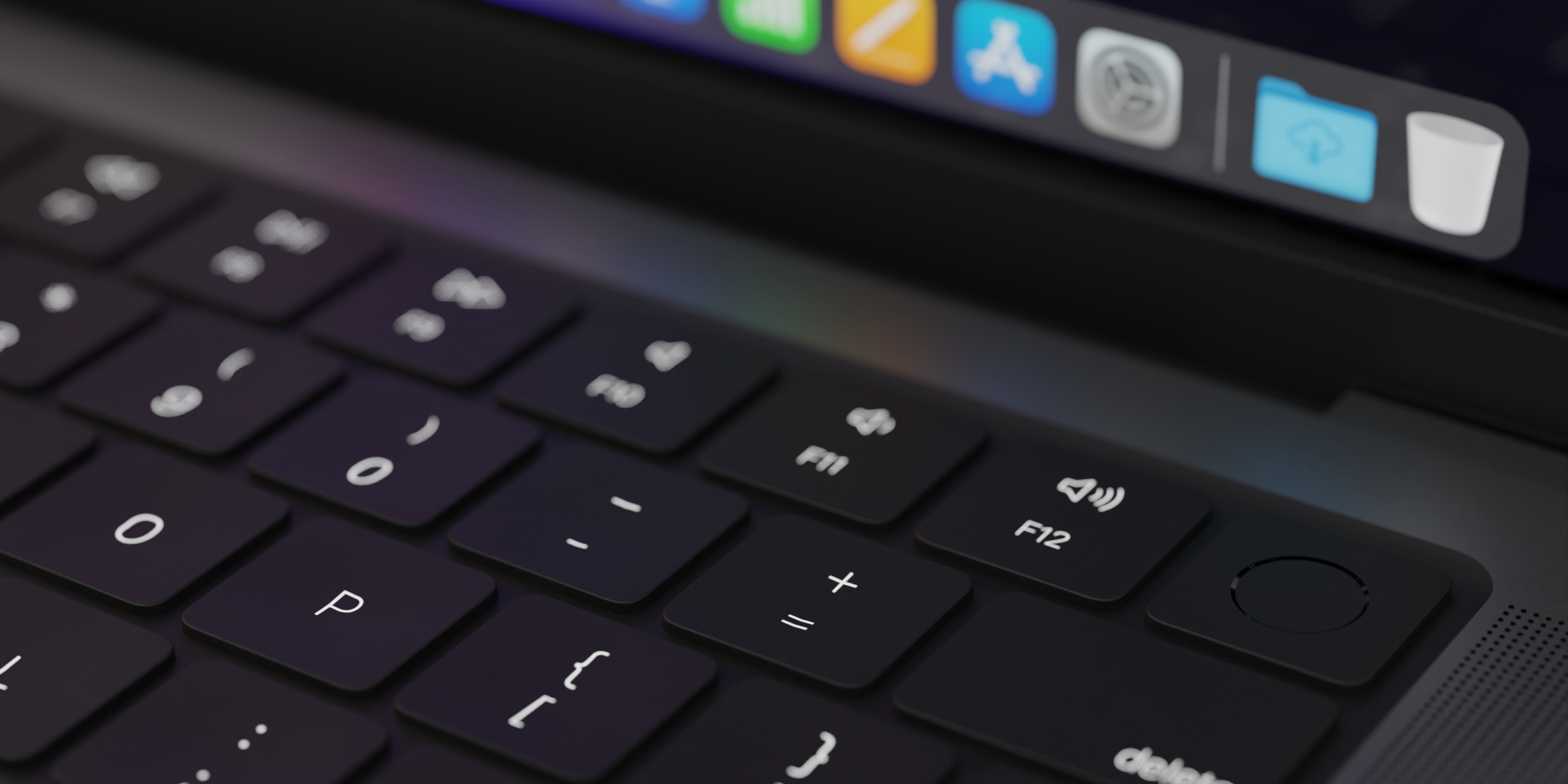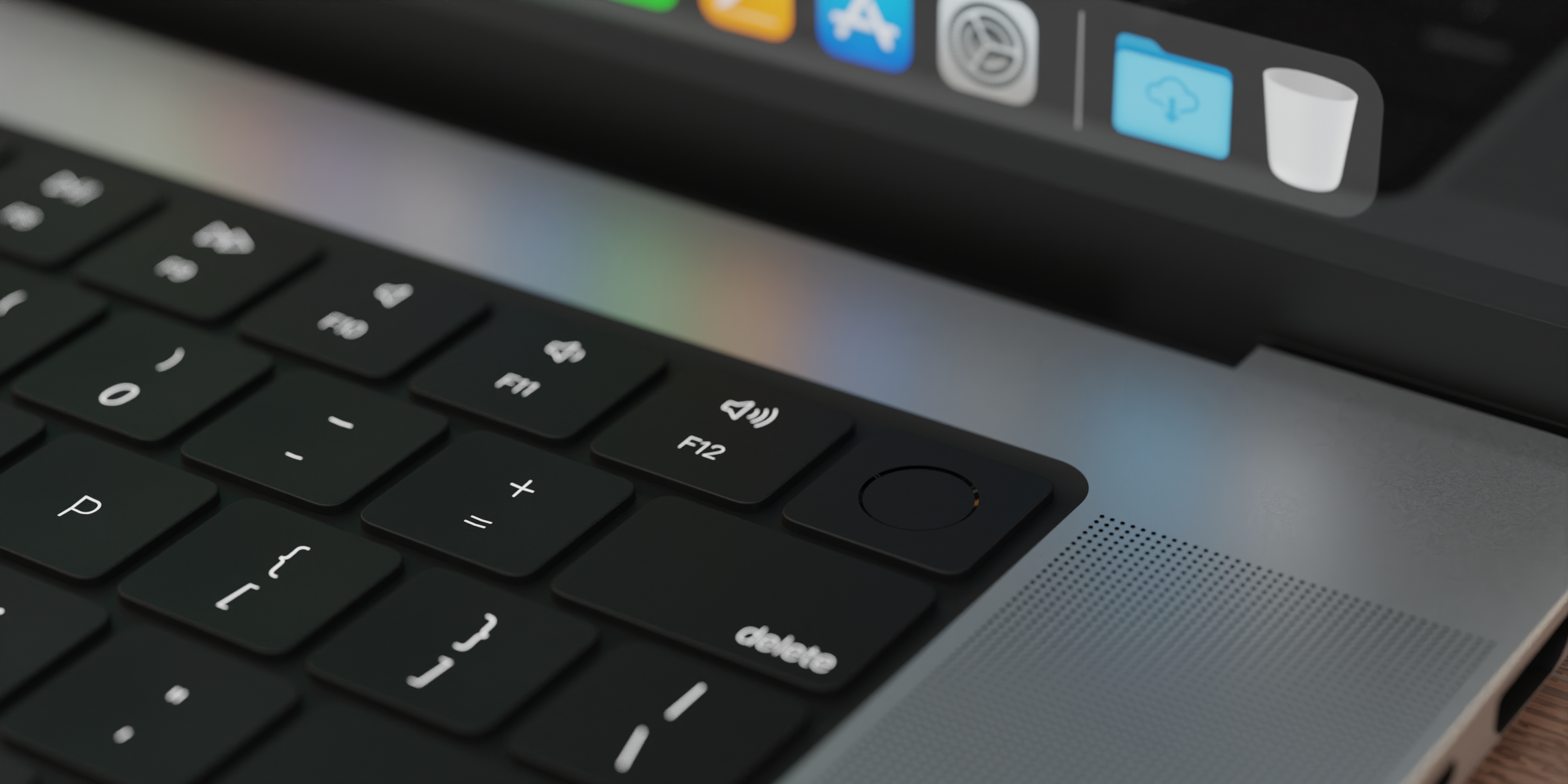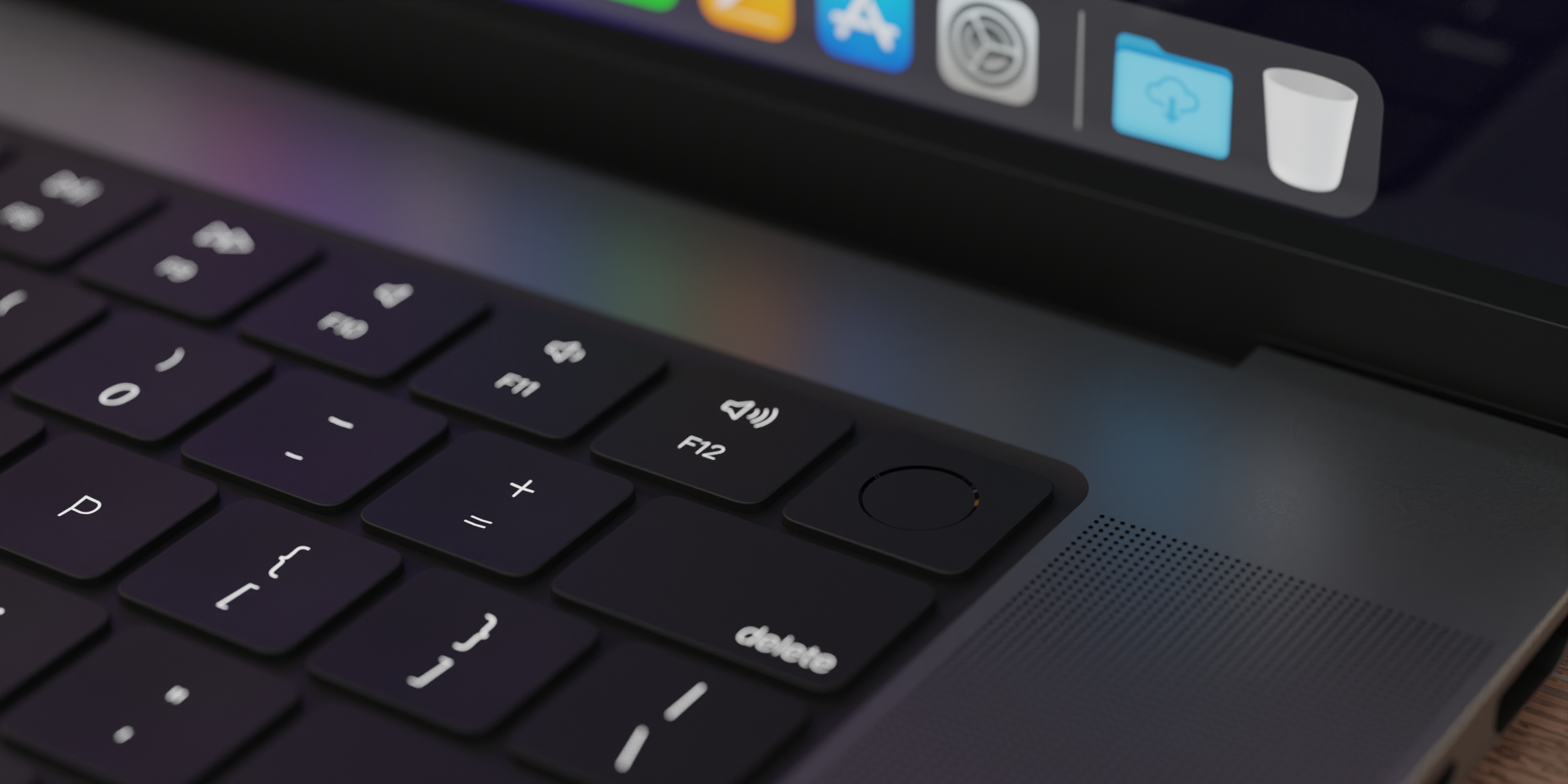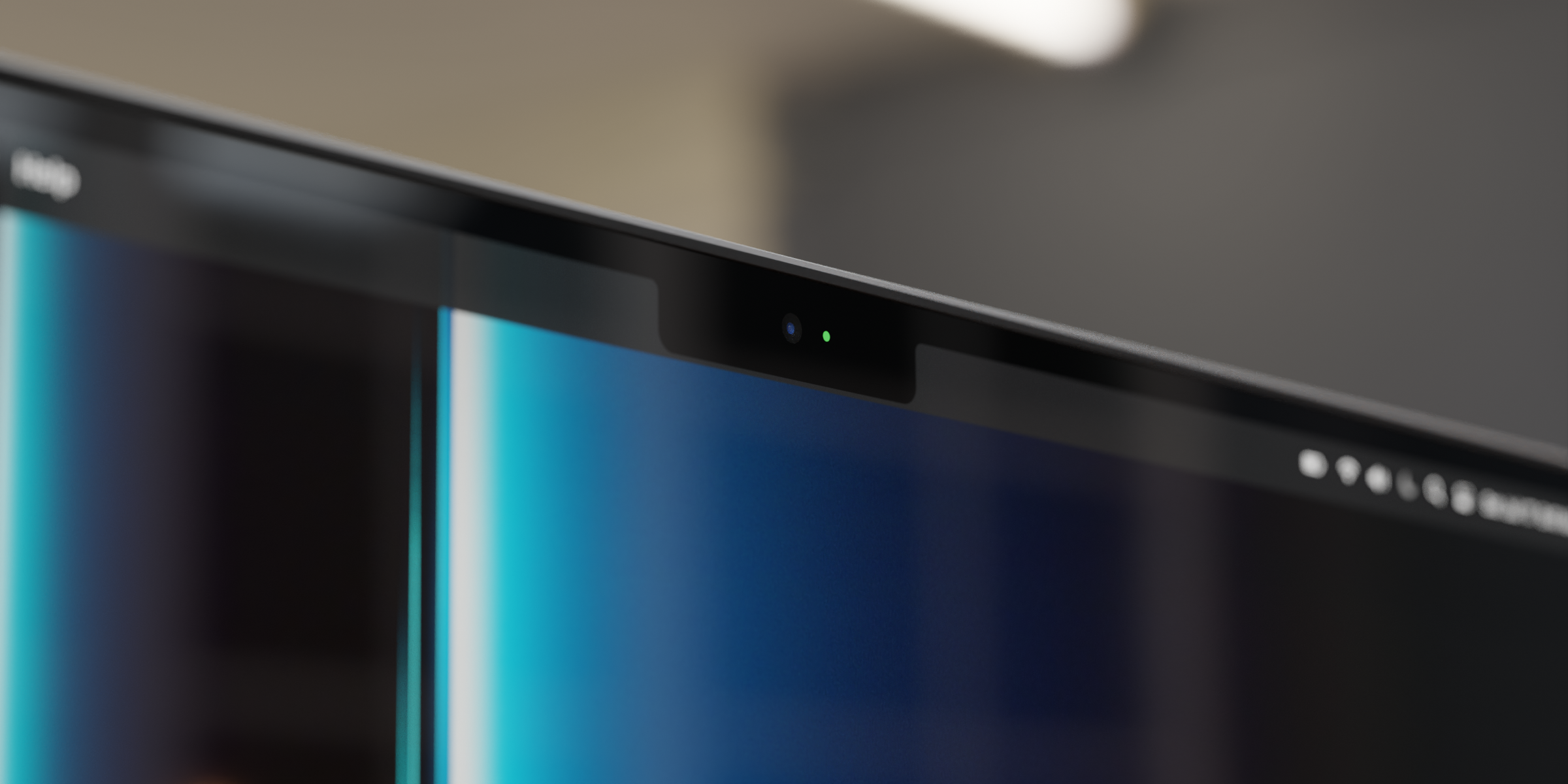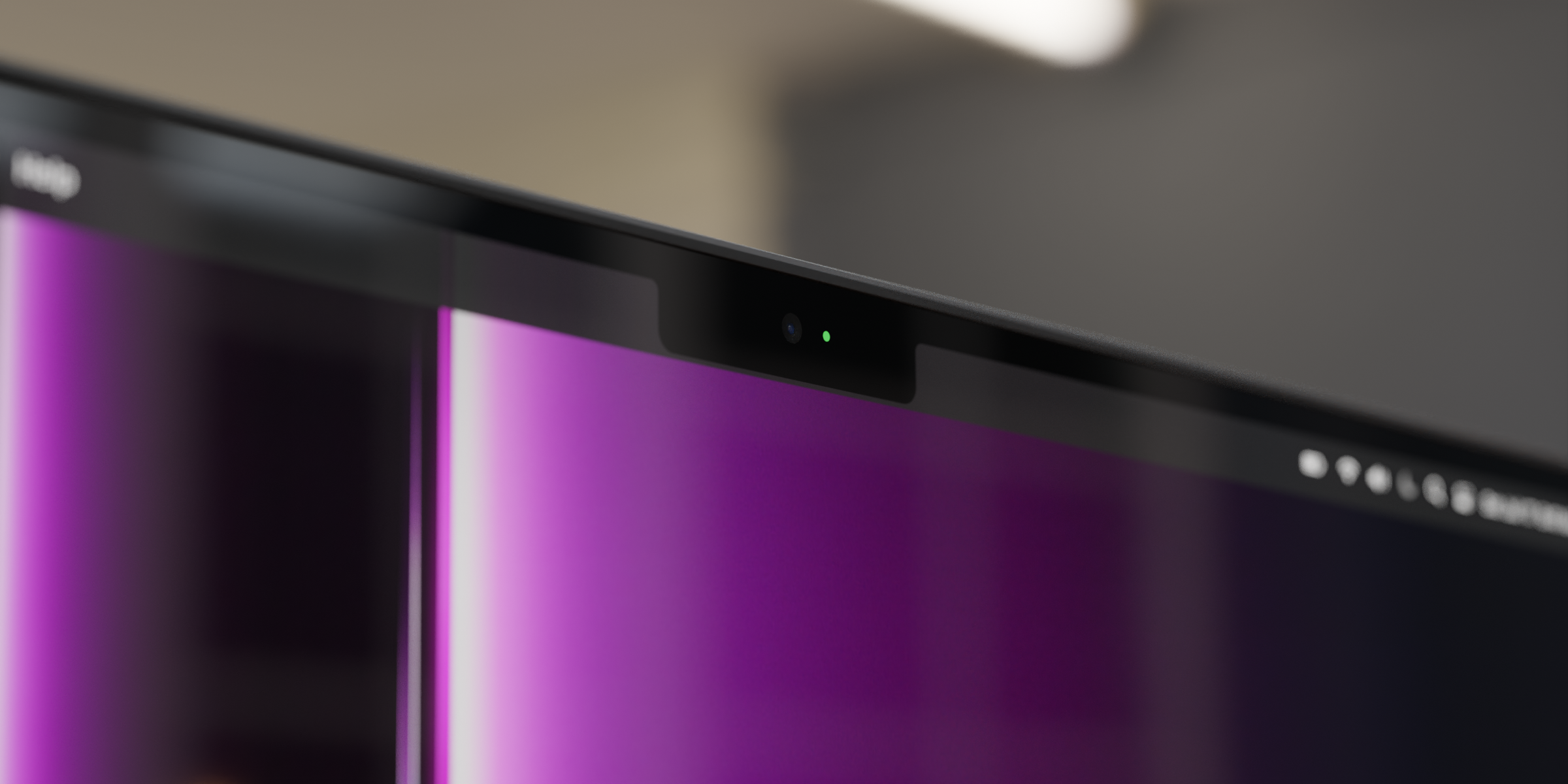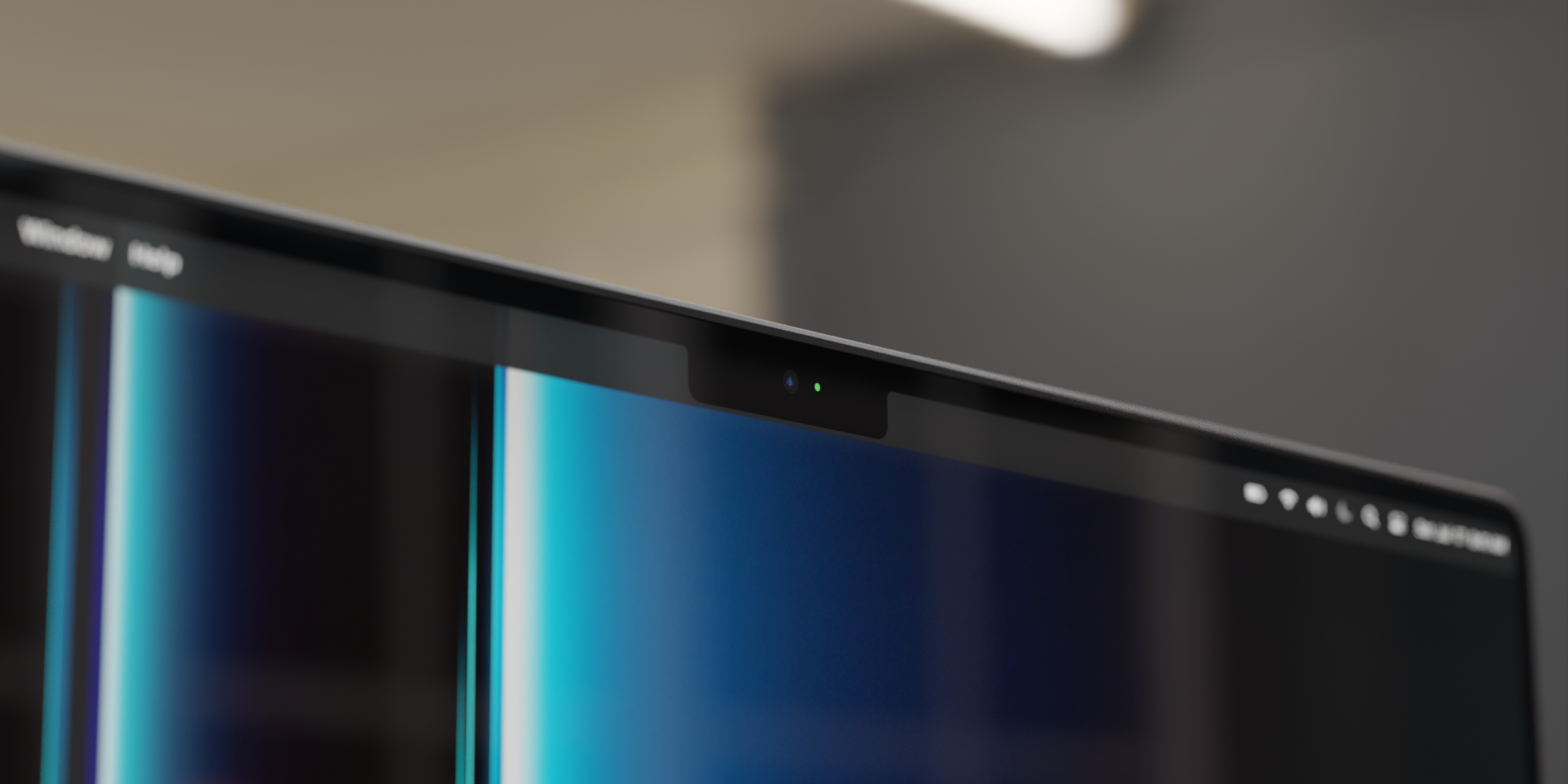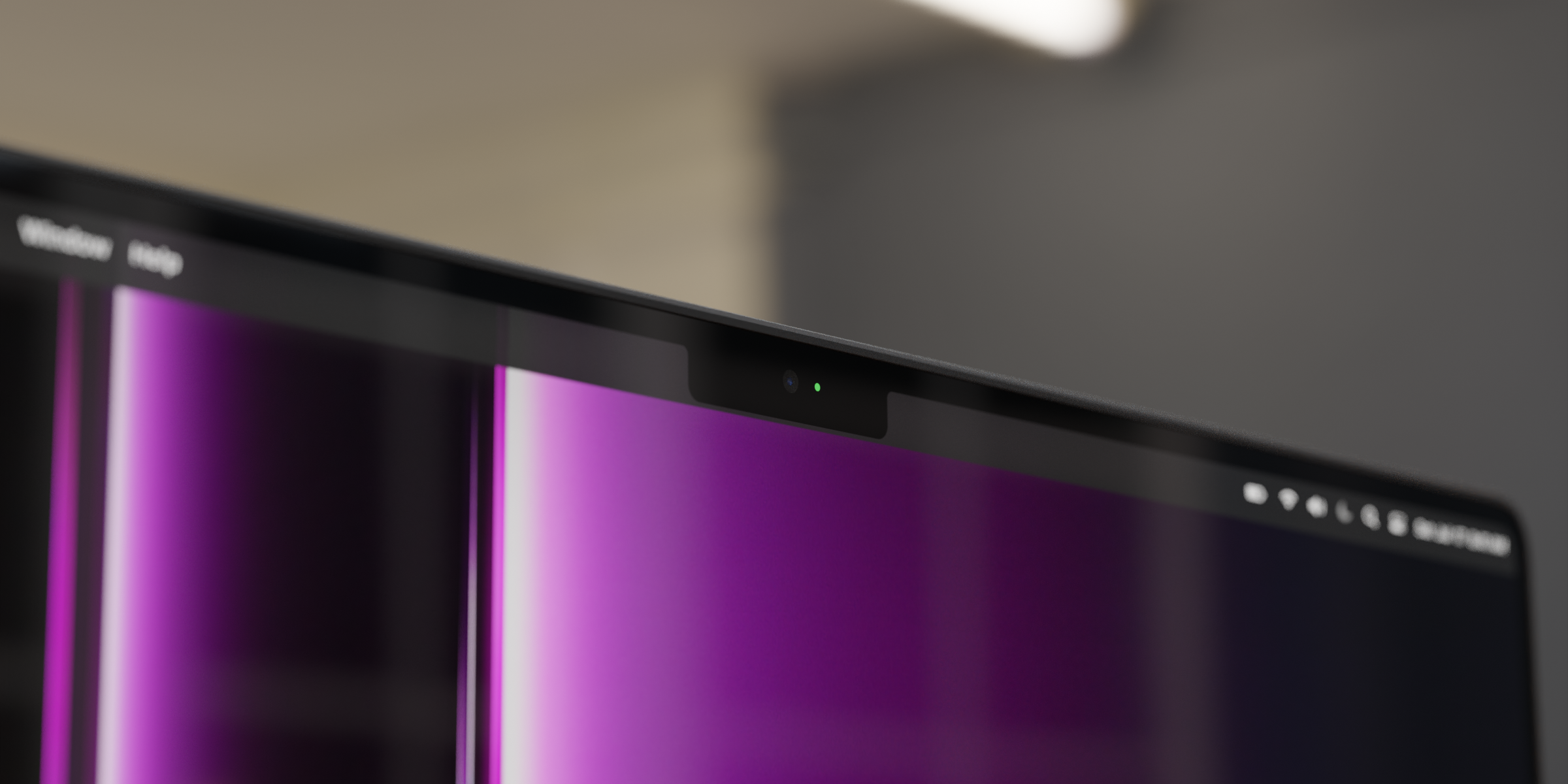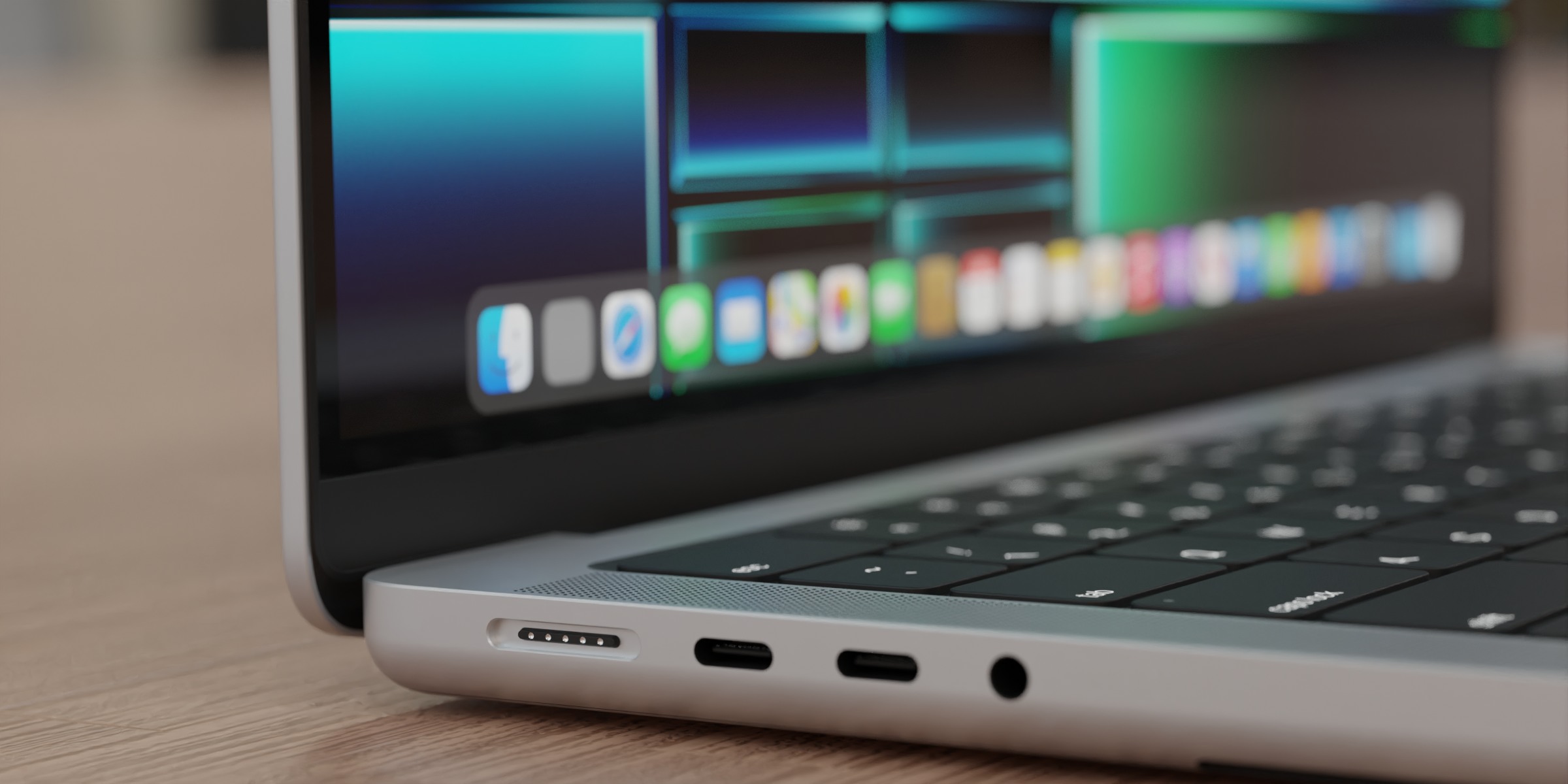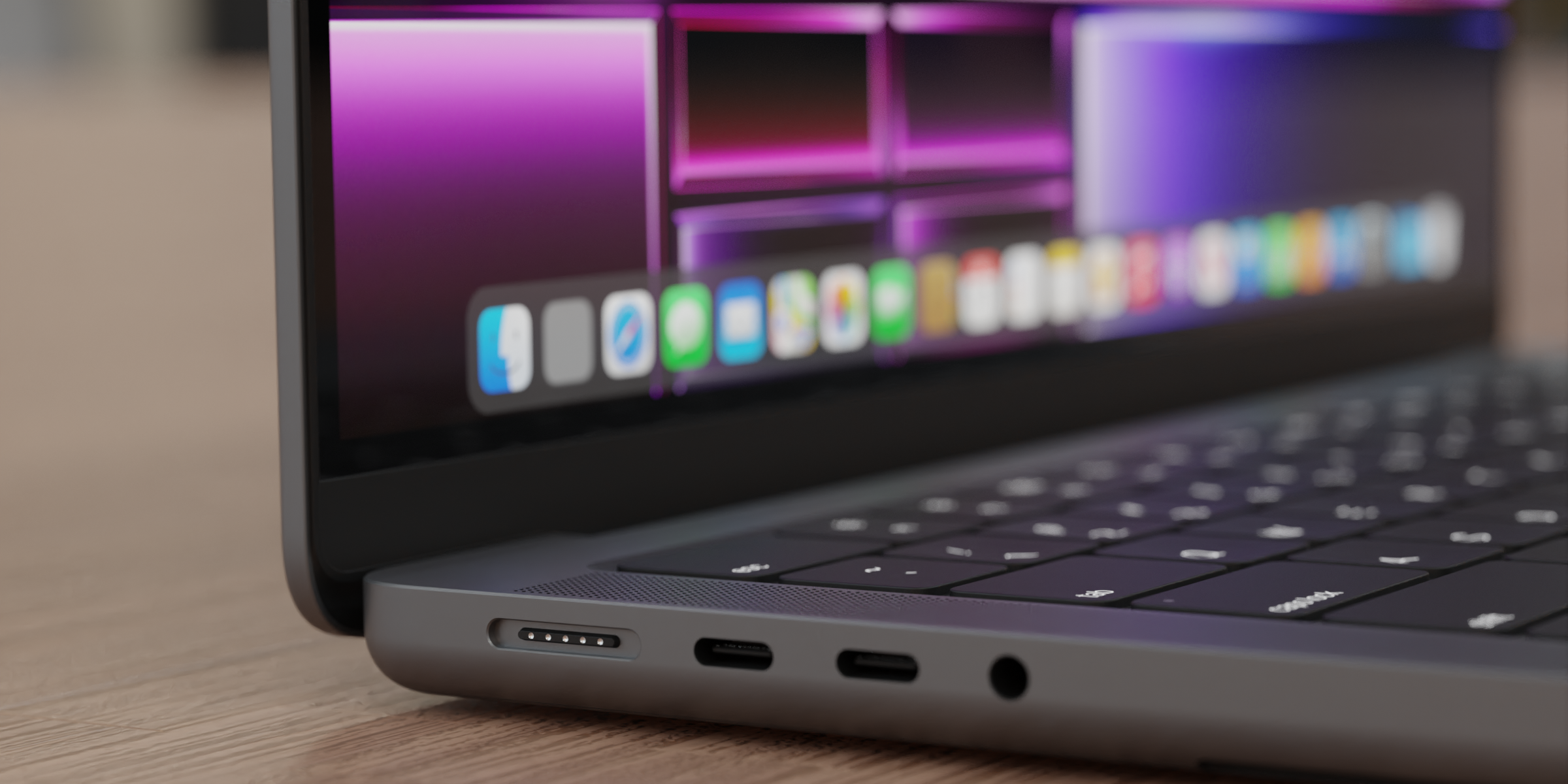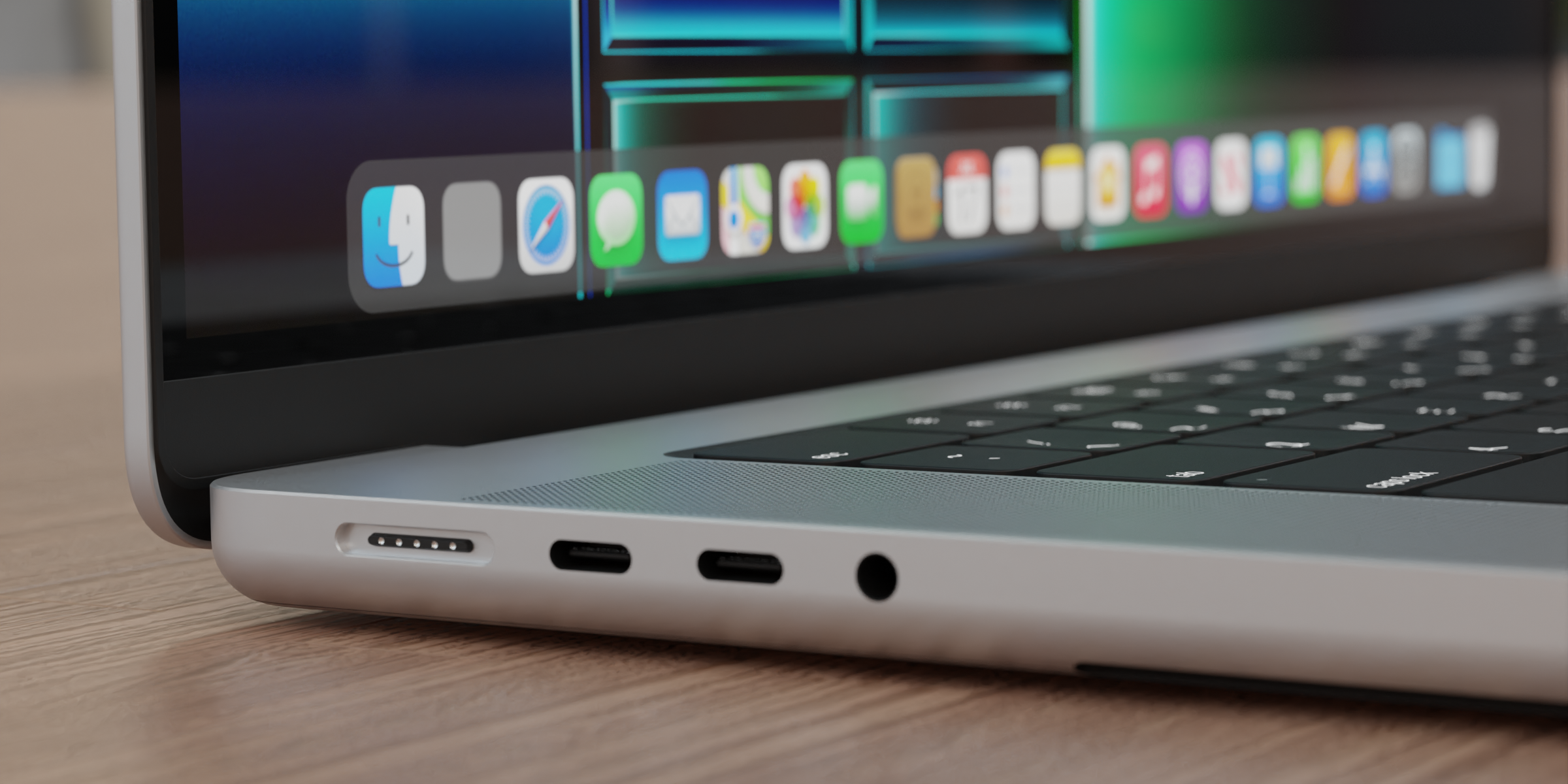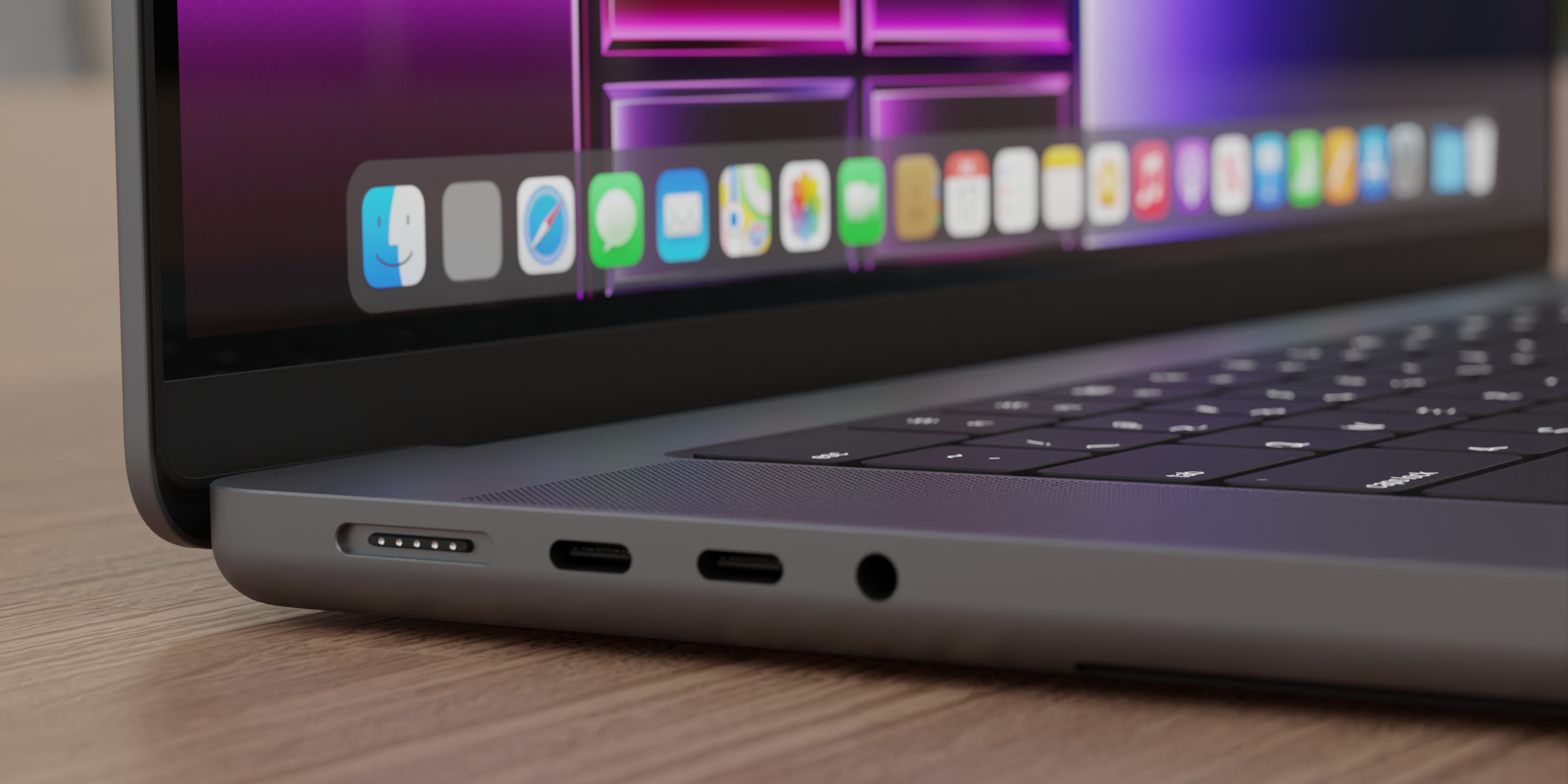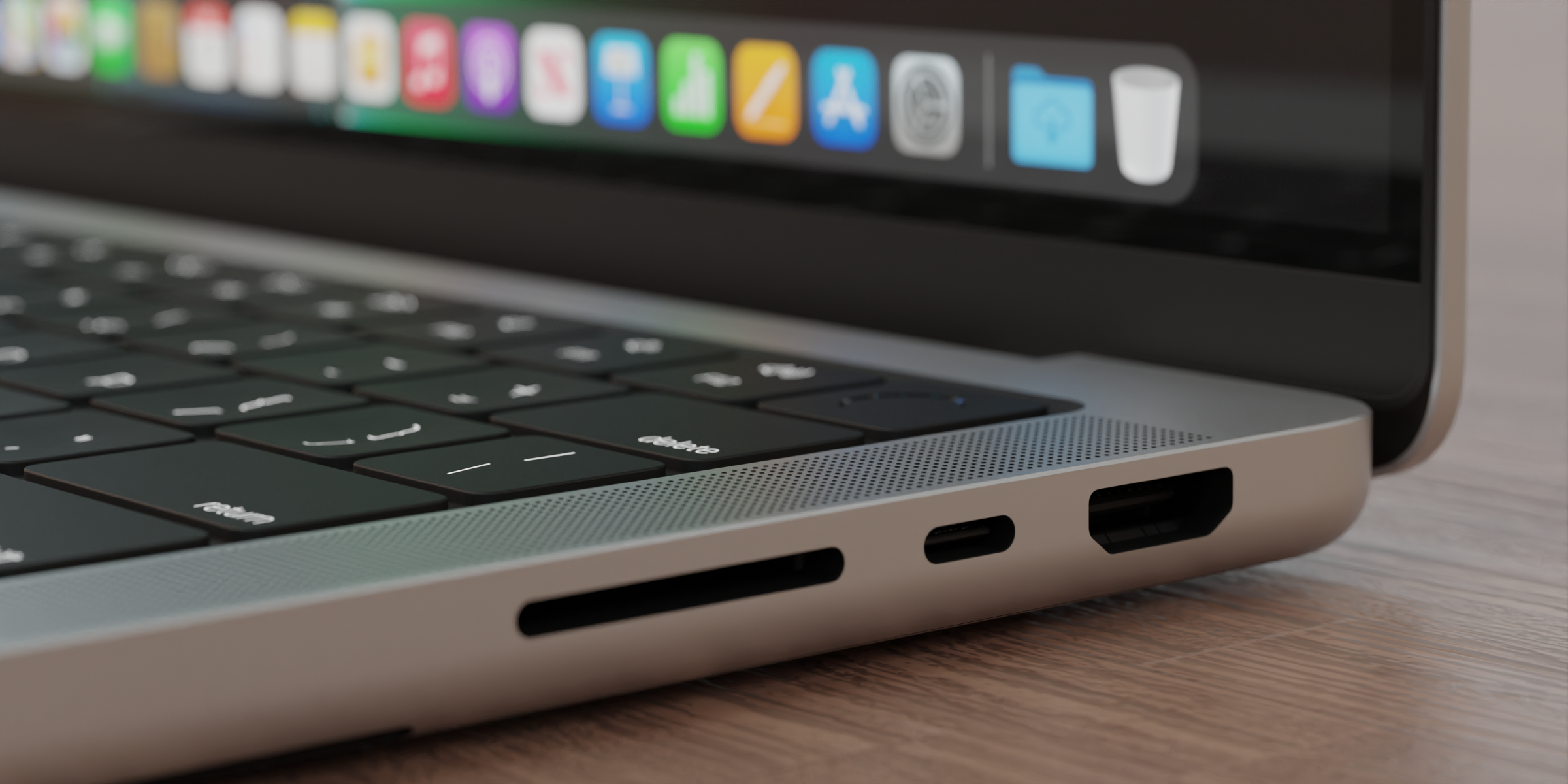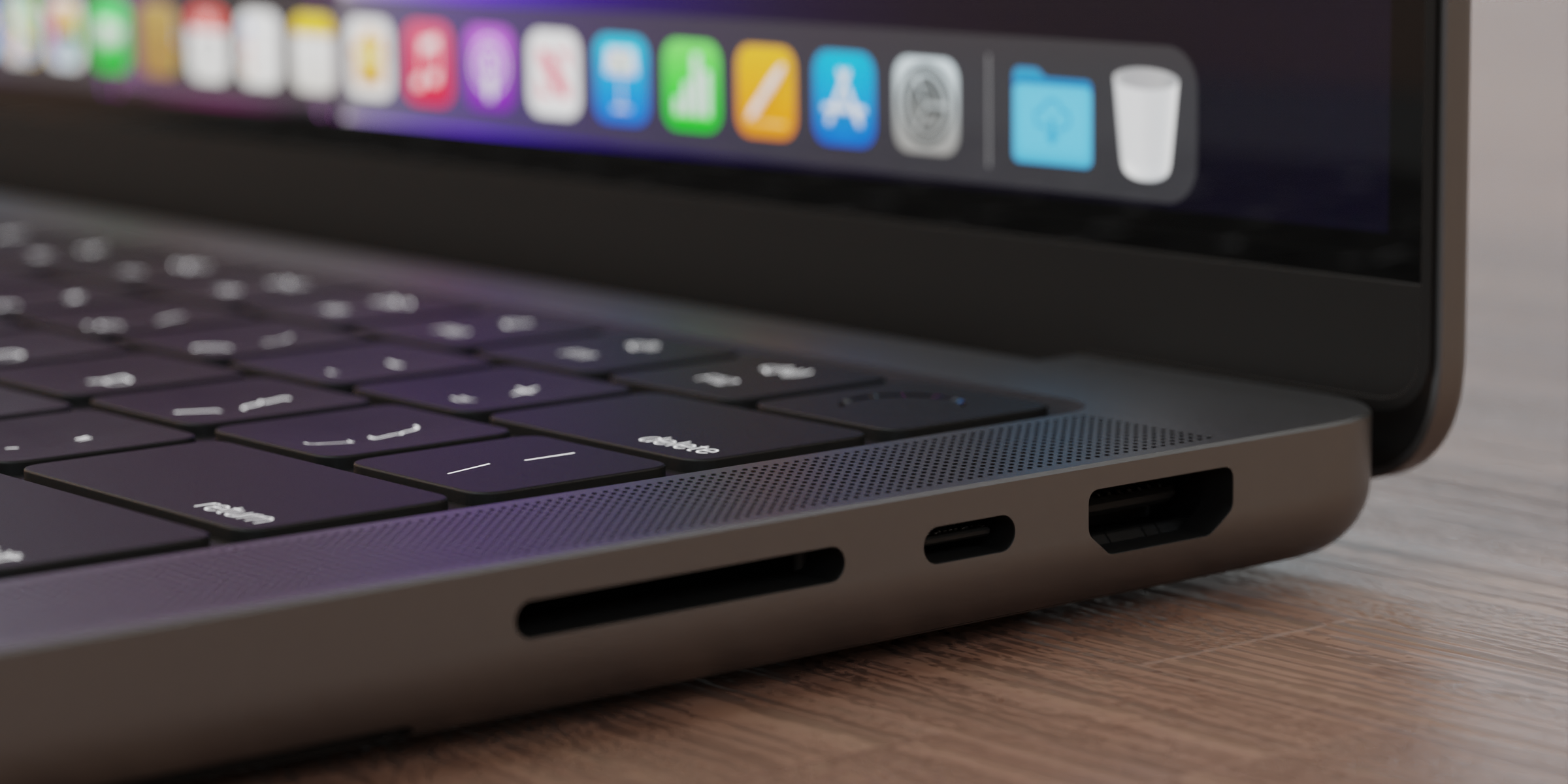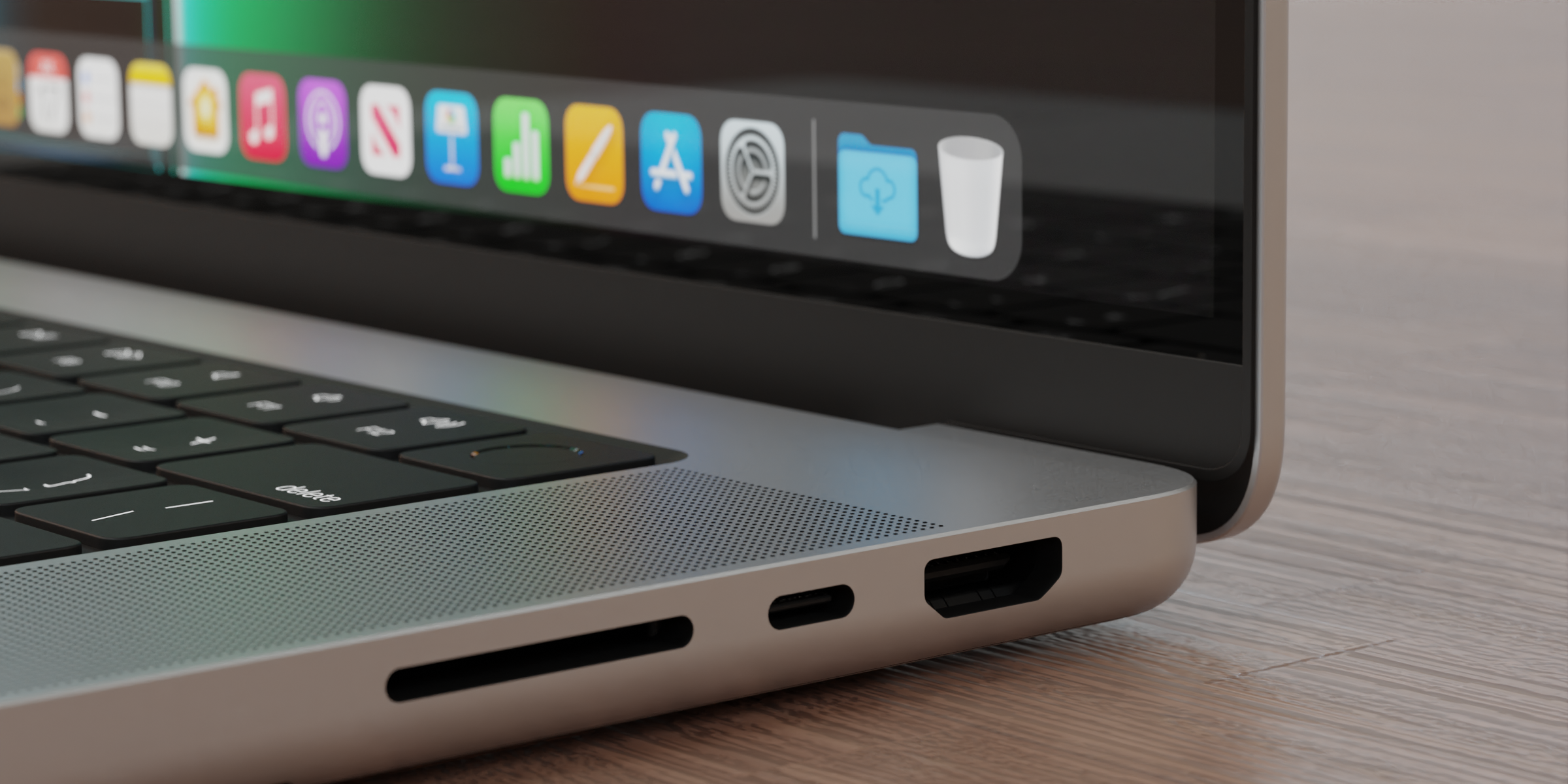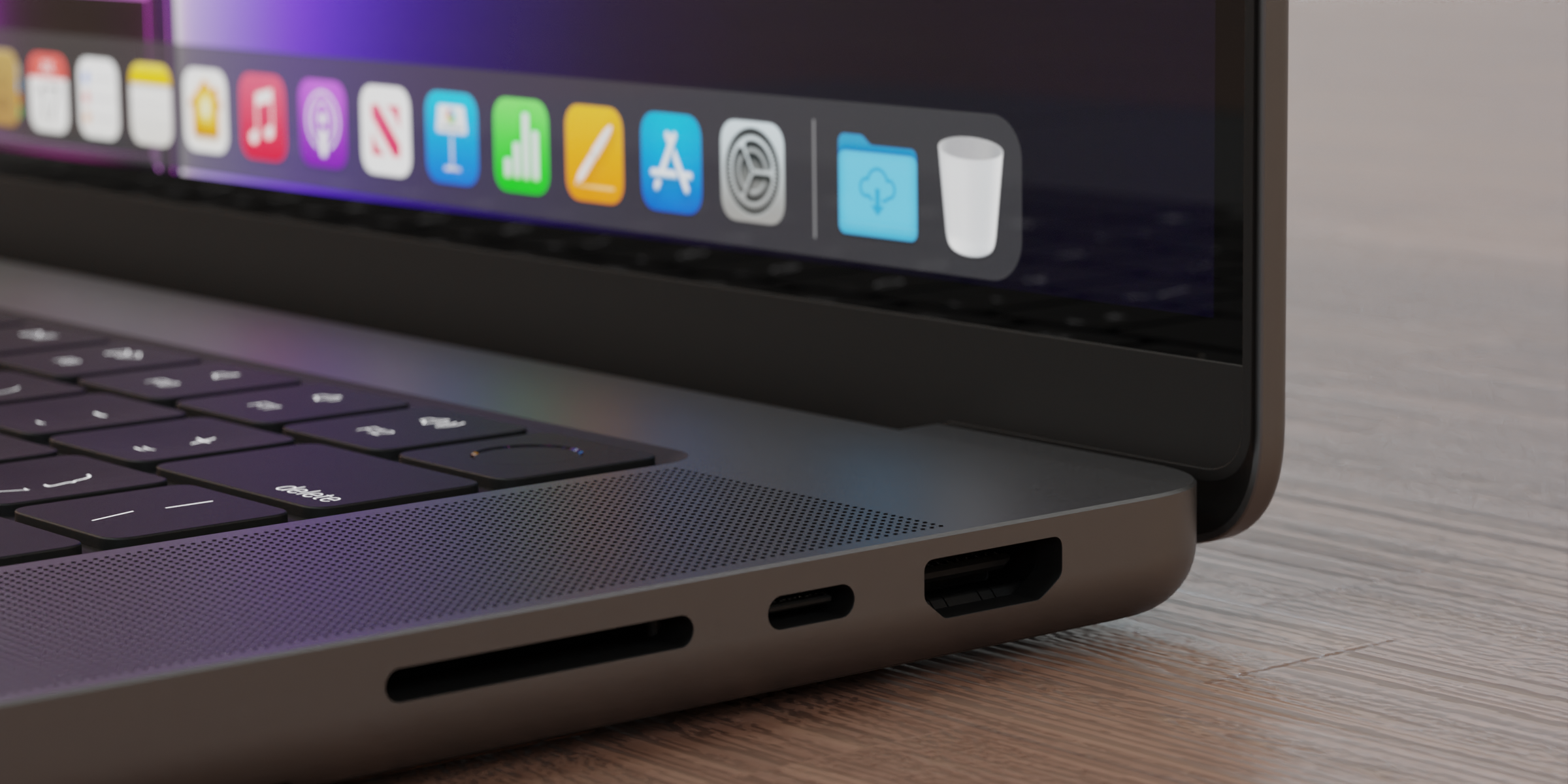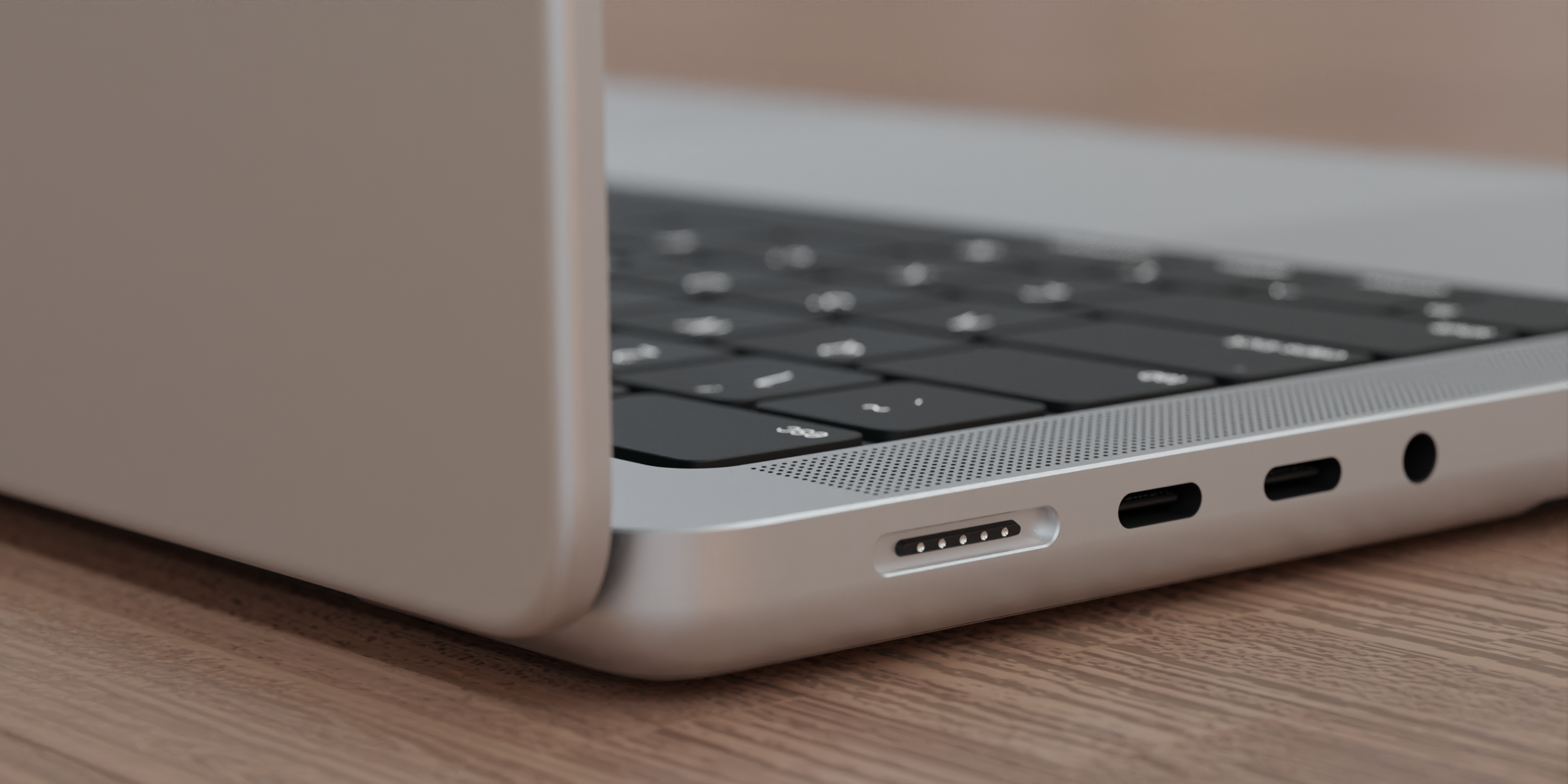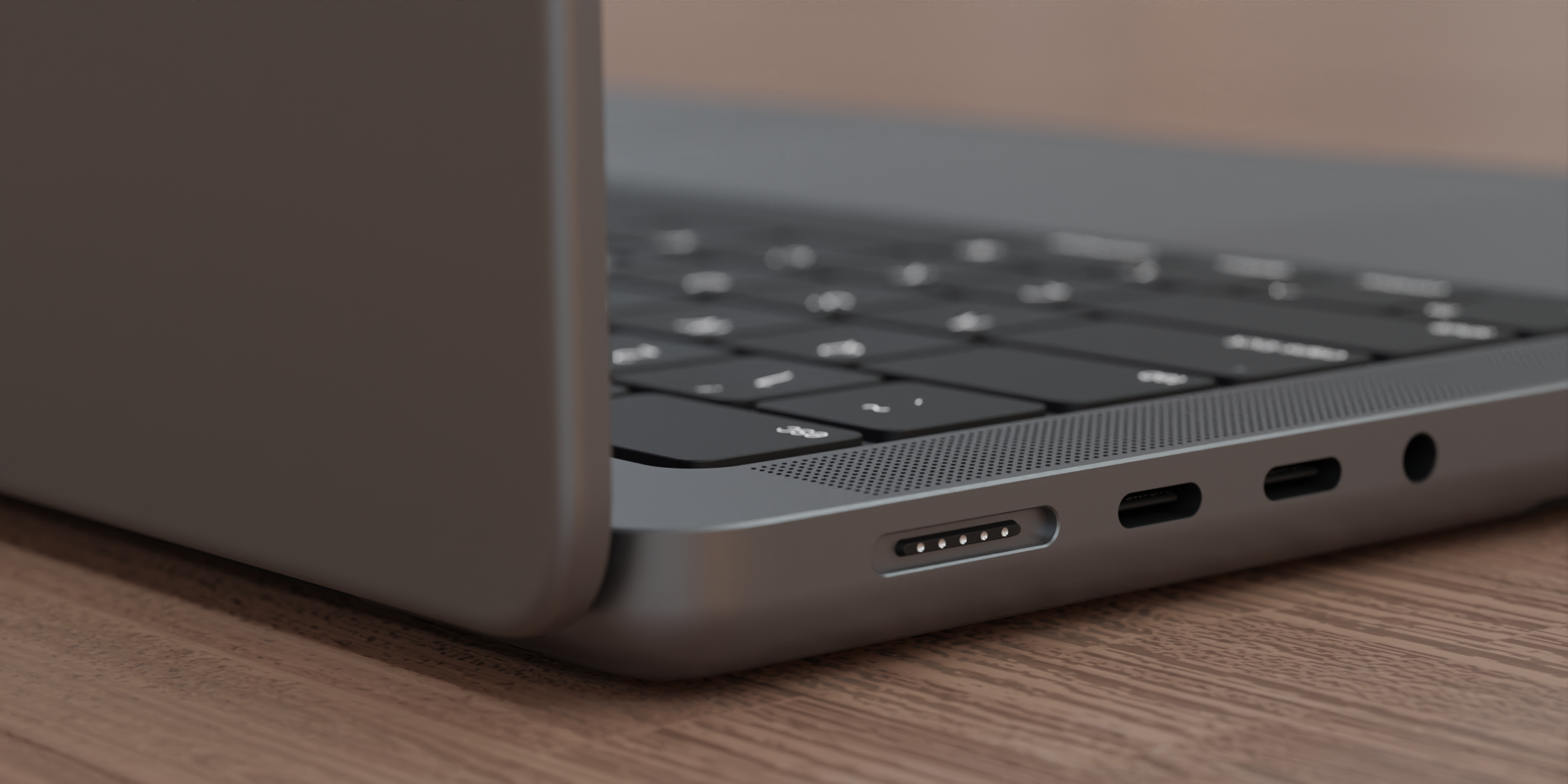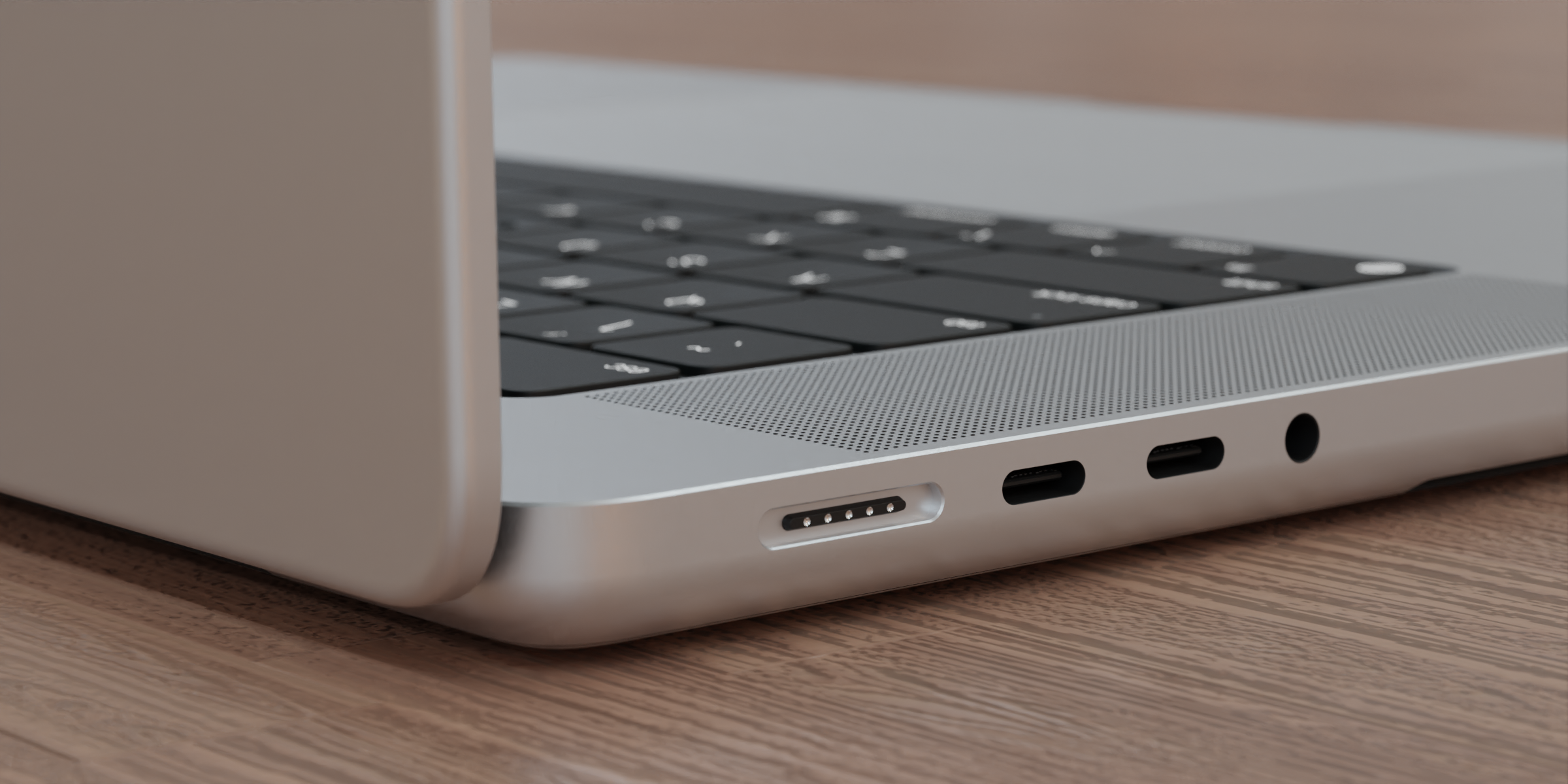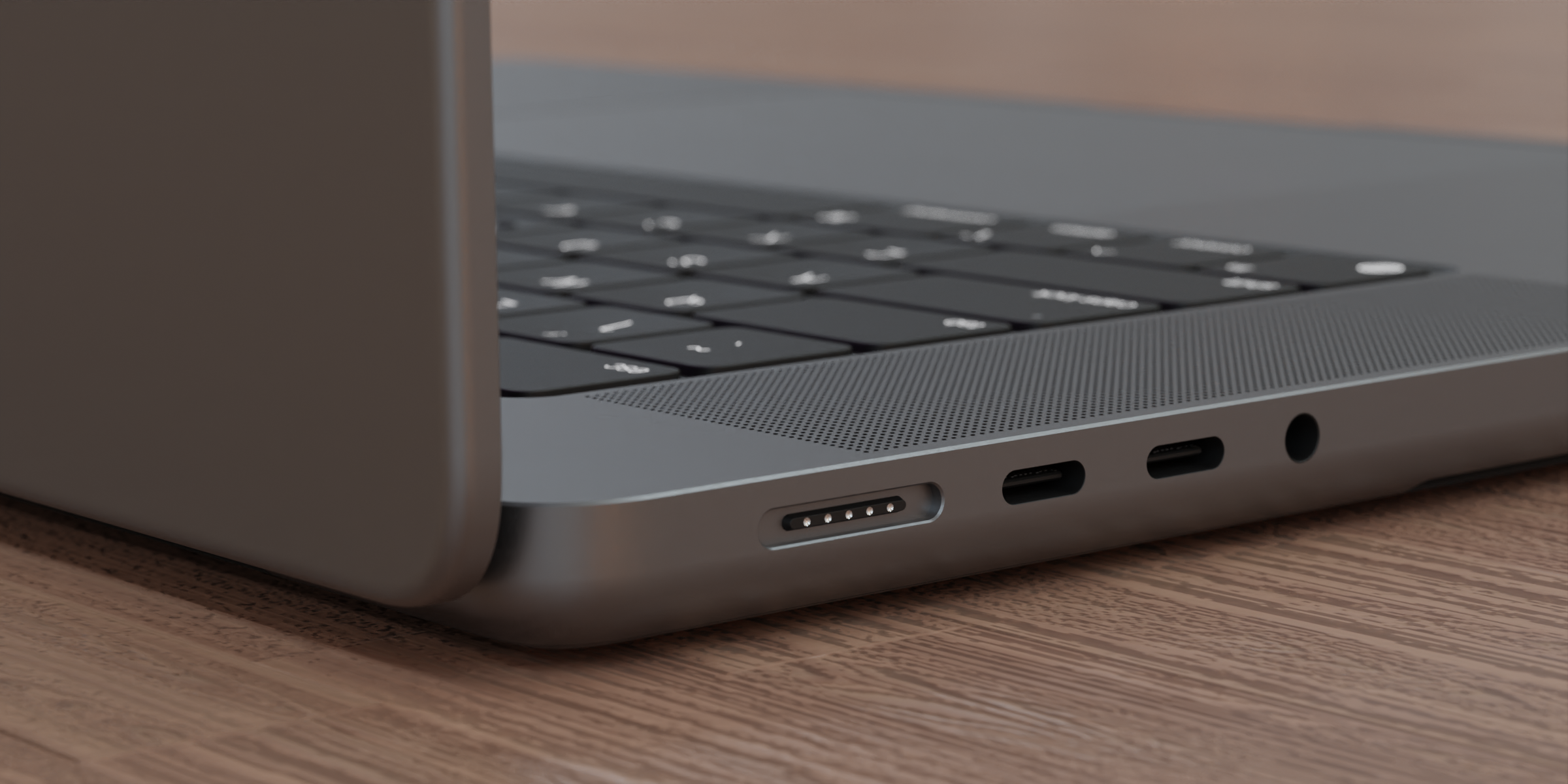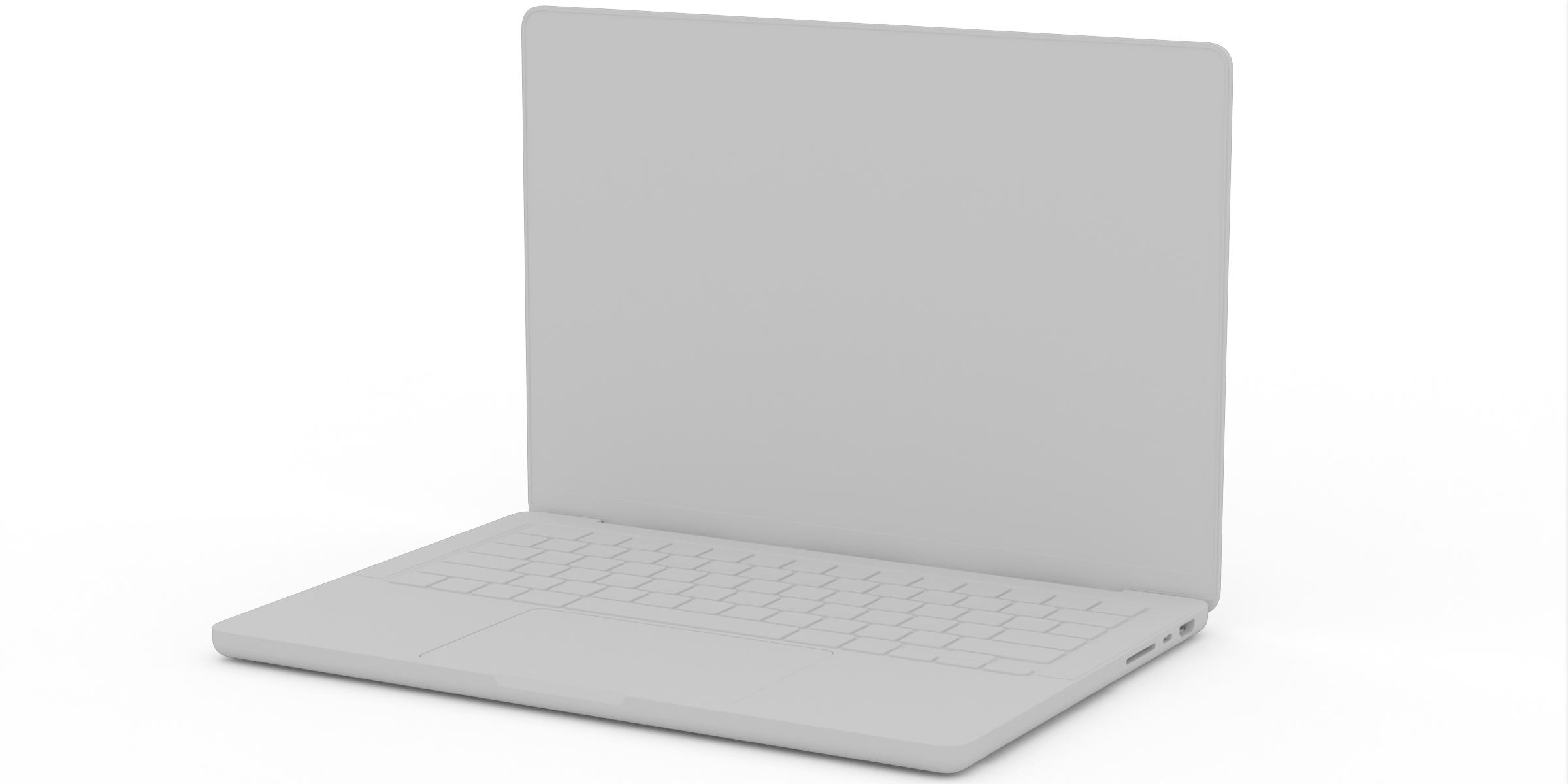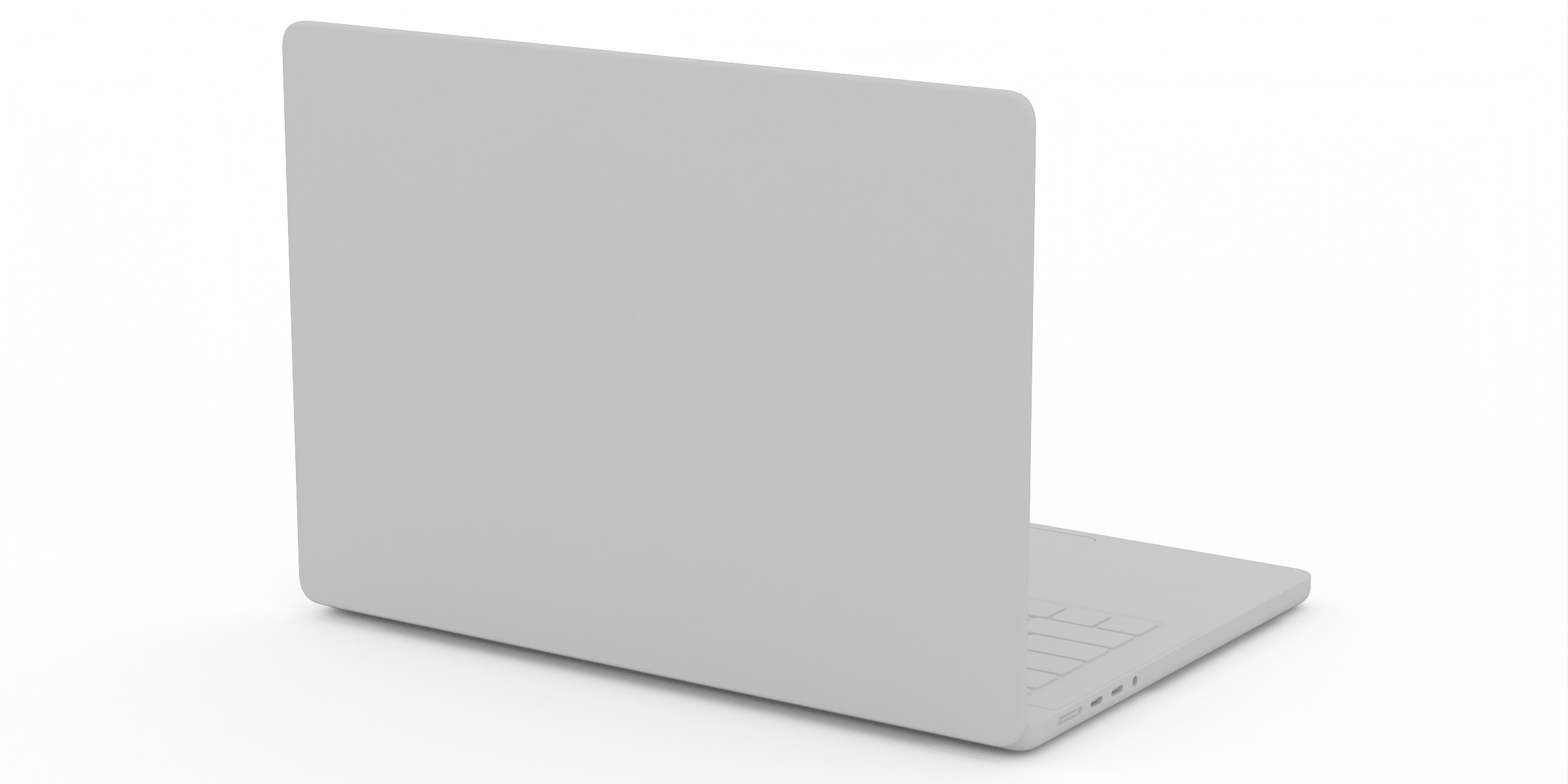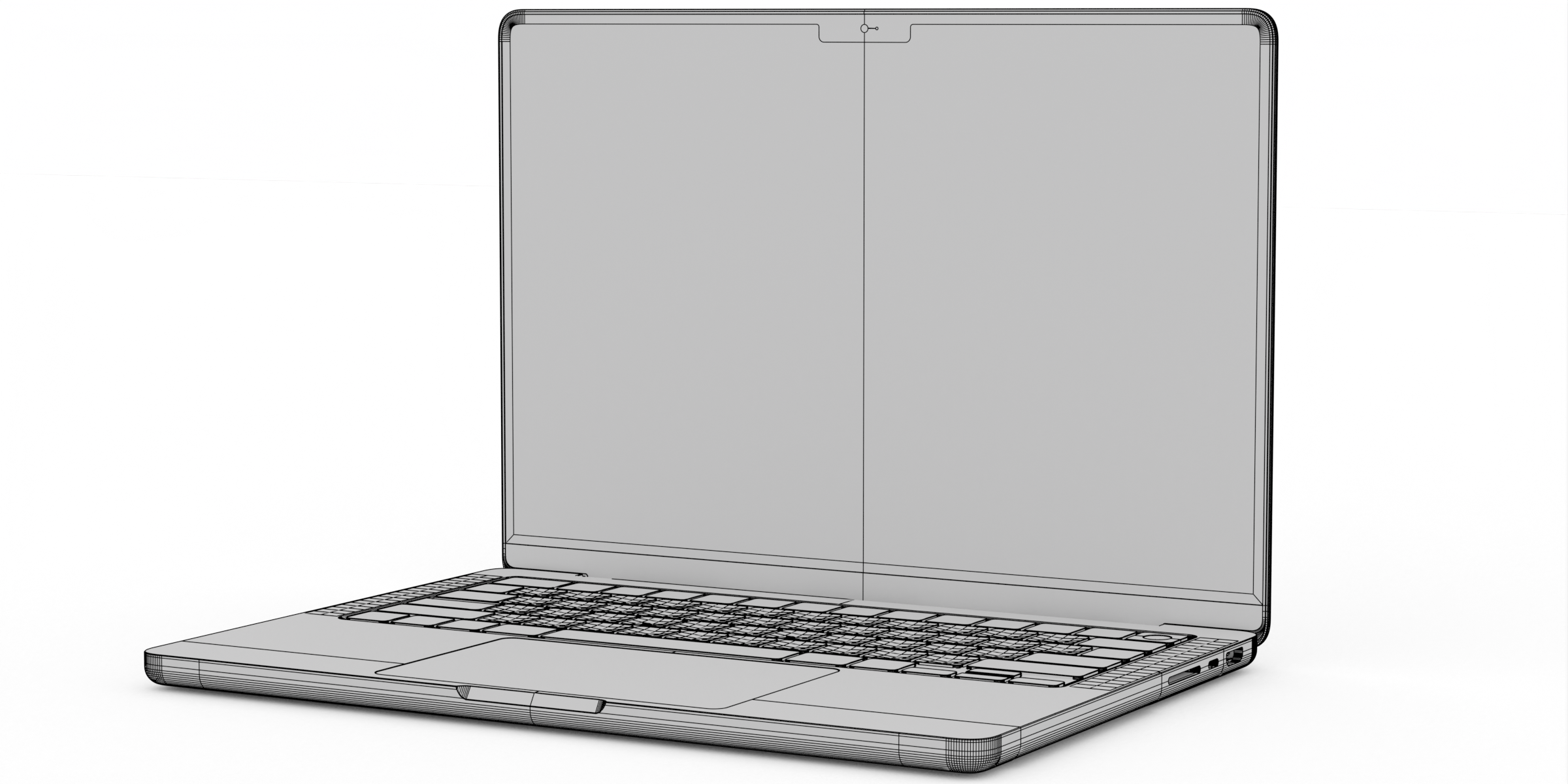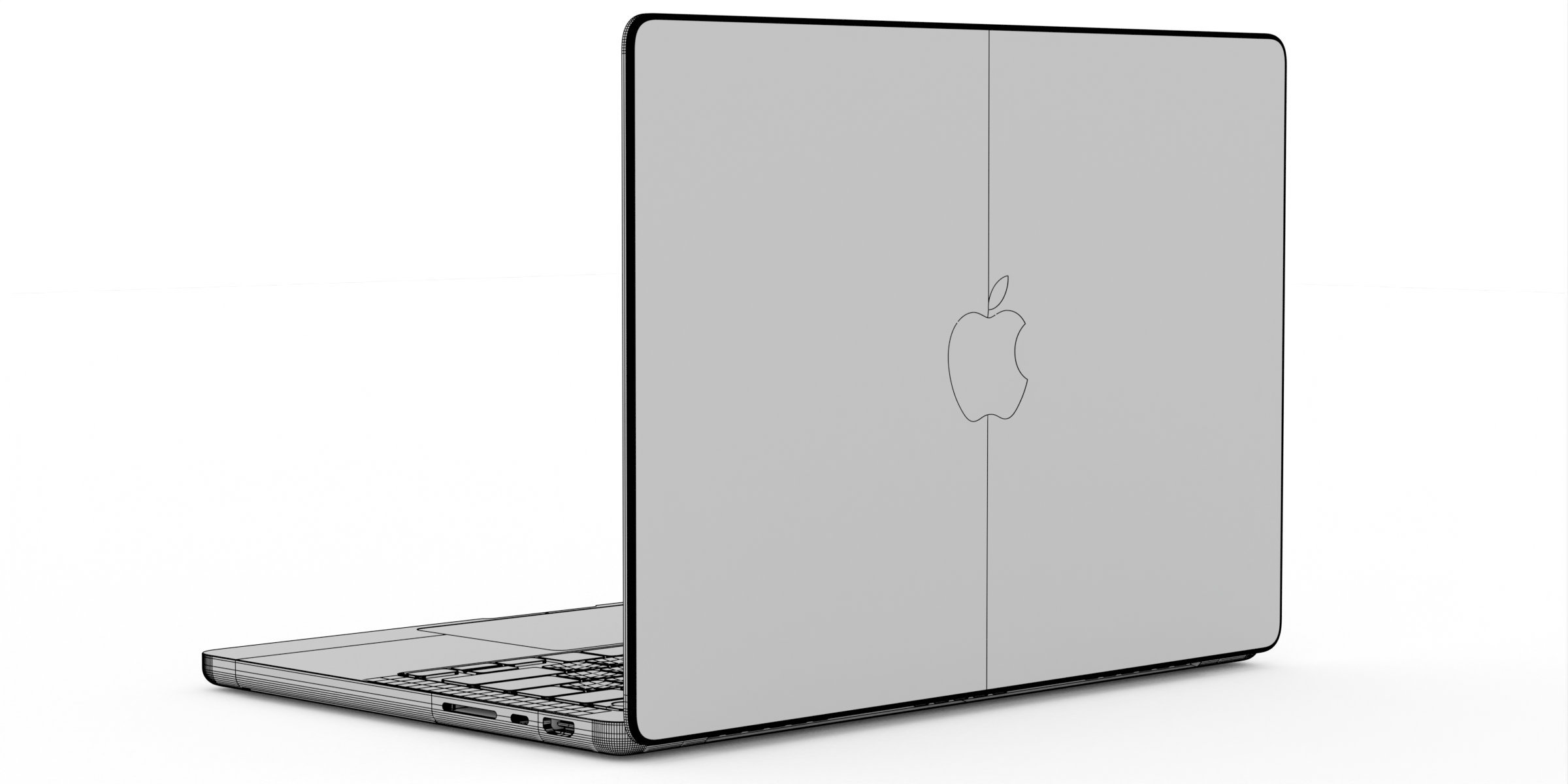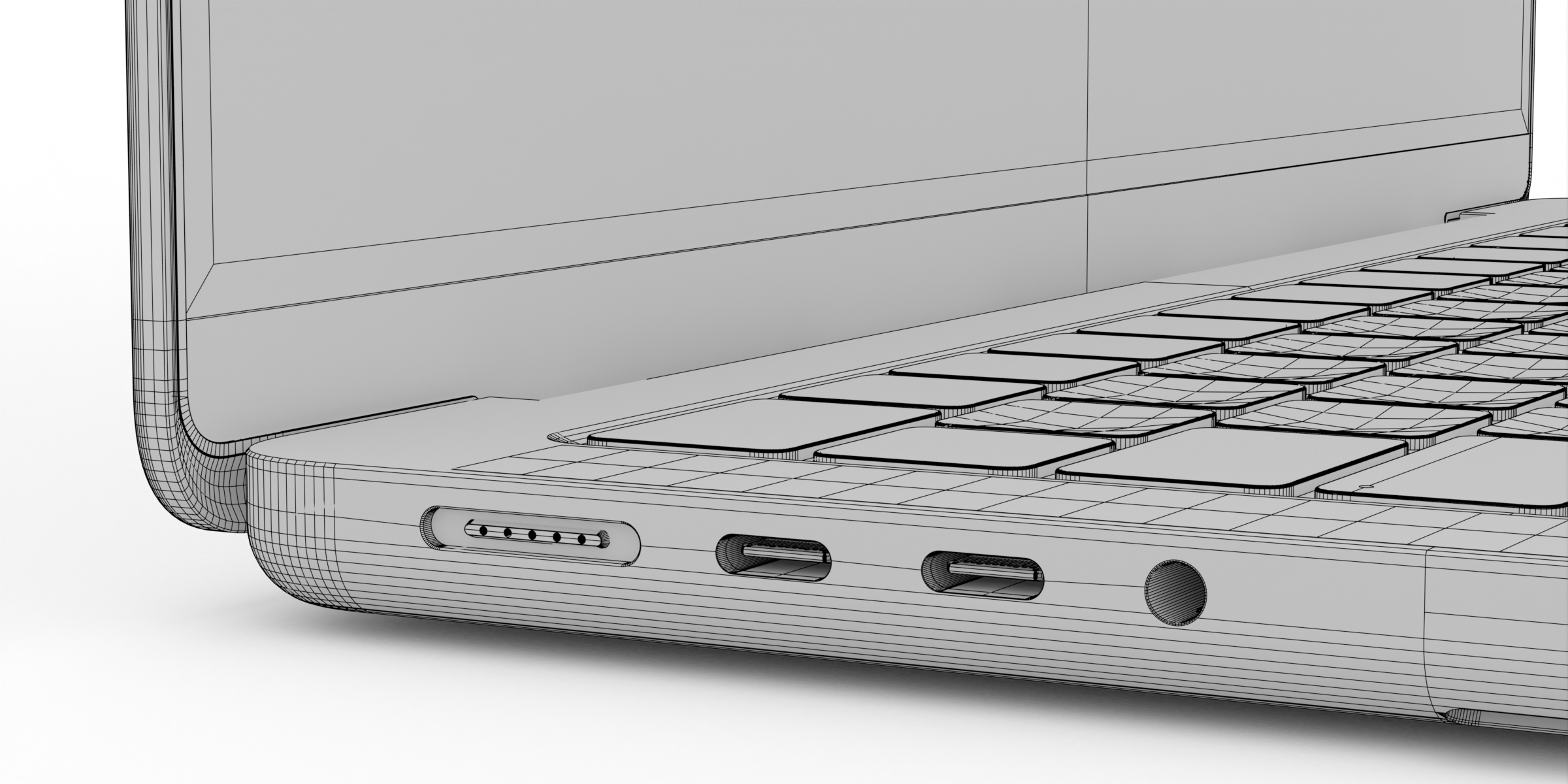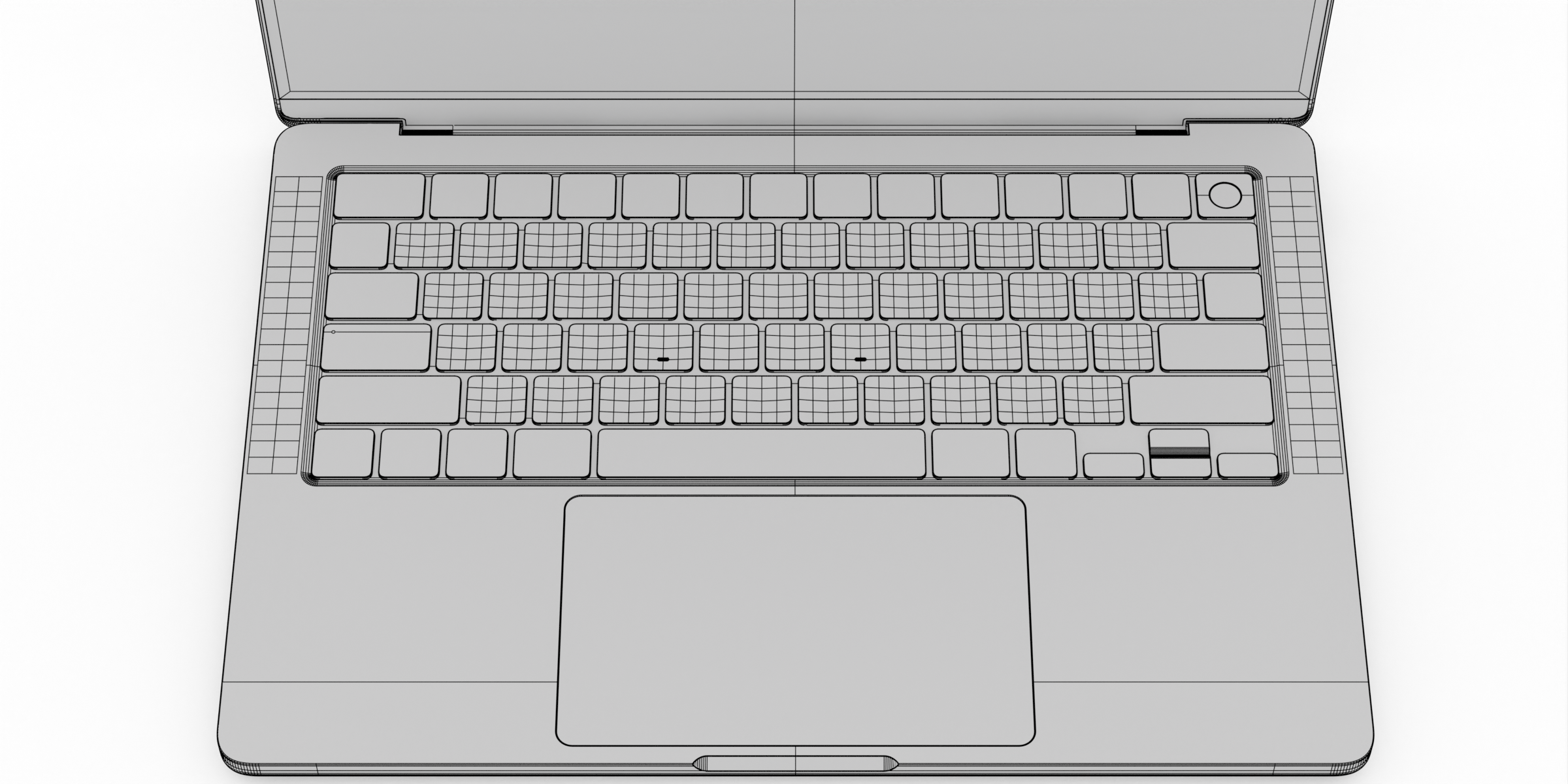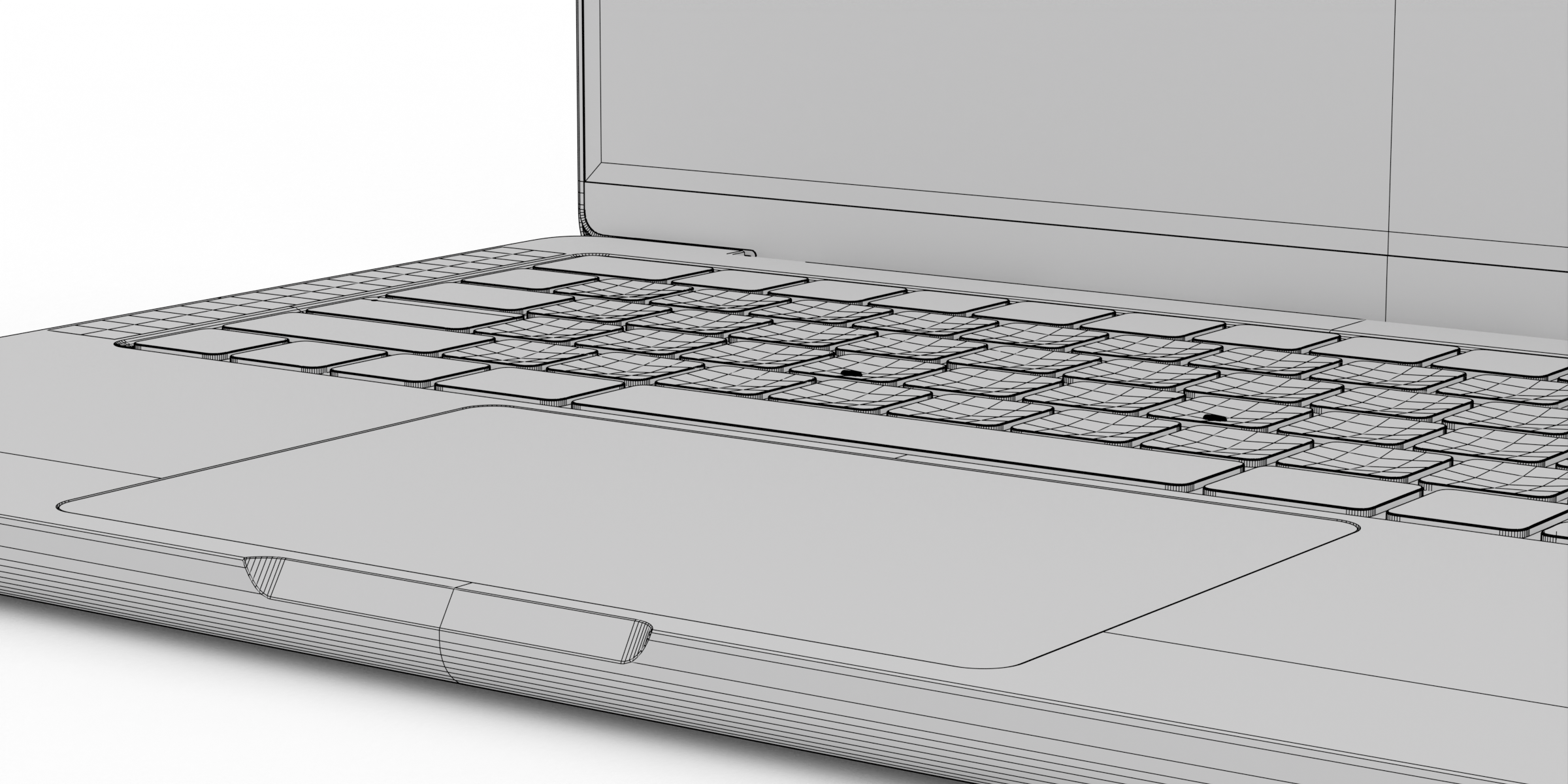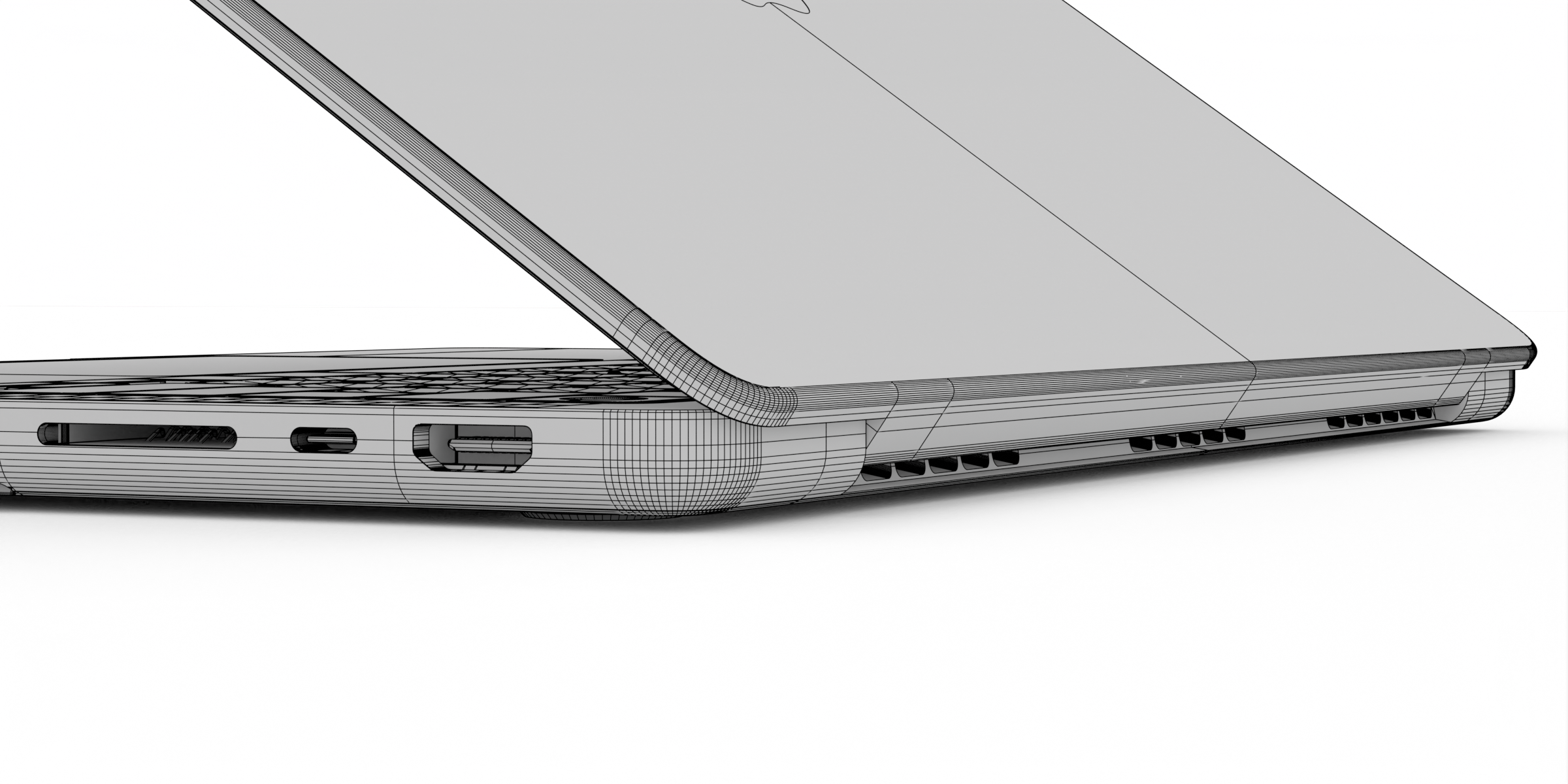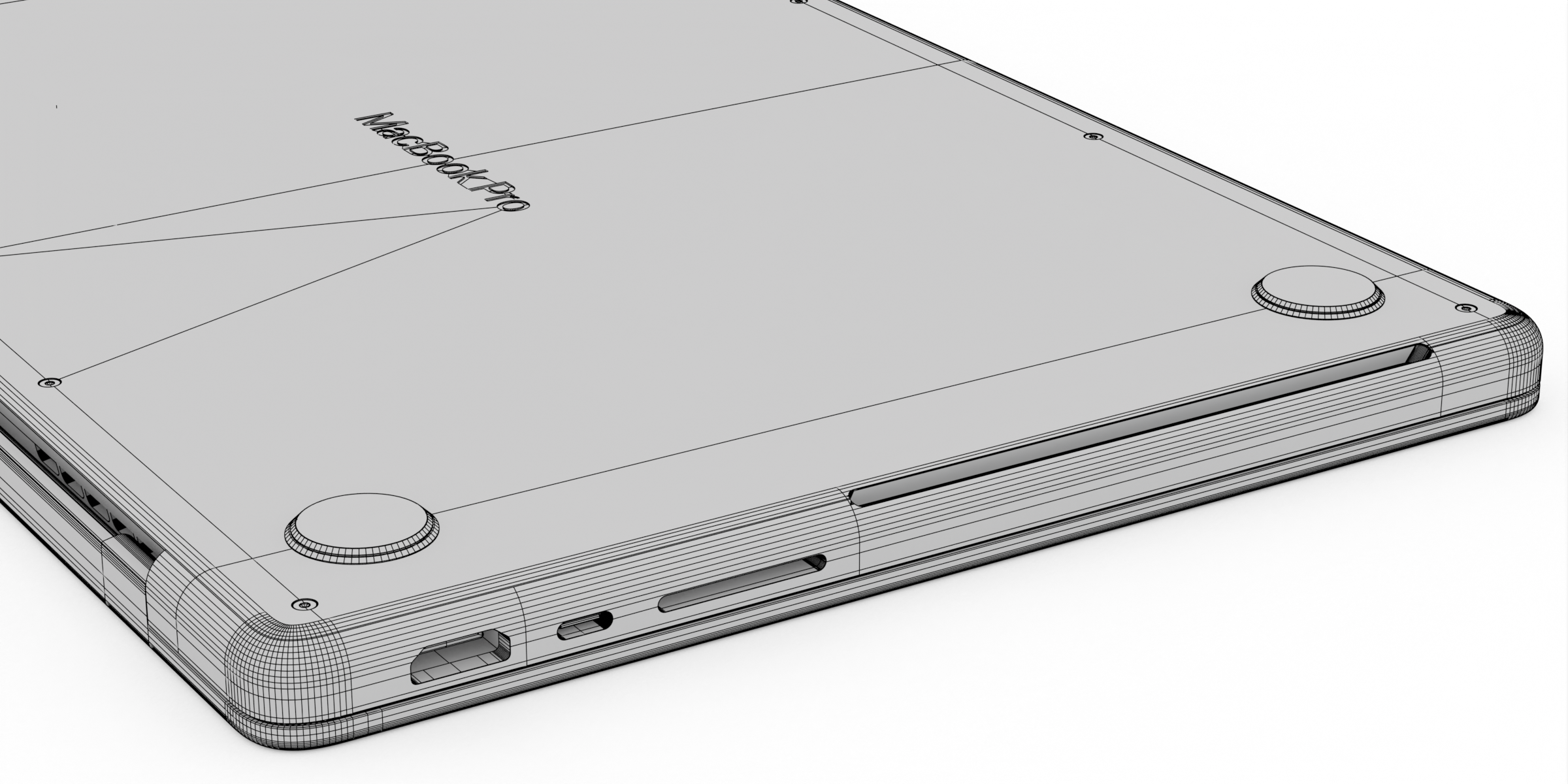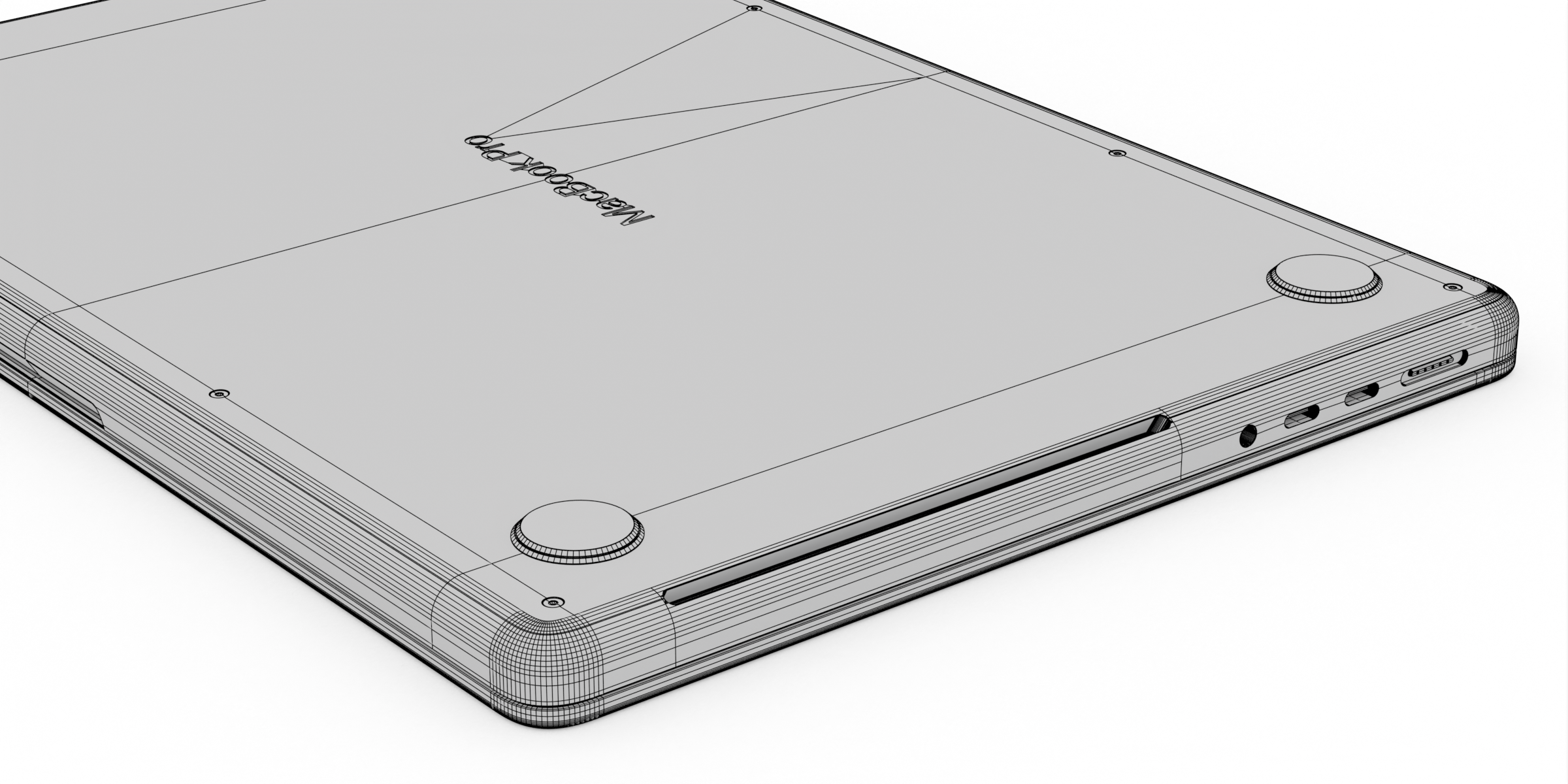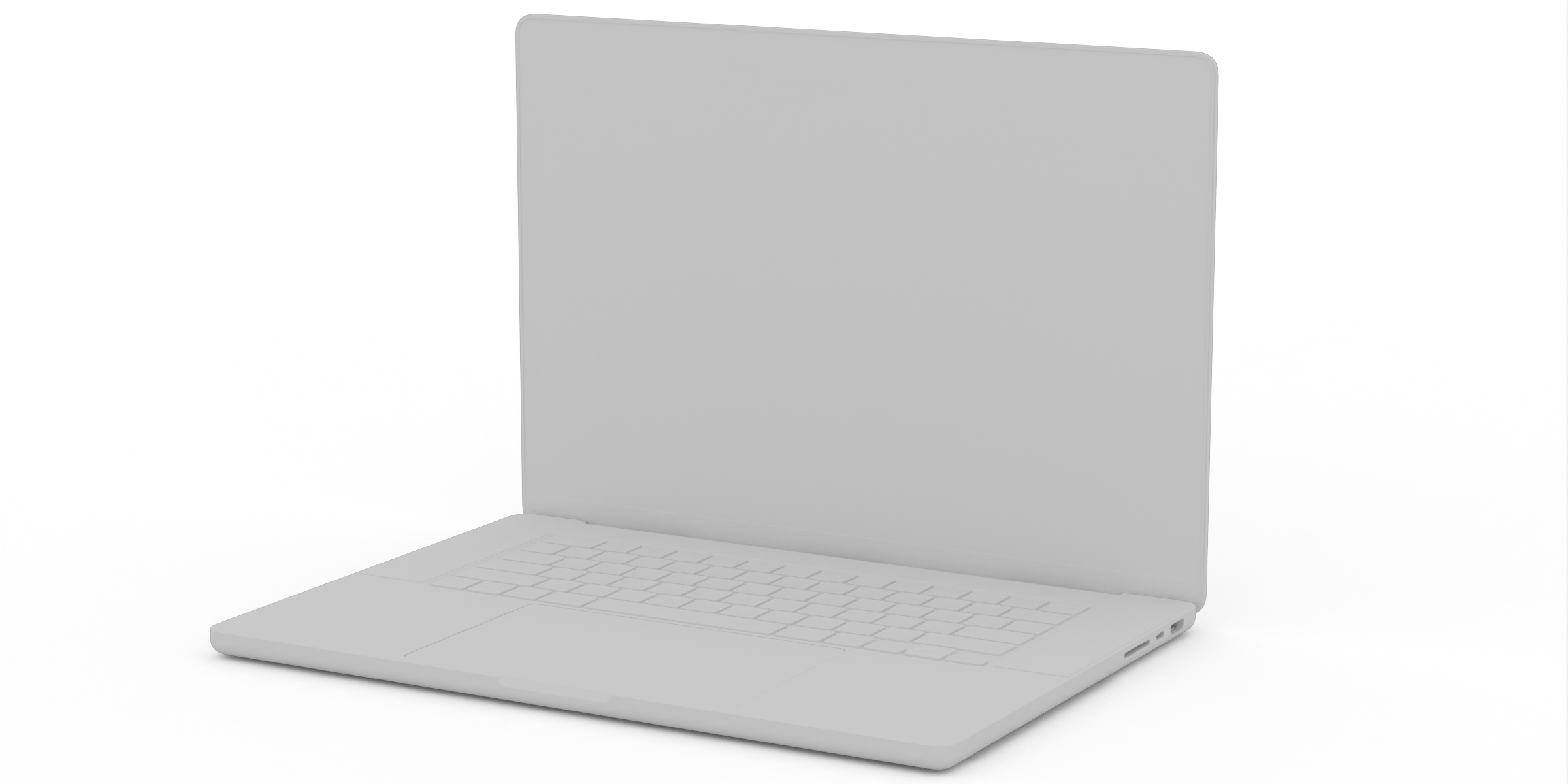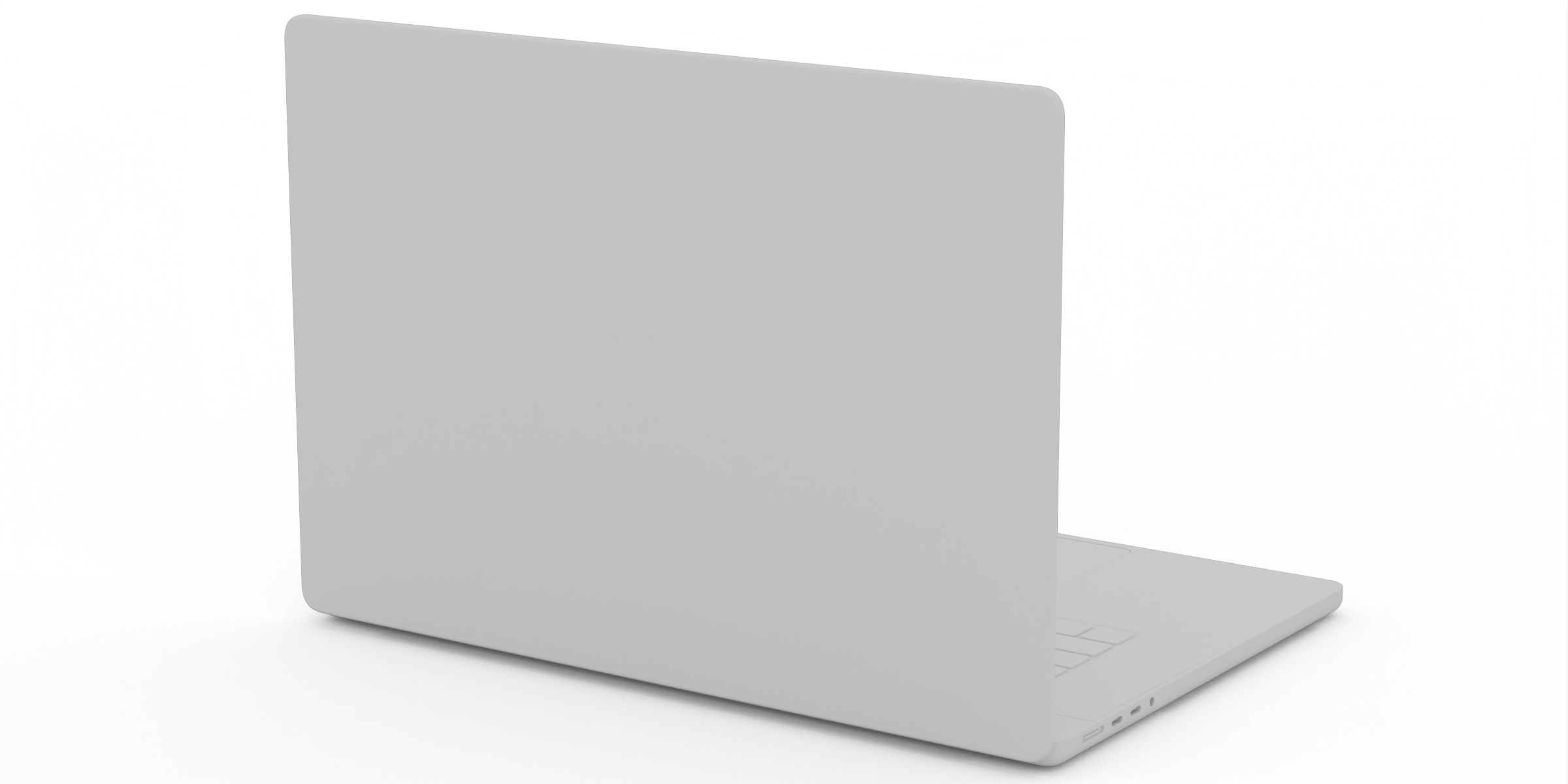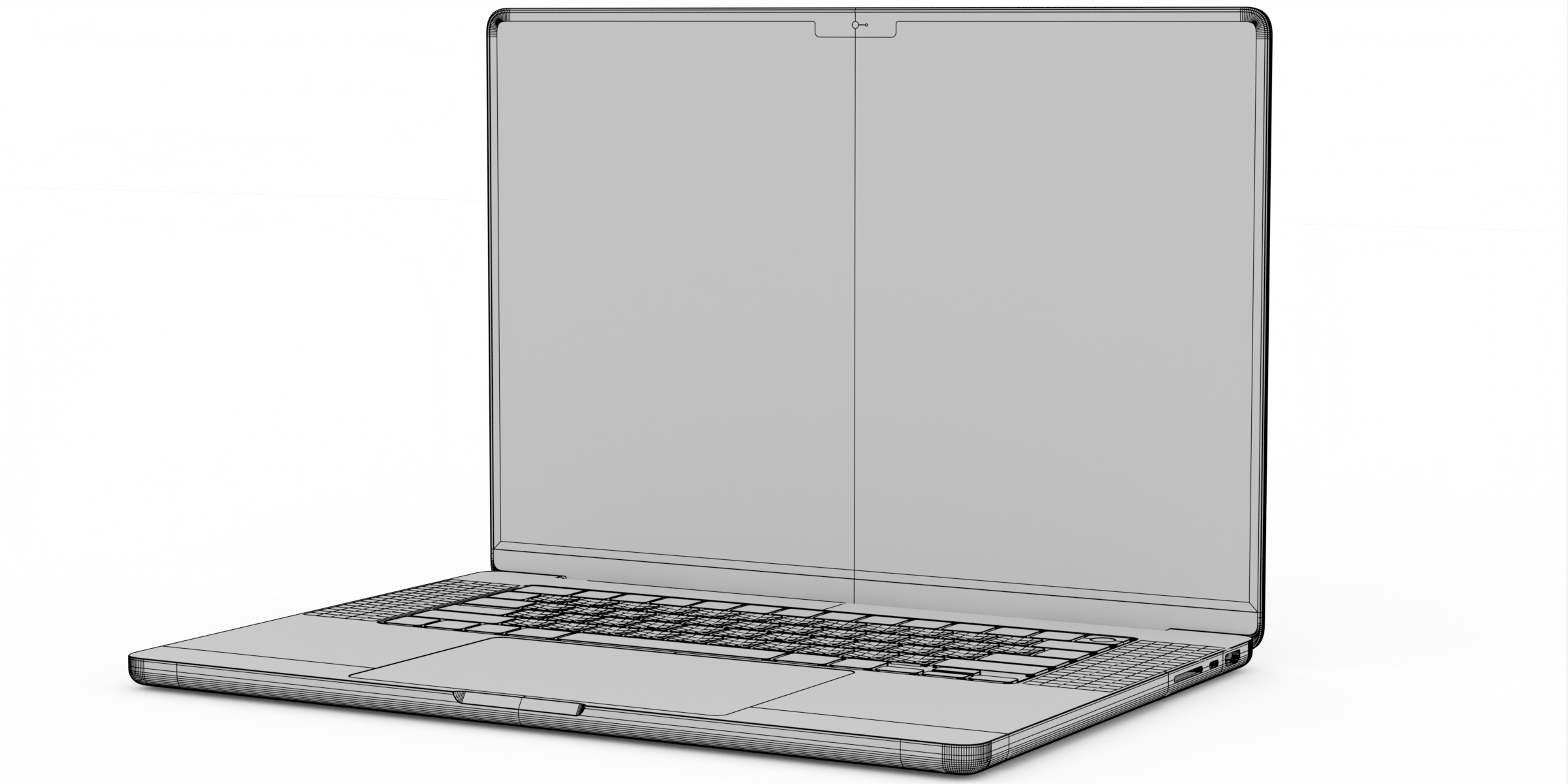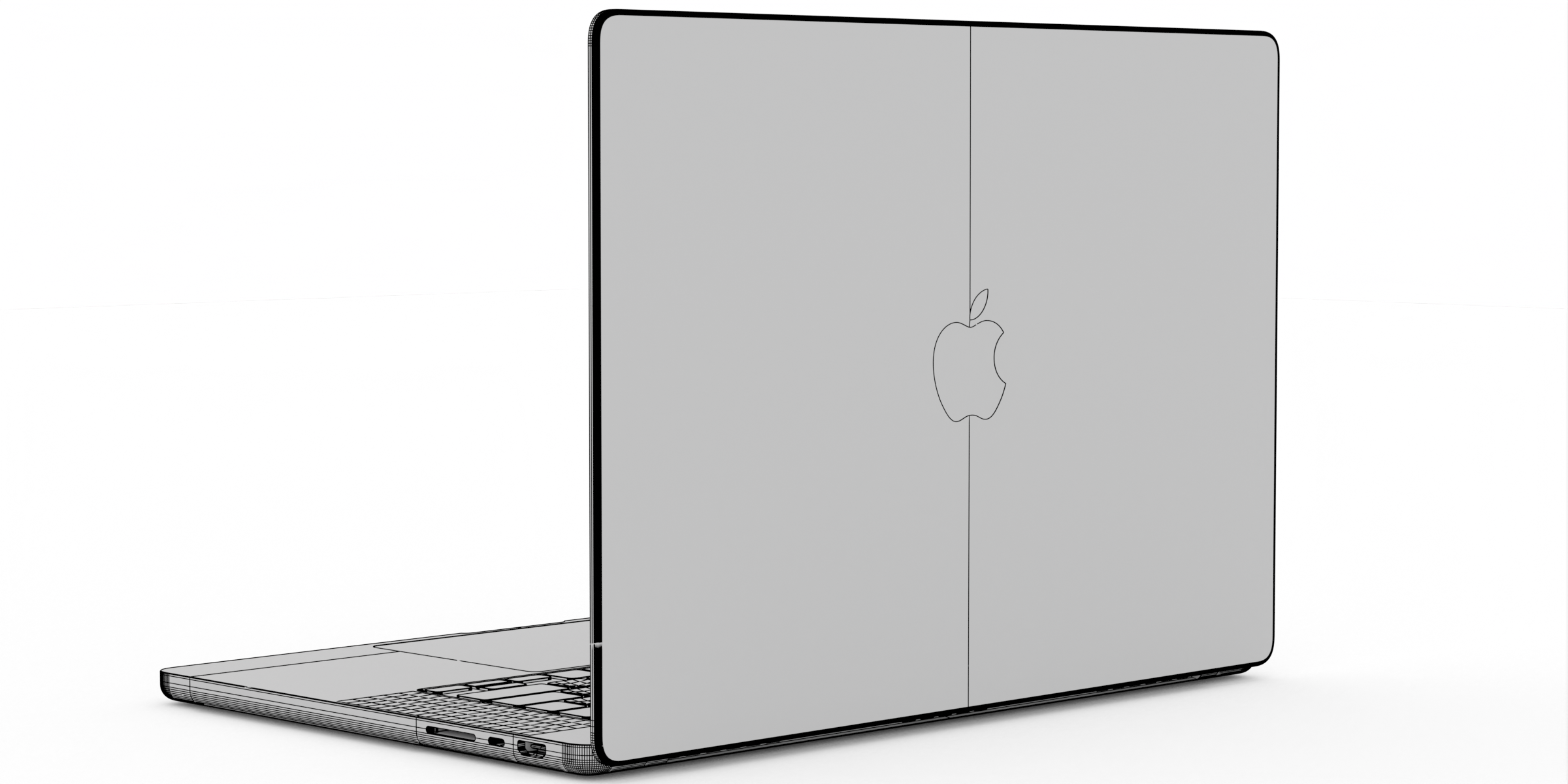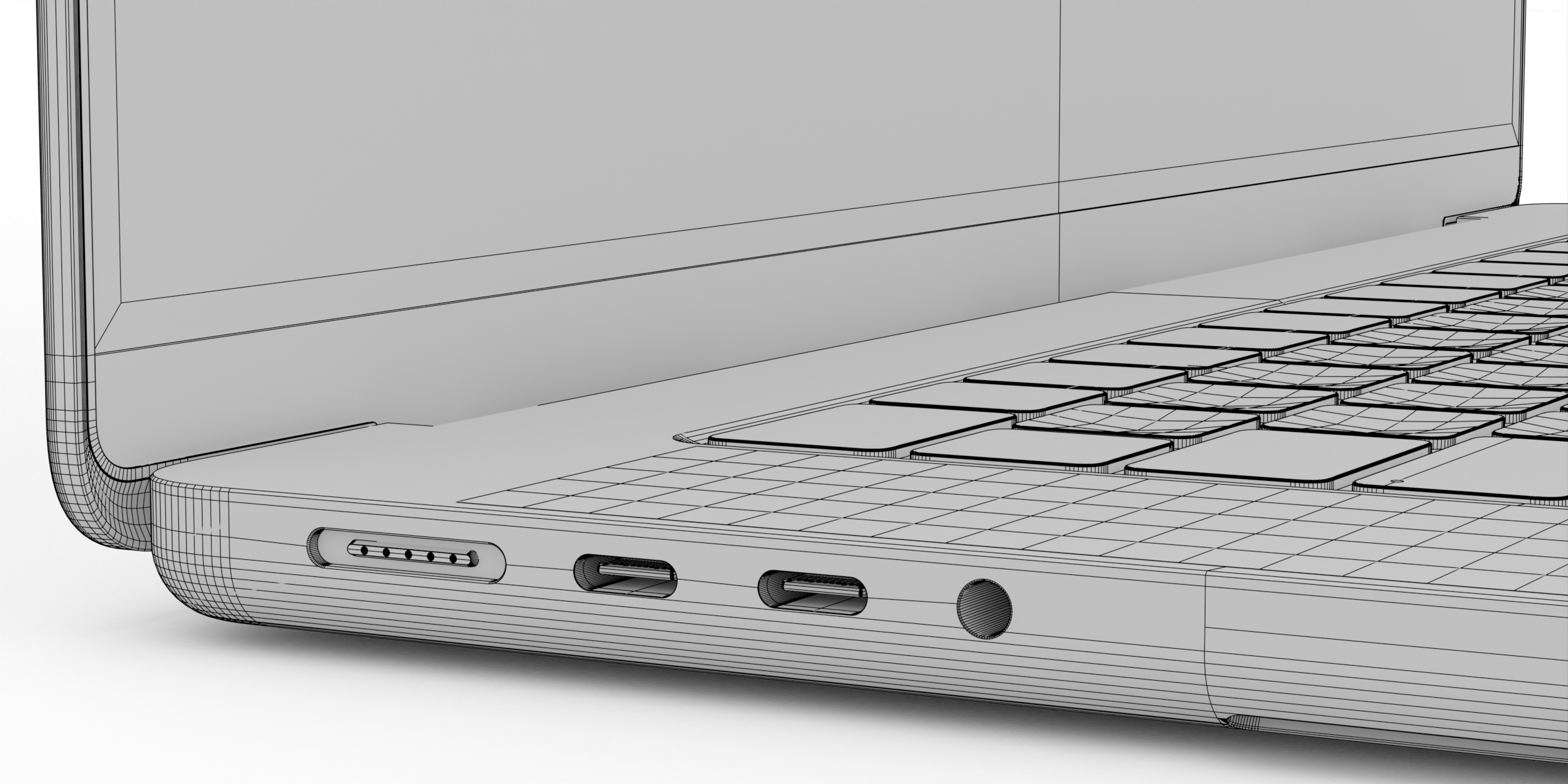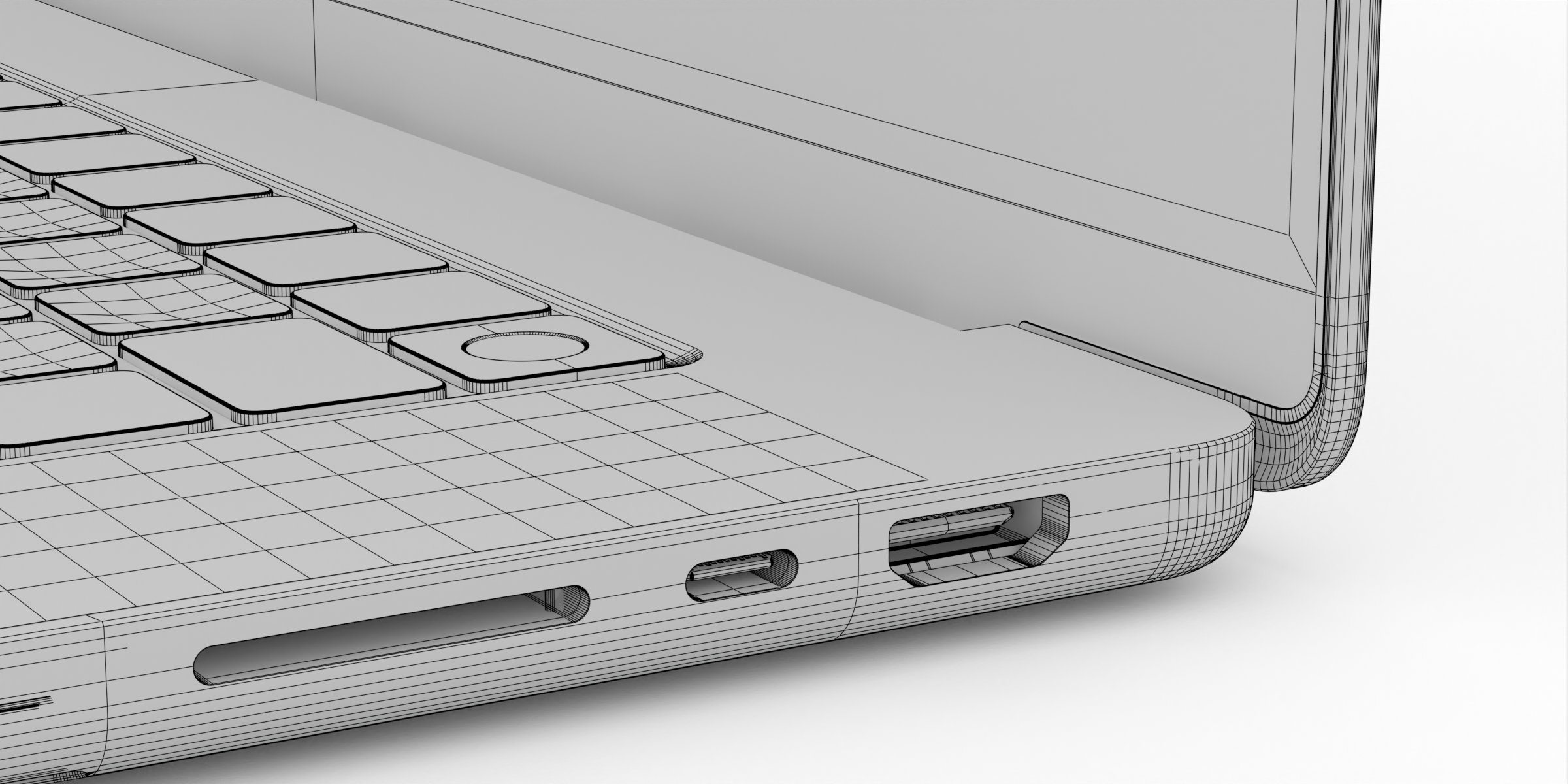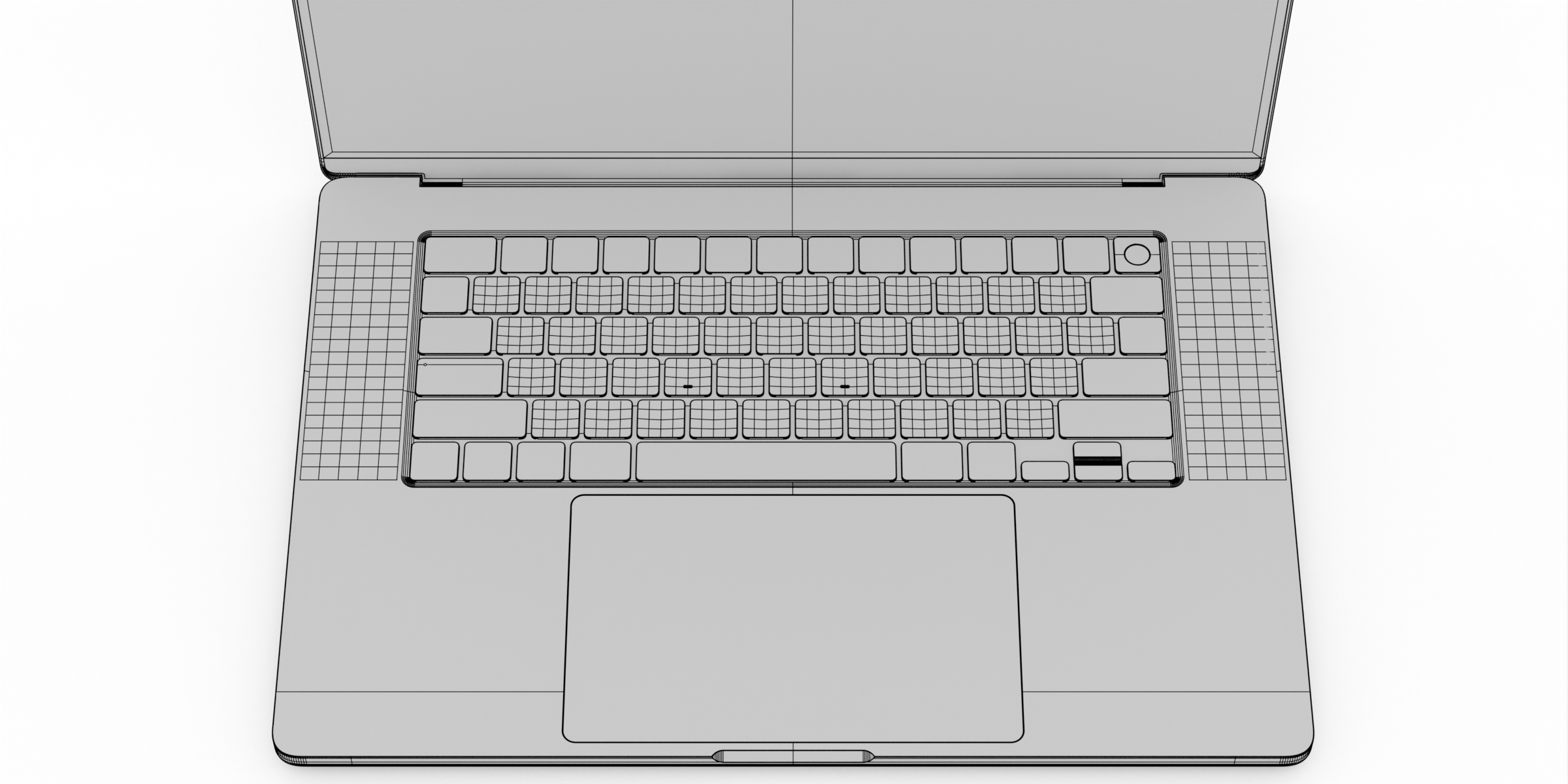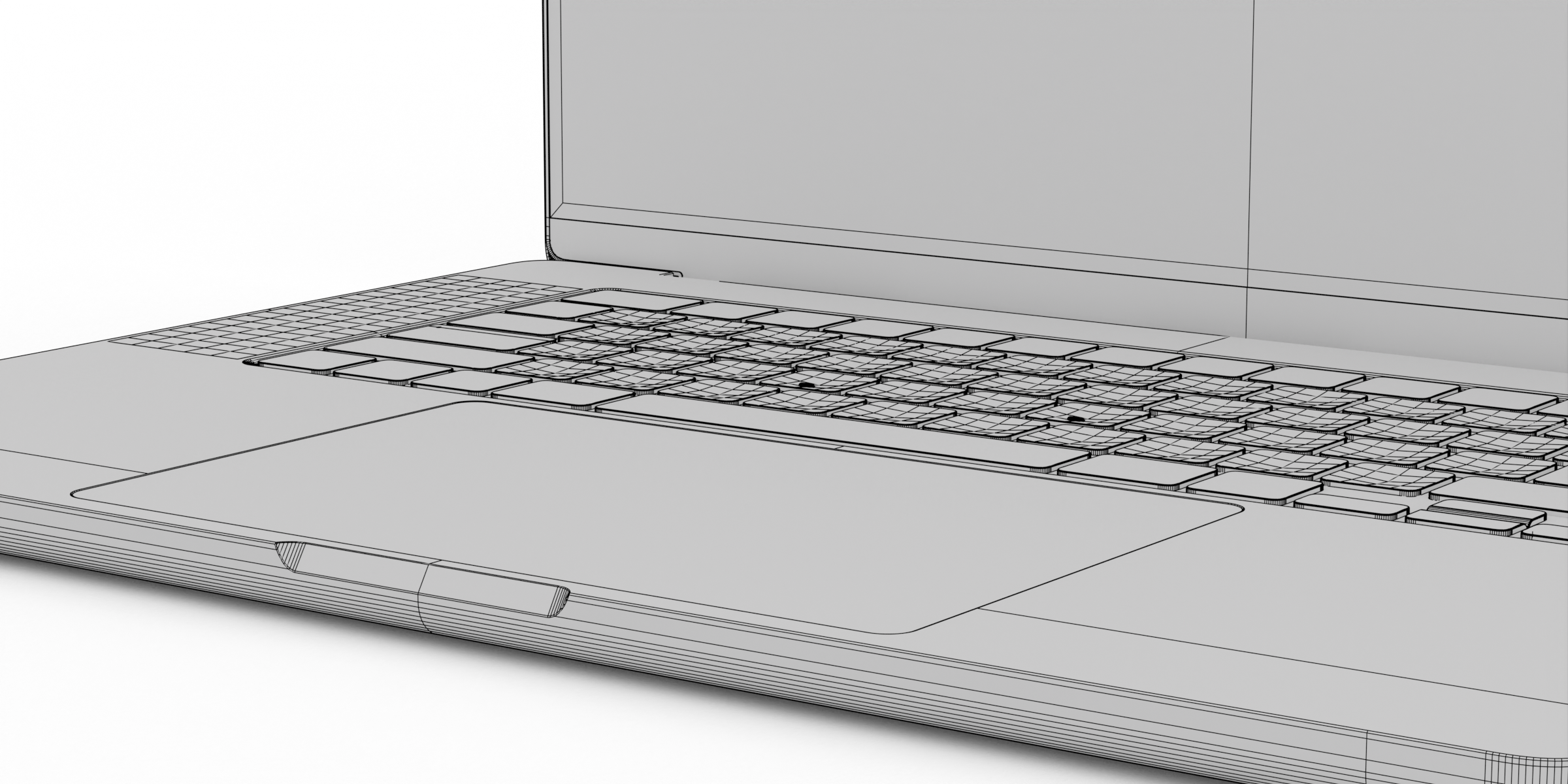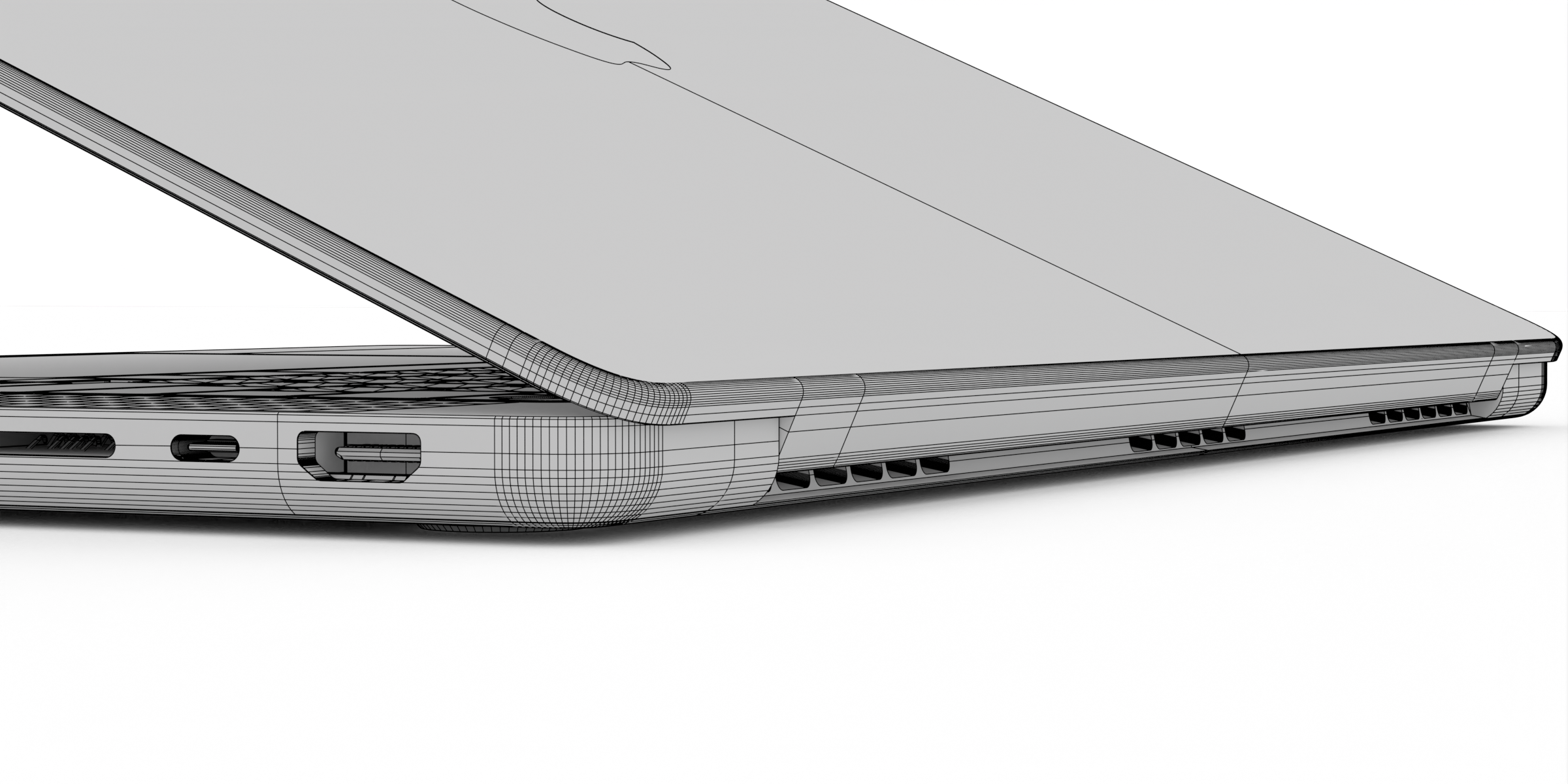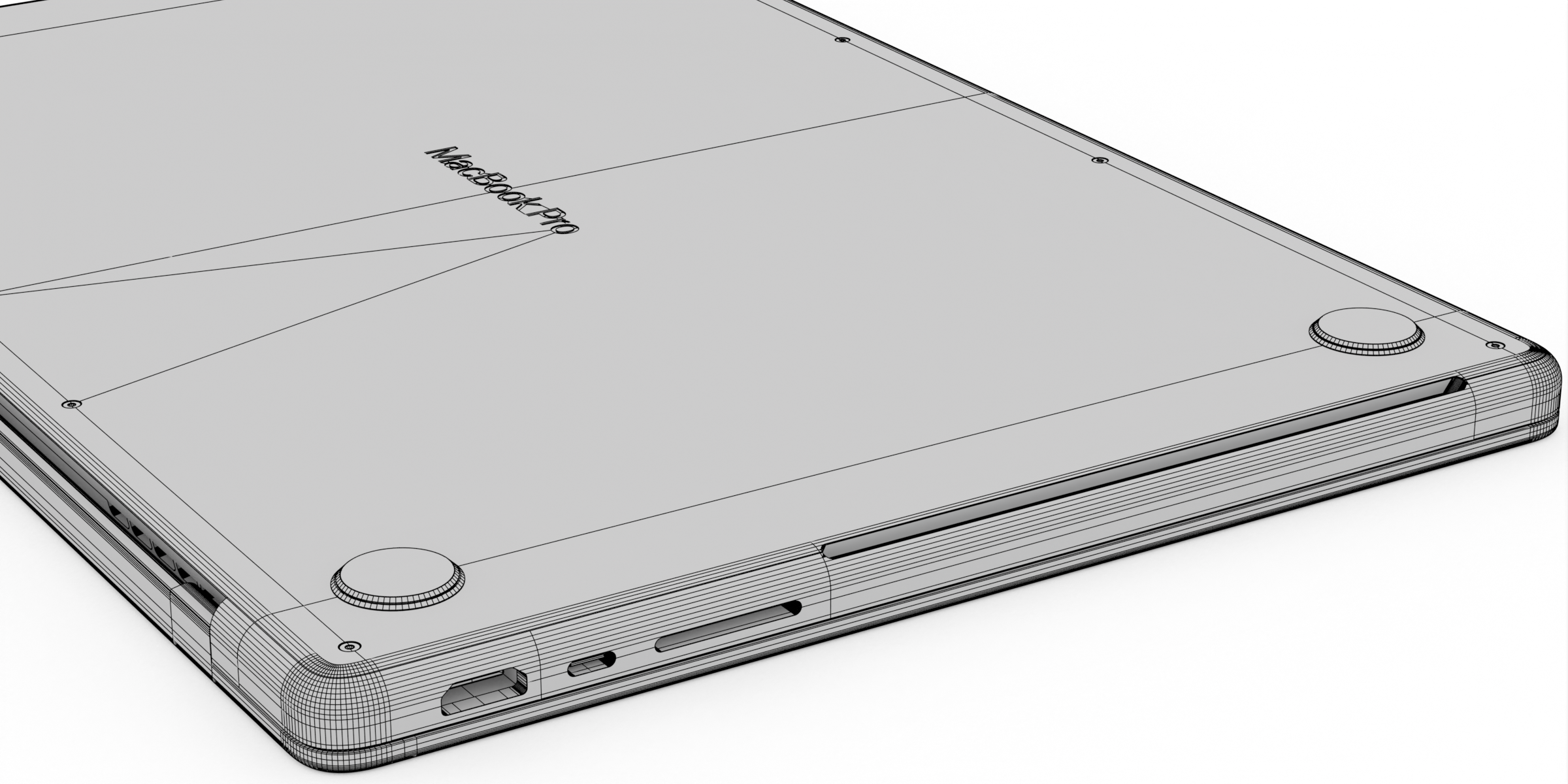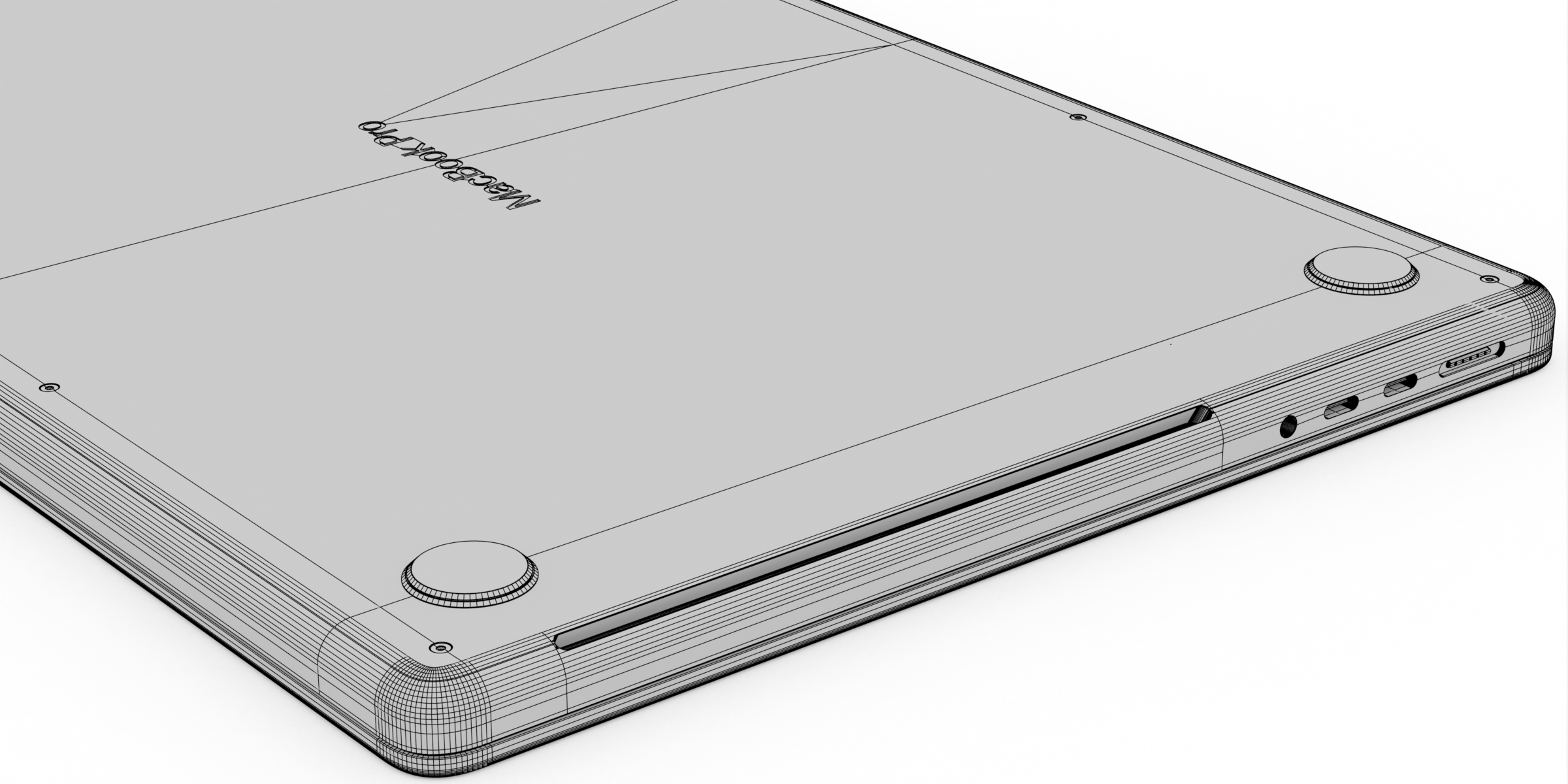Apple 14" And 16" Macbook Pro
Important Note
Both Models
- All required textures are packed in the blend file. Should there be any issues with them, there is an included “Textures” folder that contains every texture file in png format.
- Not every object uses textures. The objects that do not use textures use Blender materials created using Blender’s standard shader editor.
- All featured images were rendered using Cycles. However, the model can still be rendered in EEVEE.
- The “glass” material contains two node groups: one optimized for cycles, and one optimized for EEVEE. The selected node group should correspond with the render engine being used.
- The parent object that contains the components of the device (named “Base”) can be used to perform transformations including location, rotation, and scale. This object can also be used to edit various aspects of the device including the Camera Indicator, Caps Lock Indicator, Color Option, Keyboard Backlight, and Wallpaper Option.
- The custom properties contained within the parent object can be found in two places: The “Custom Properties” drop-down in the “Object Properties” tab or the “Properties” drop down in the “Item” tab.
- The first custom property on the parent object is the Camera Indicator toggle. This toggle can be used to enable or disable the camera indicator light right next to the webcam on the top of the screen.
- The second custom property on the parent object is the Caps Lock Indicator toggle. This toggle can be used to enable or disable the indicator light on the Caps Lock key.
- The third custom property on the parent object is the Color Option selector. This custom property is an integer value from 1 to 2 that drives the factor of a more in-depth Color Ramp node group. The MacBook Pro has 2 color options. This factor value cycles through the MacBook Pro’s 2 color options: Space Gray, and Silver. The displayed factory wallpaper depends on the selected color and will change with the color. There is a specific factory wallpaper for each color option.
- The fourth custom property on the parent object is the Keyboard Backlight slider. This custom property is a float value from 0 to 2 (precise to the 3rd decimal place) that drives the emission strength slider in the keyboard material. This slider can be used to increase and decrease the brightness of the keyboard backlight, where 0 would be the minimum brightness (off), and 2 would be the maximum brightness.
- The fifth and final custom property on the parent object is the wallpaper toggle. This custom property is an integer value between 0 and 1 that drives the factor of a mix node in the screen material that affects the displayed wallpaper. The toggle can be used to display one of the factory wallpapers, a custom wallpaper the user can choose, or a desktop screen whose dimensions match the MacBook’s screen resolution. When set to 0, the wallpaper would be set to either a factory wallpaper or a custom wallpaper with a square aspect ratio the user can change. To select a custom wallpaper, the user should go into the node tree of the screen material, and connect the node labeled “CONNECT THIS TO BASE COLOR AND EMISSION” to the base color and emission inputs of the Principled in “Square Aspect Ratio” frame. When the custom property toggle is set to 1, the wallpaper would be set to a desktop wallpaper/screen that uses an image that matches the MacBook Pro’s screen resolution/aspect ratio. The selected factory wallpaper would change depending on the selected color. There are already 3 of the forementioned desktop wallpapers, but the user can change these.
Discover more products like this
winter24 summer24 spring23 summer23 bfcm23 apple macbook pro apple macbook 2023 apple macbook bfcm24 apple spring24
